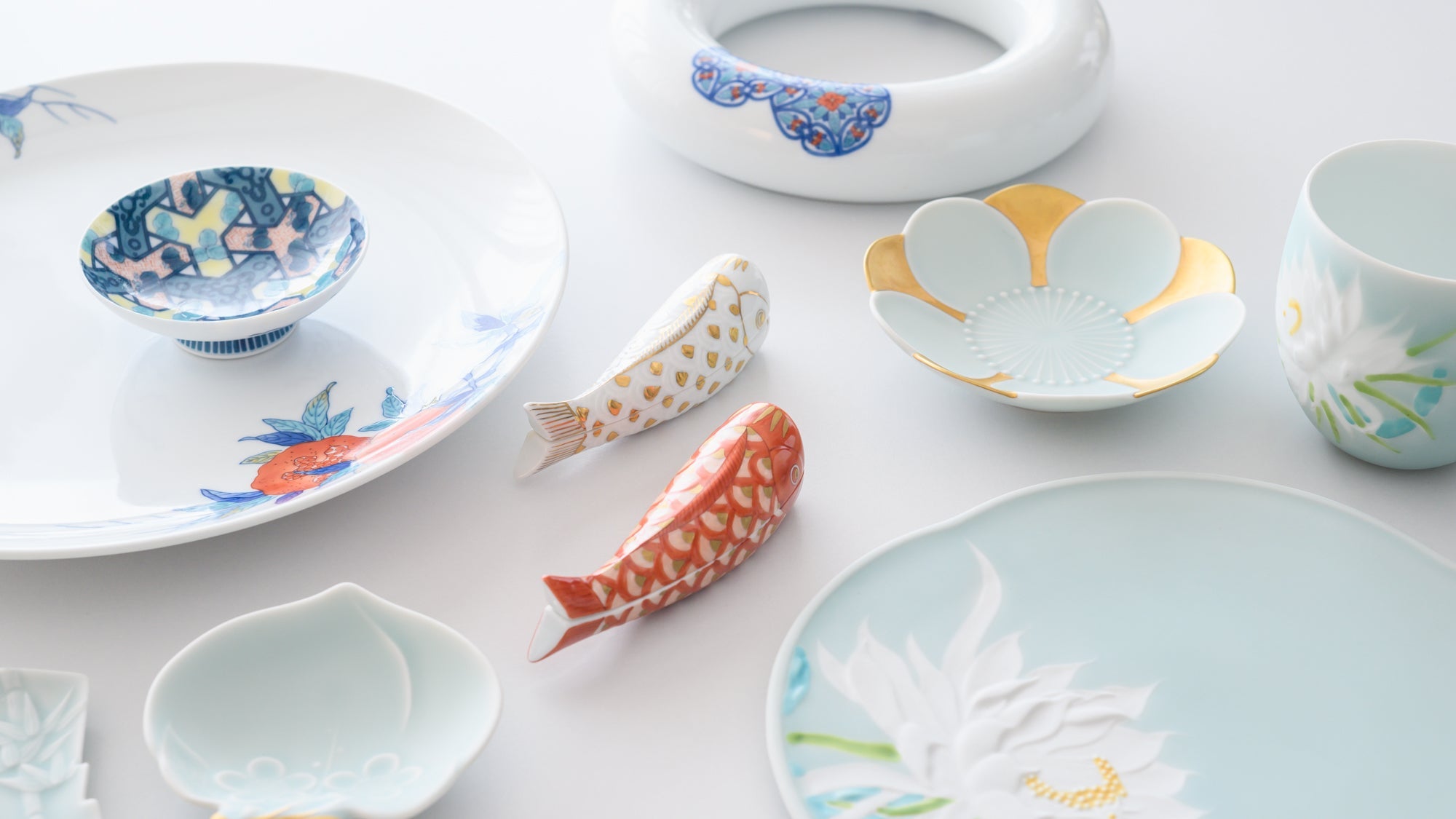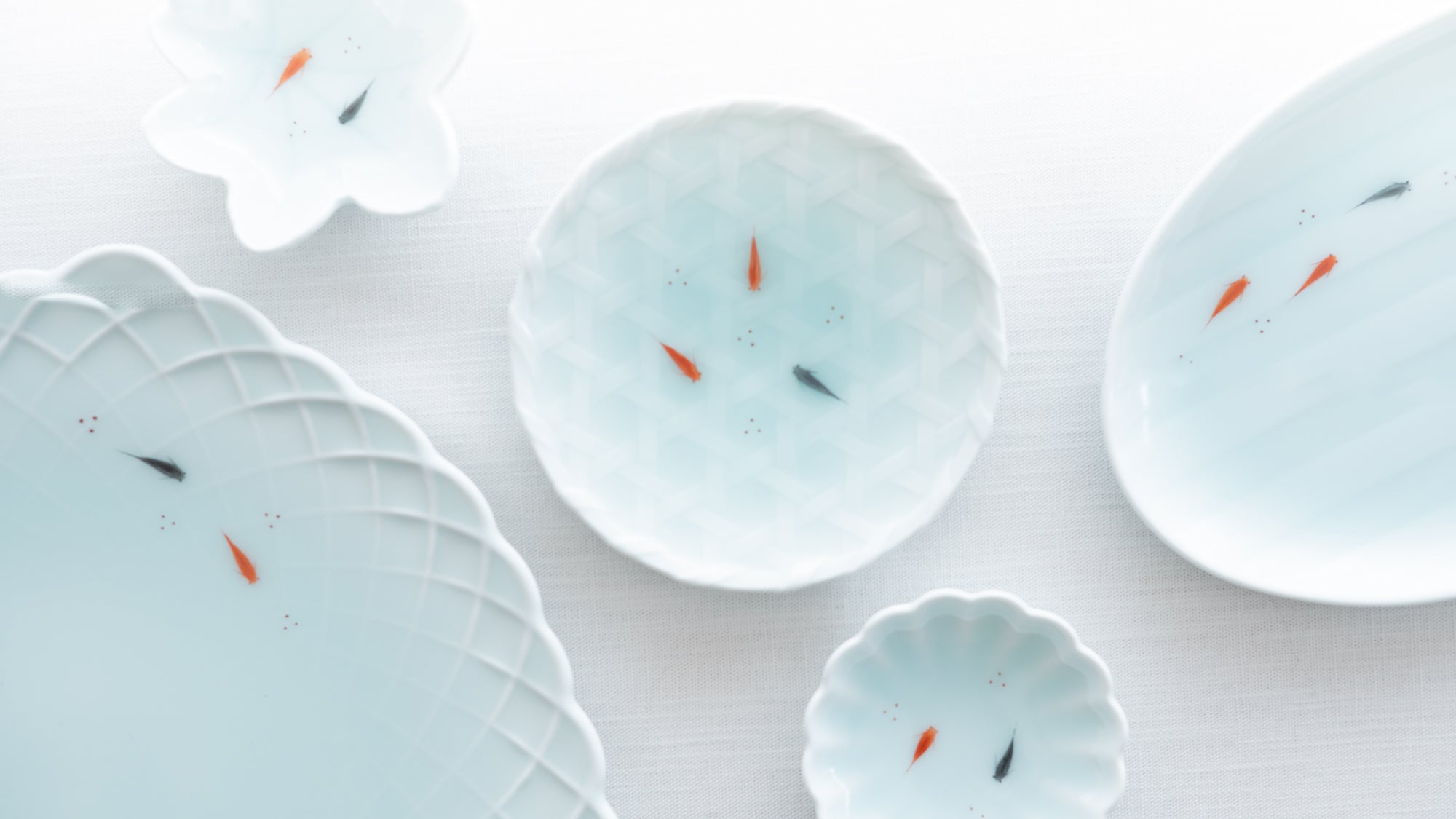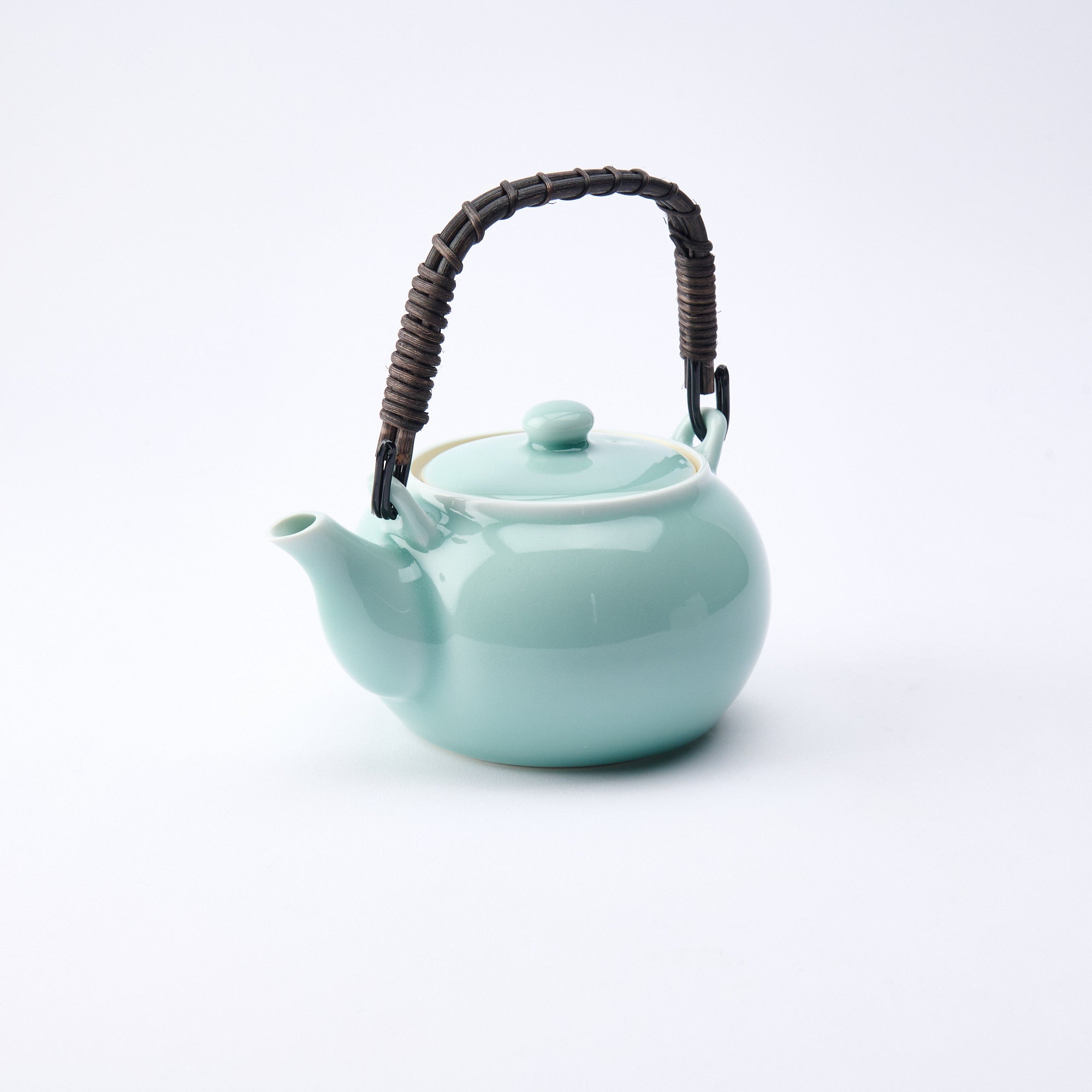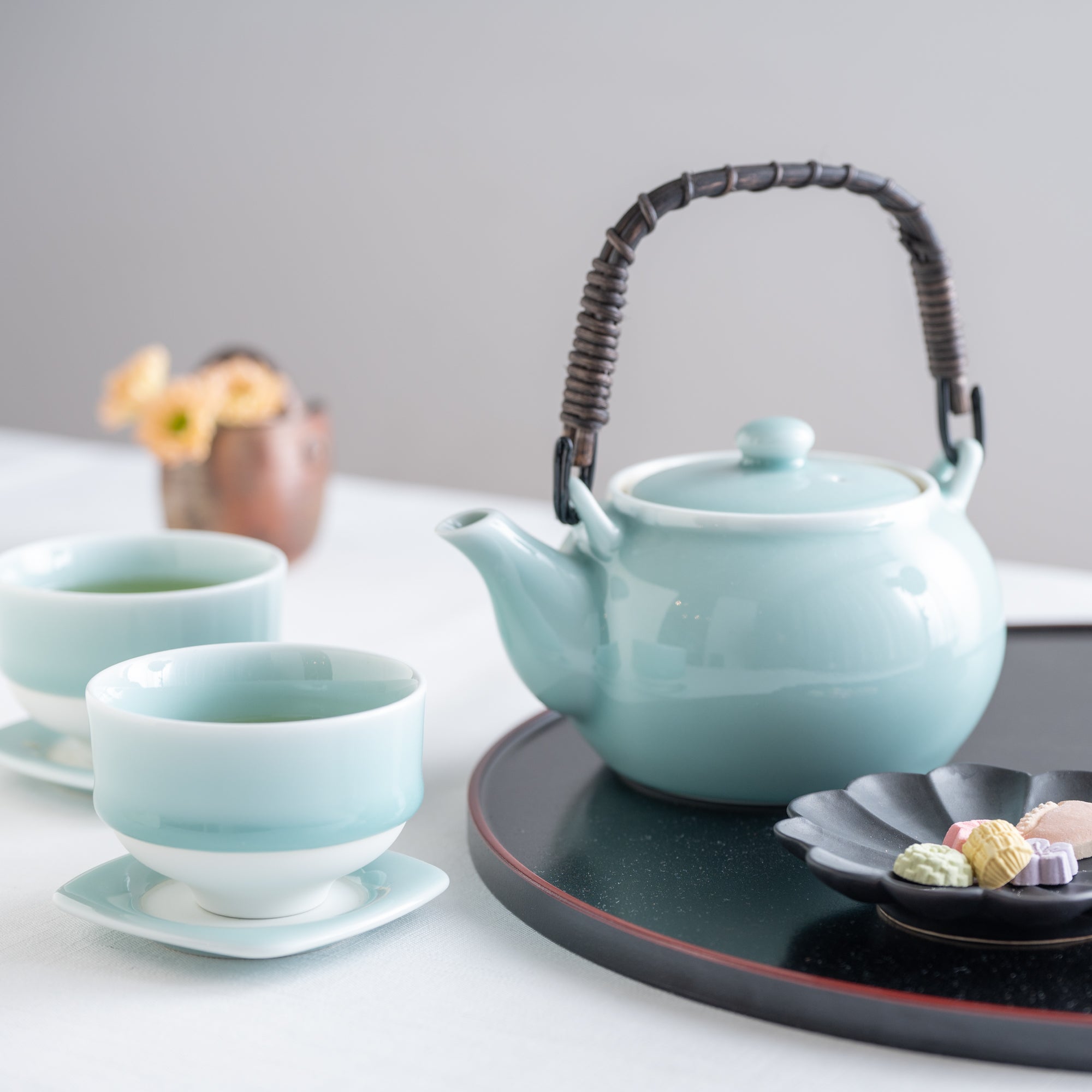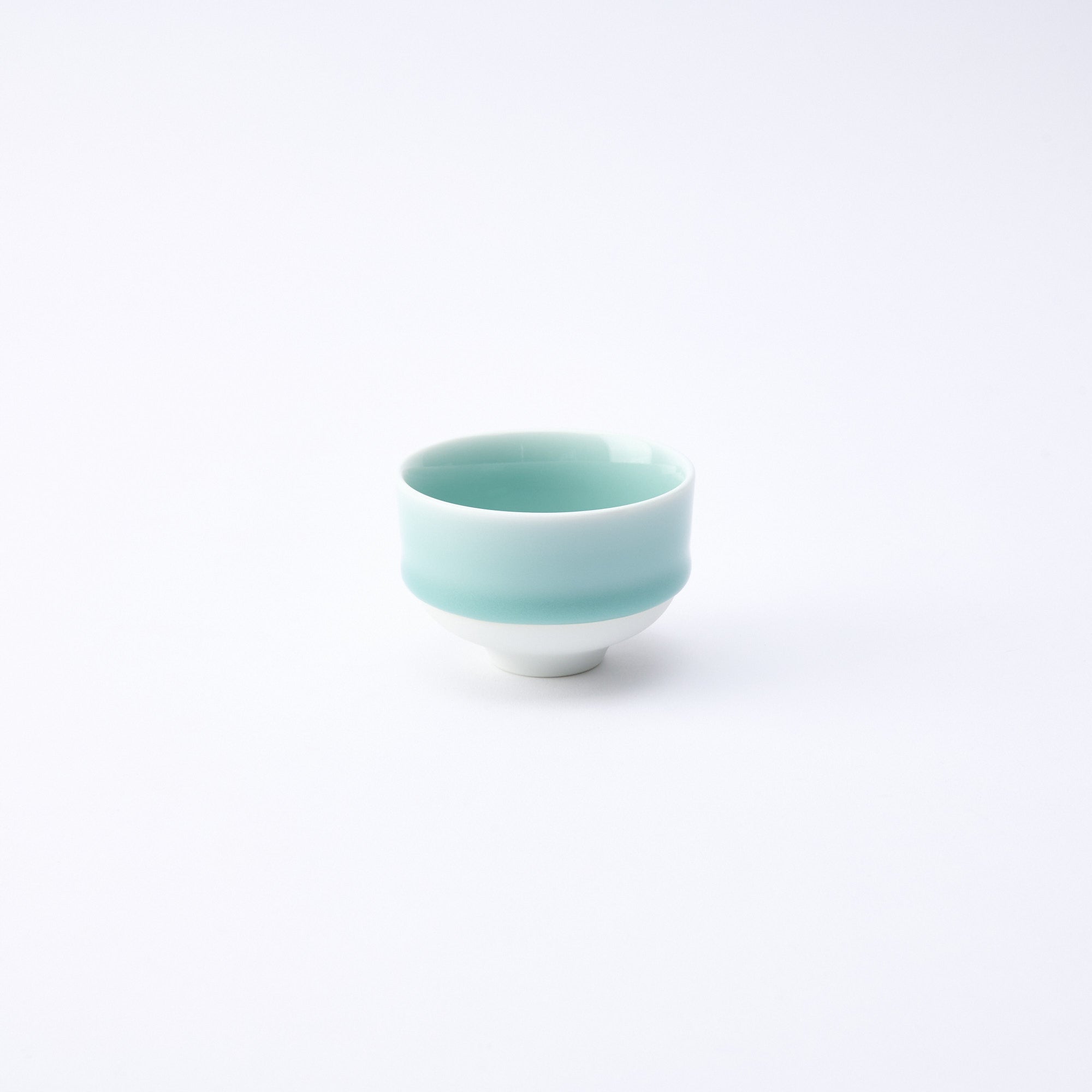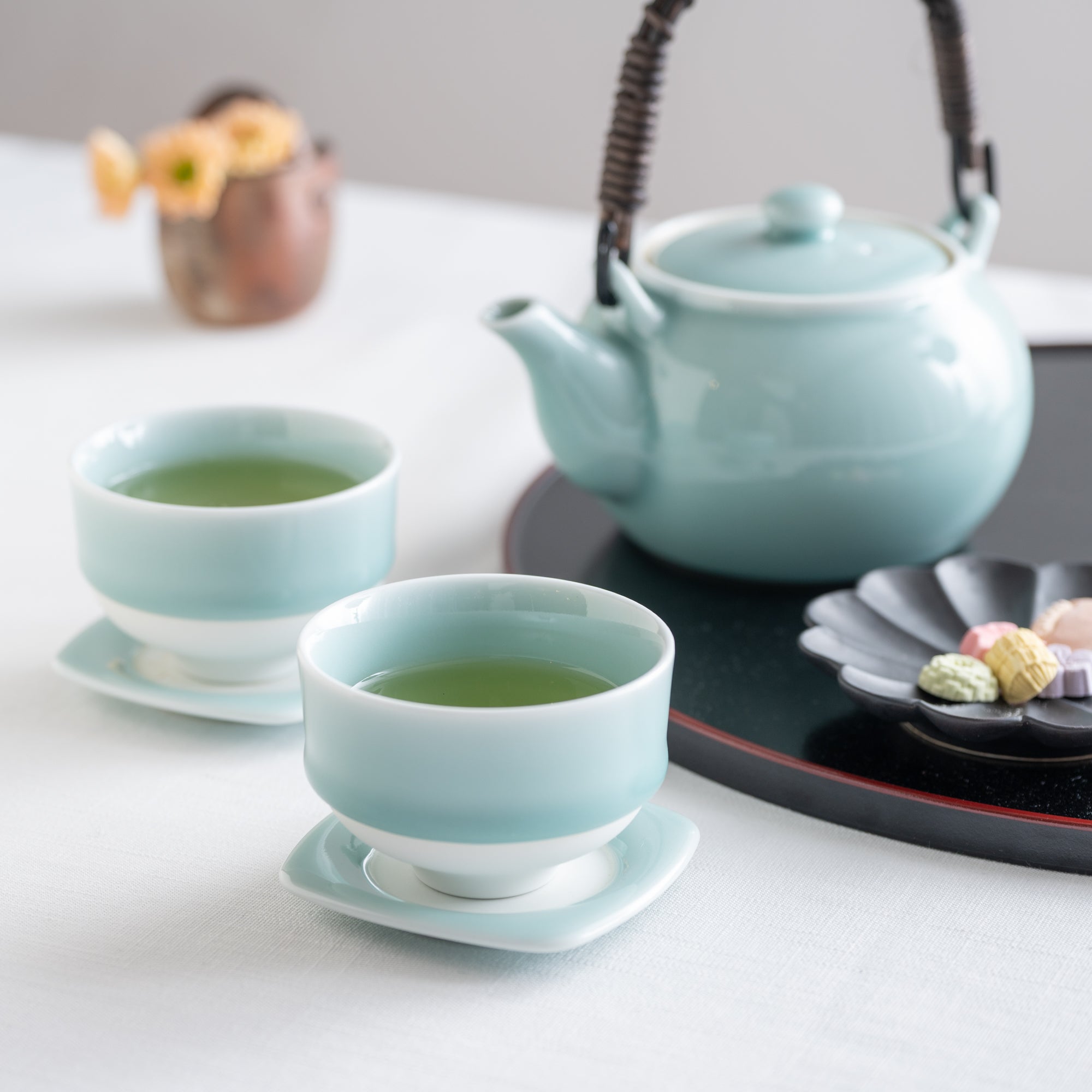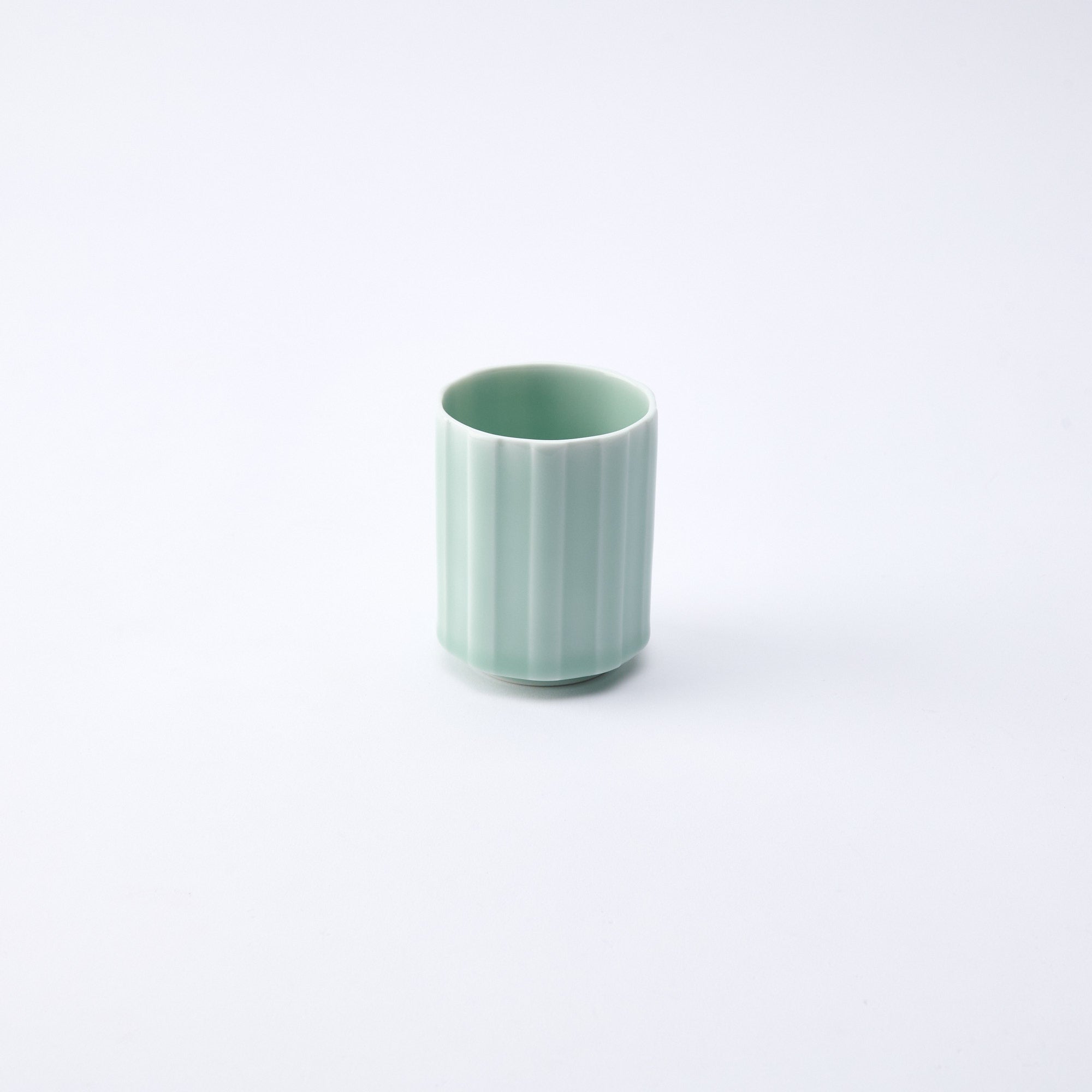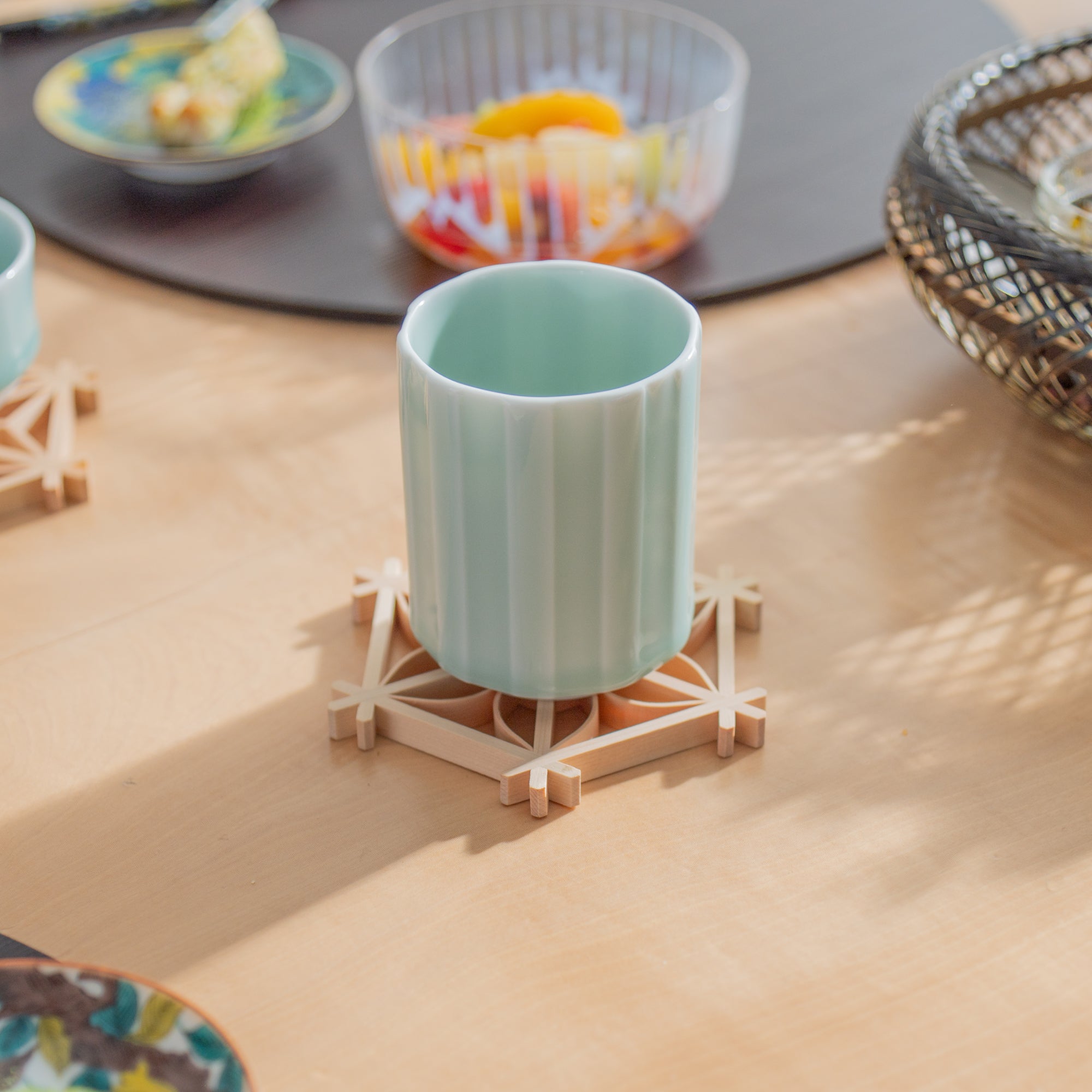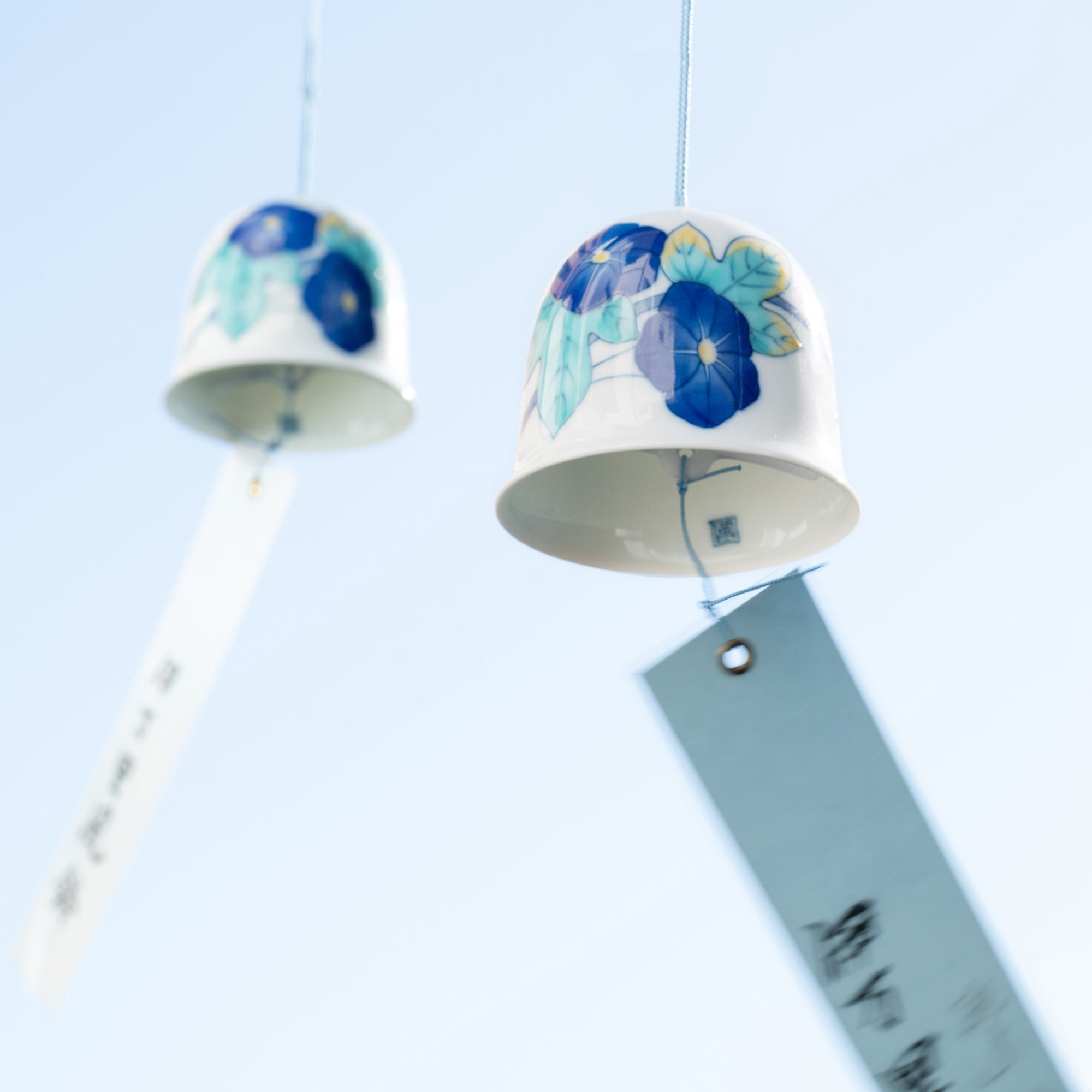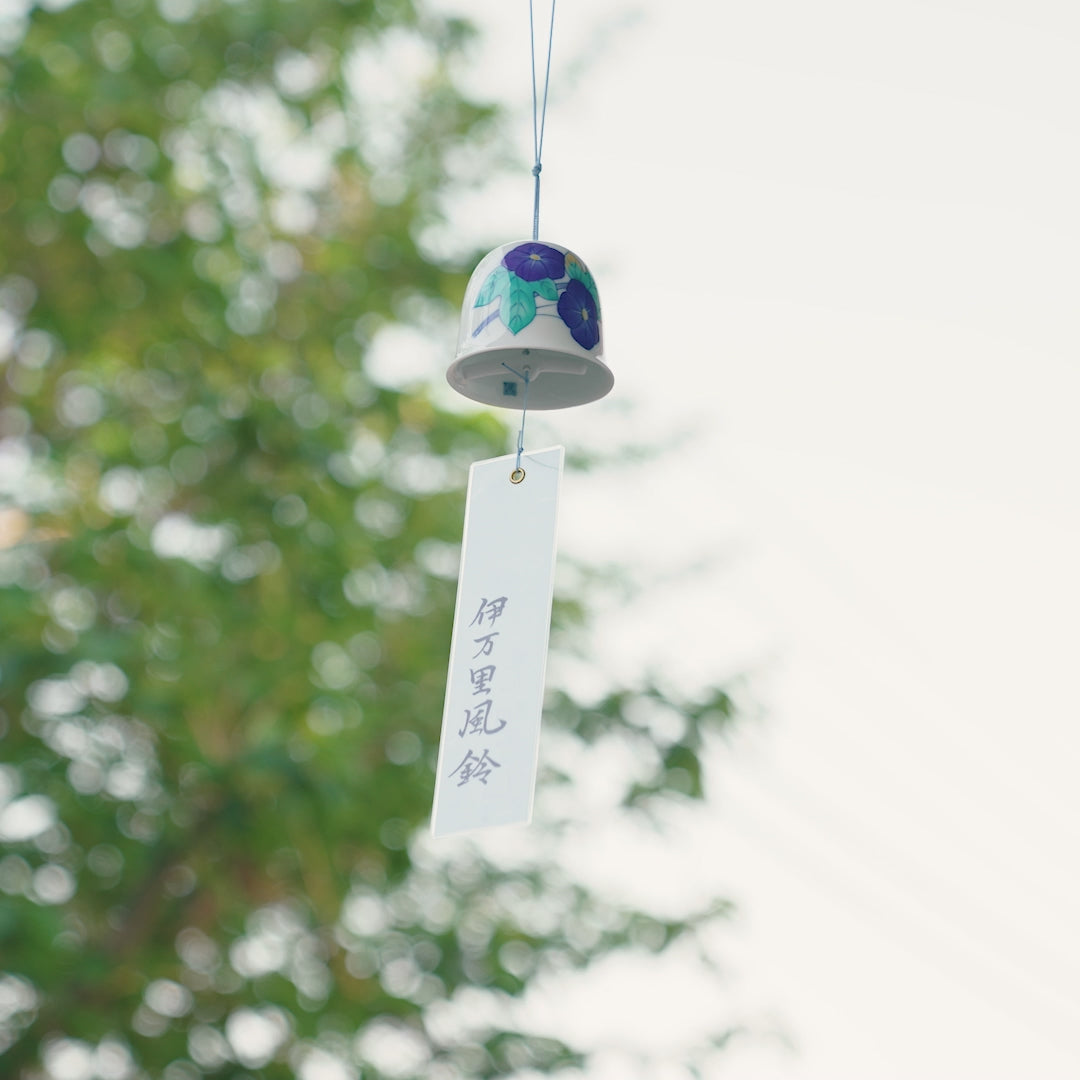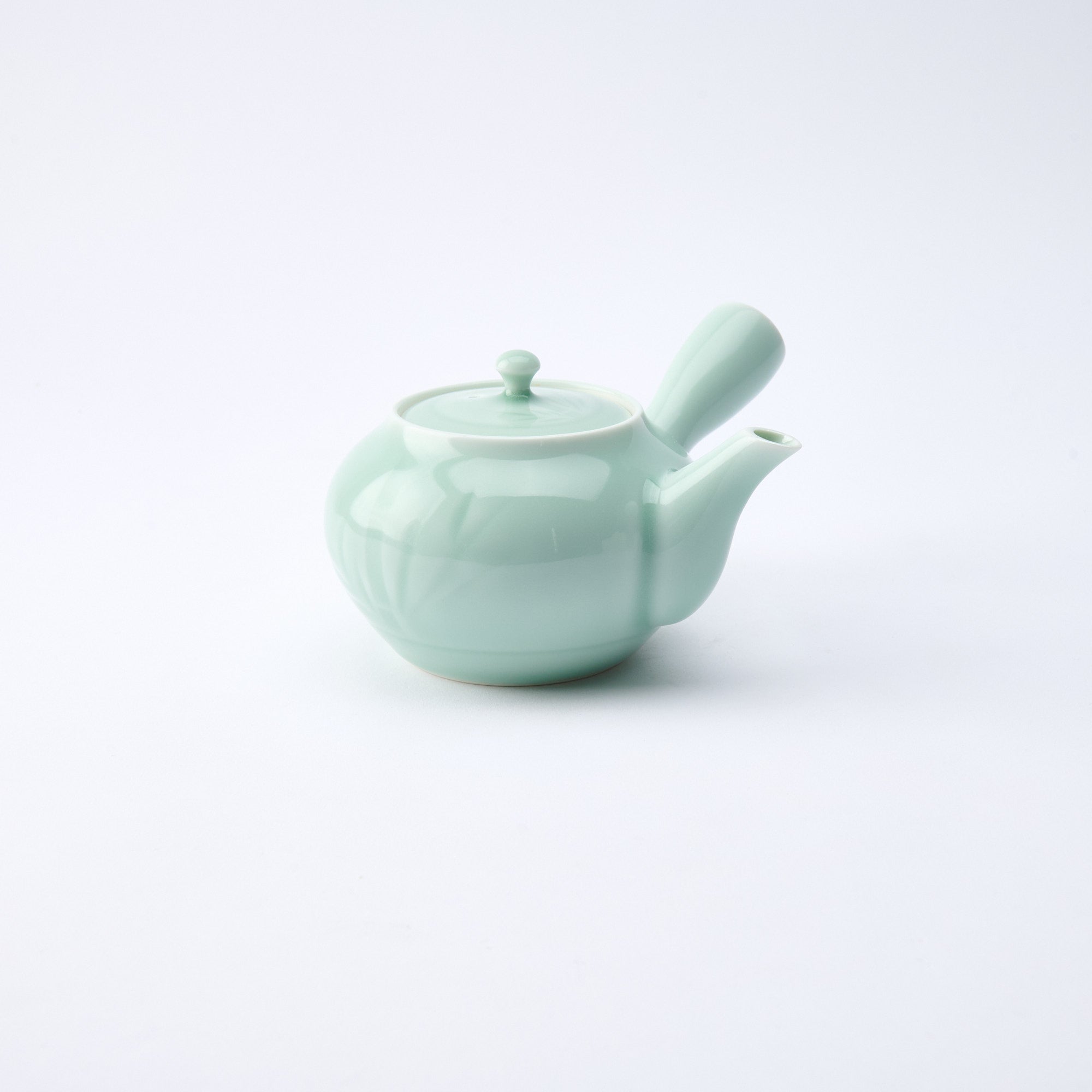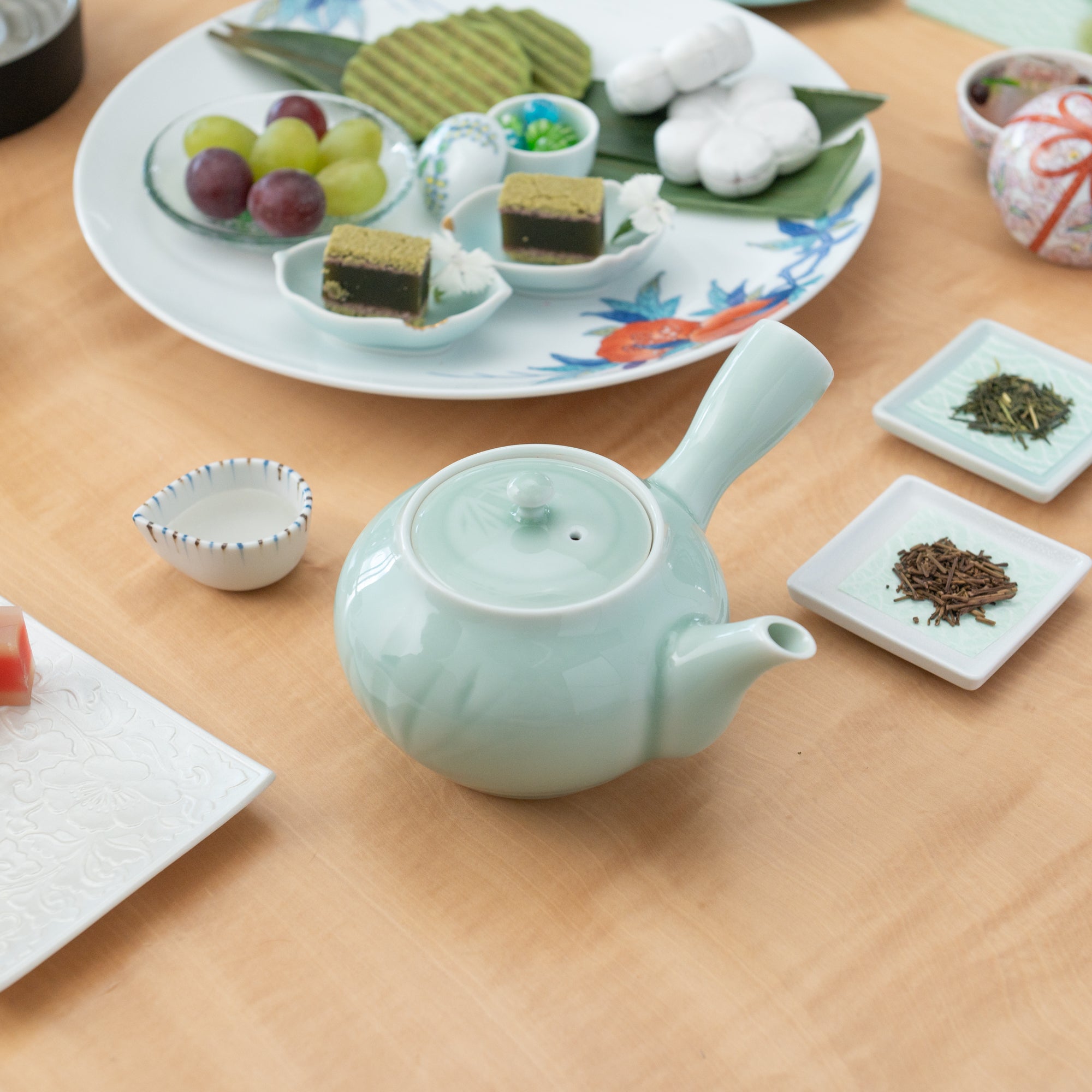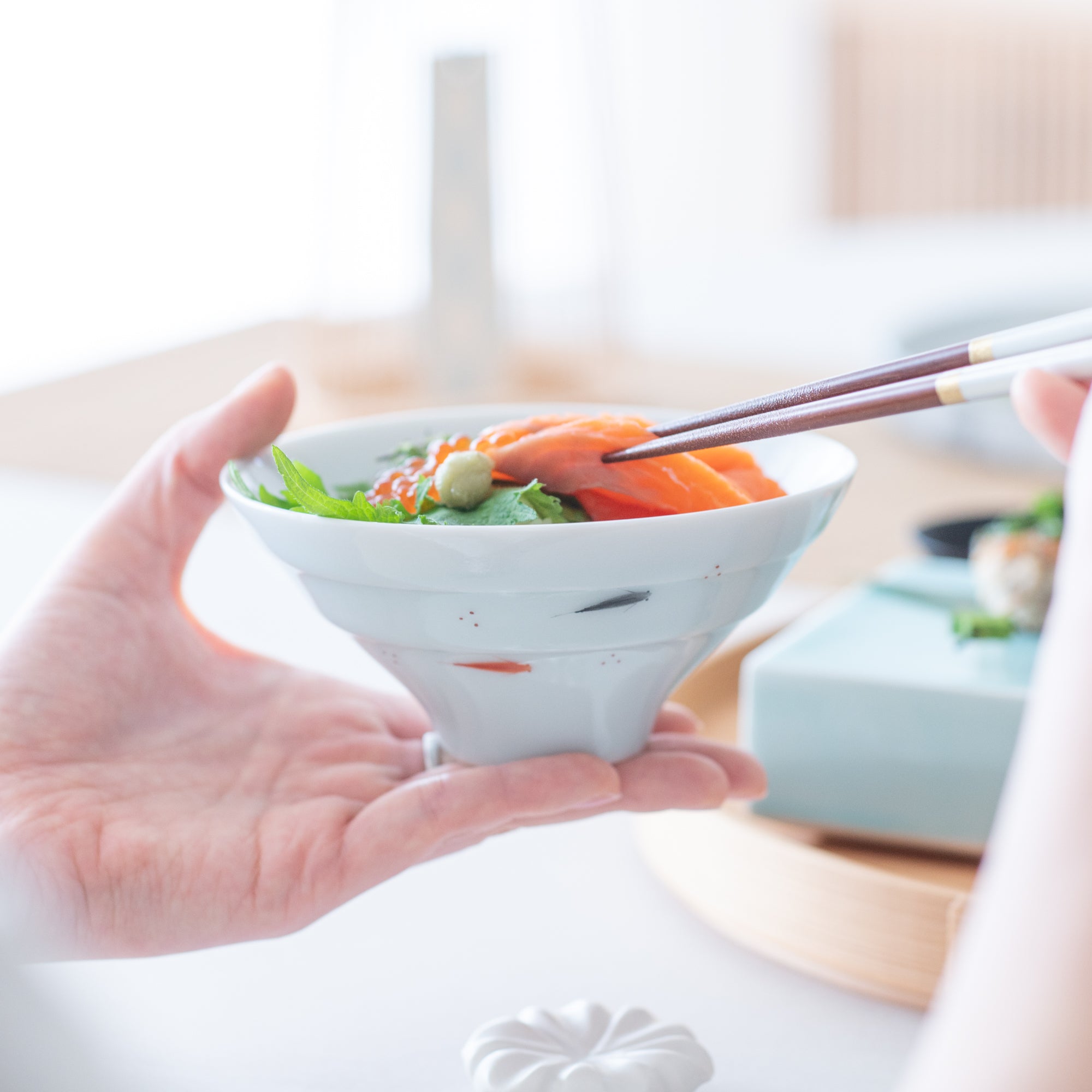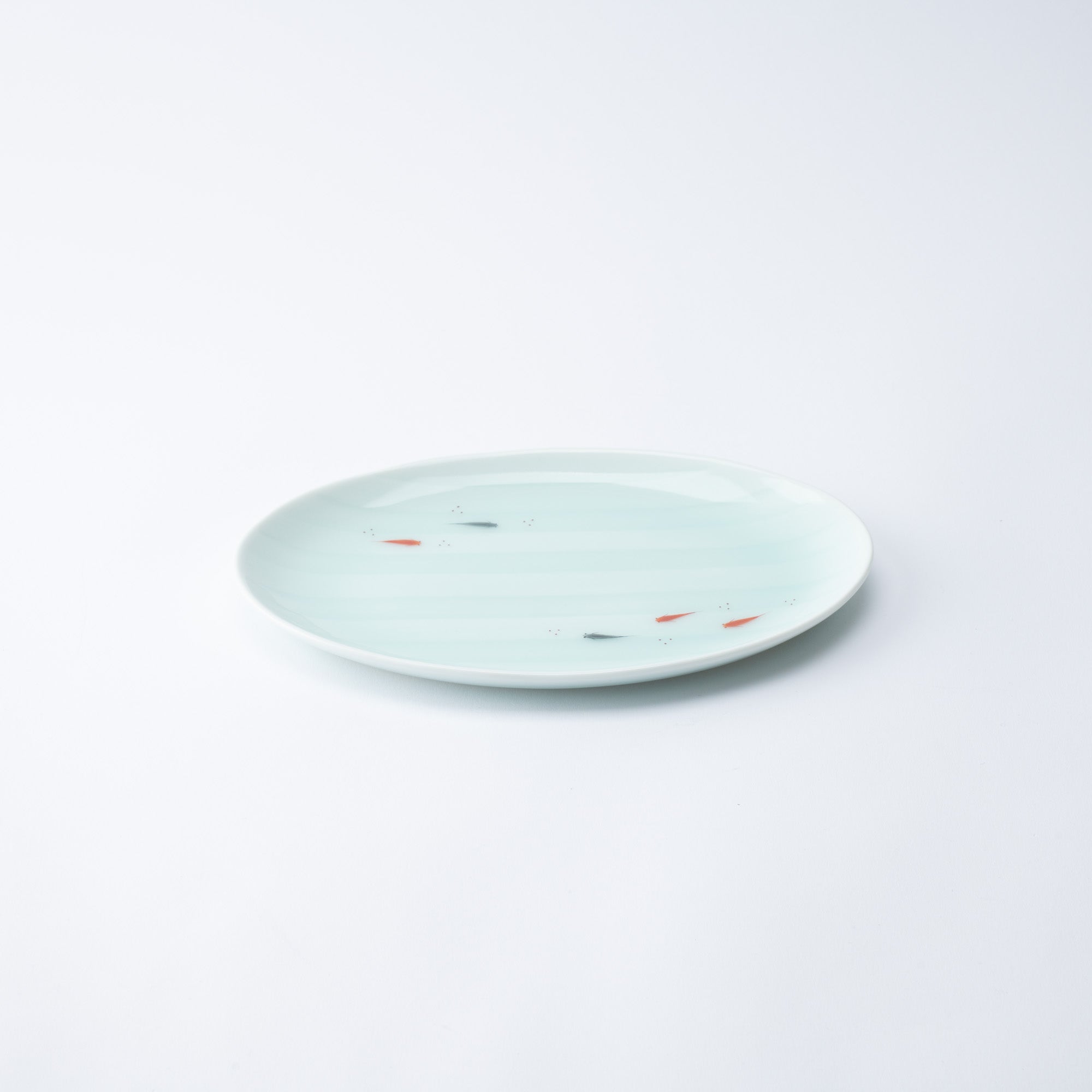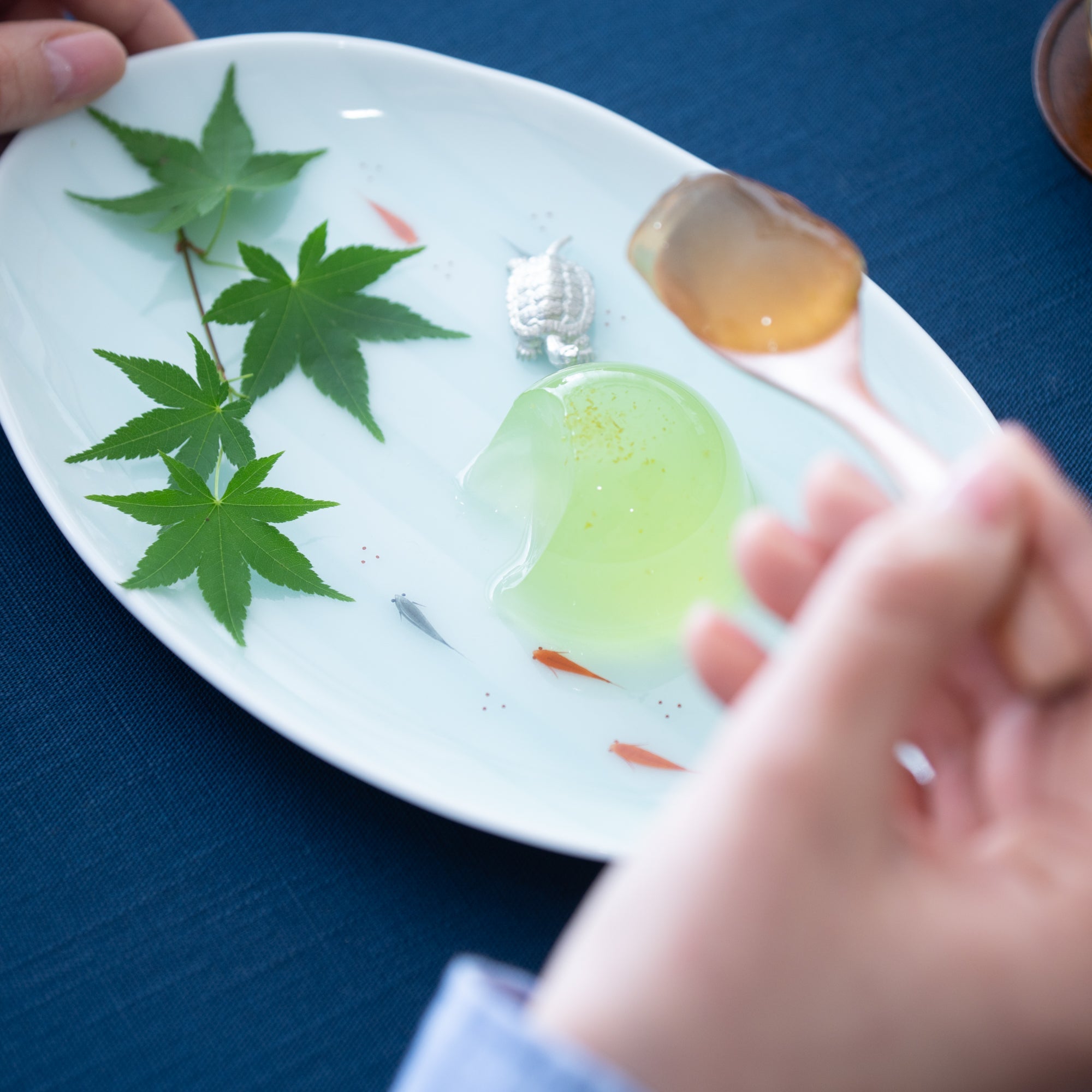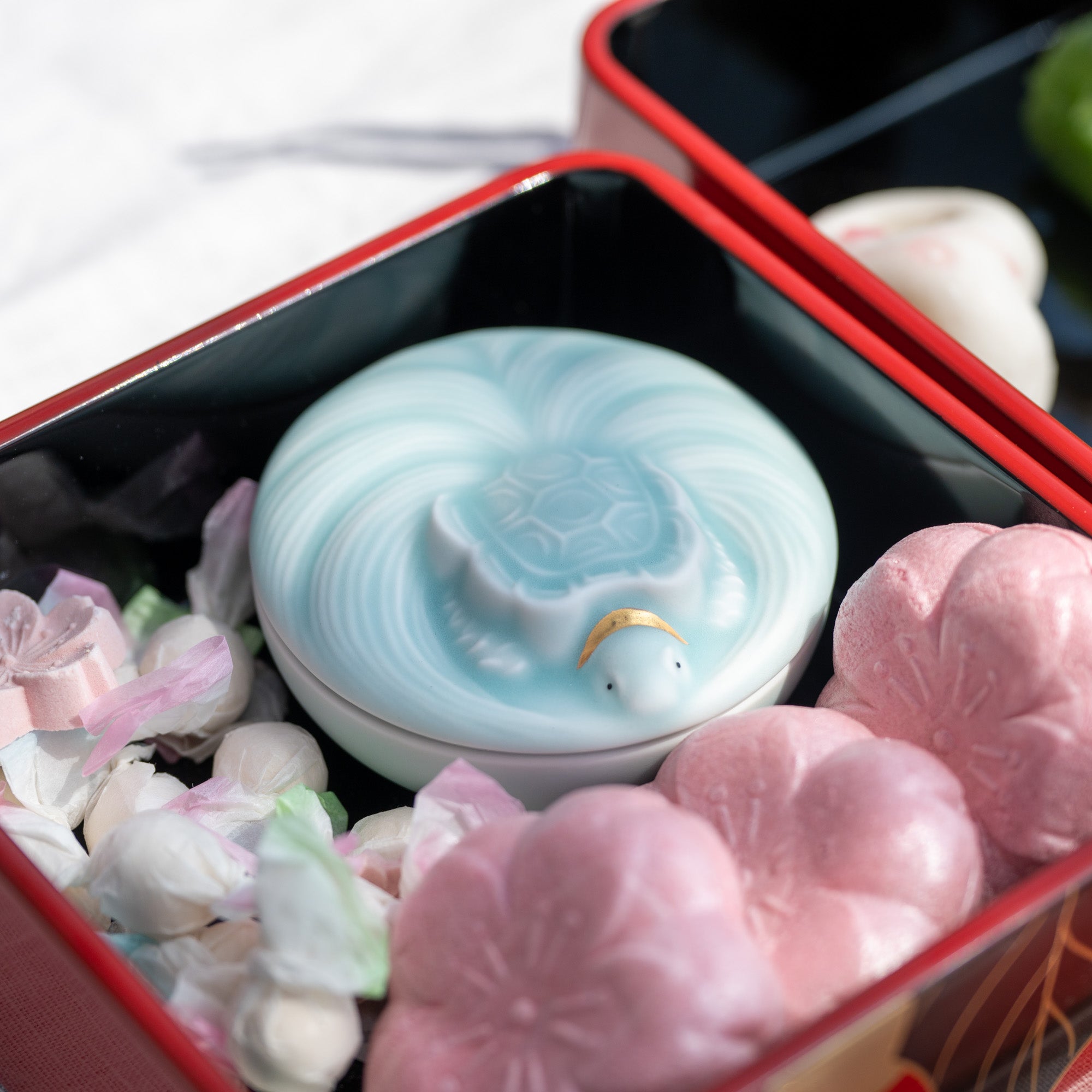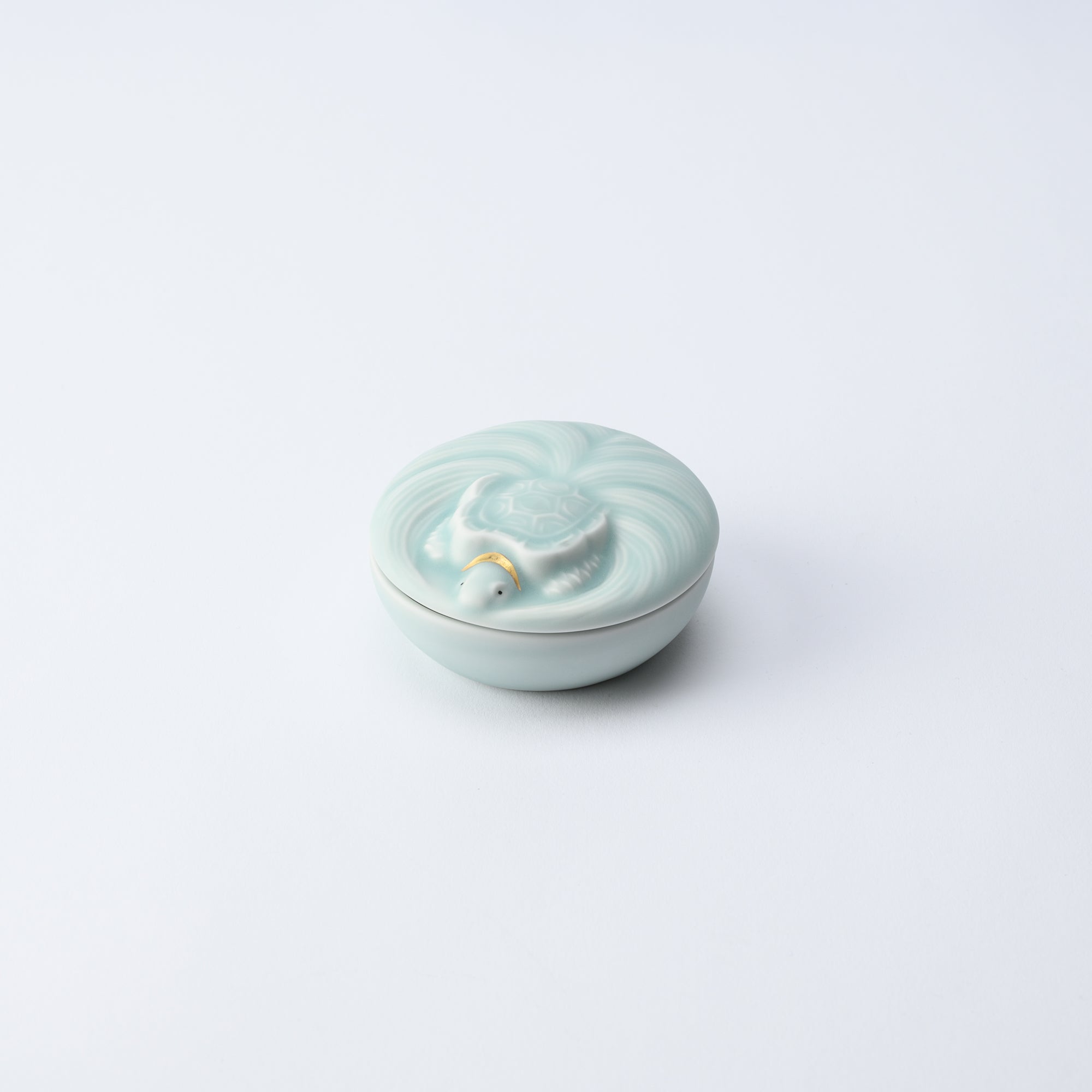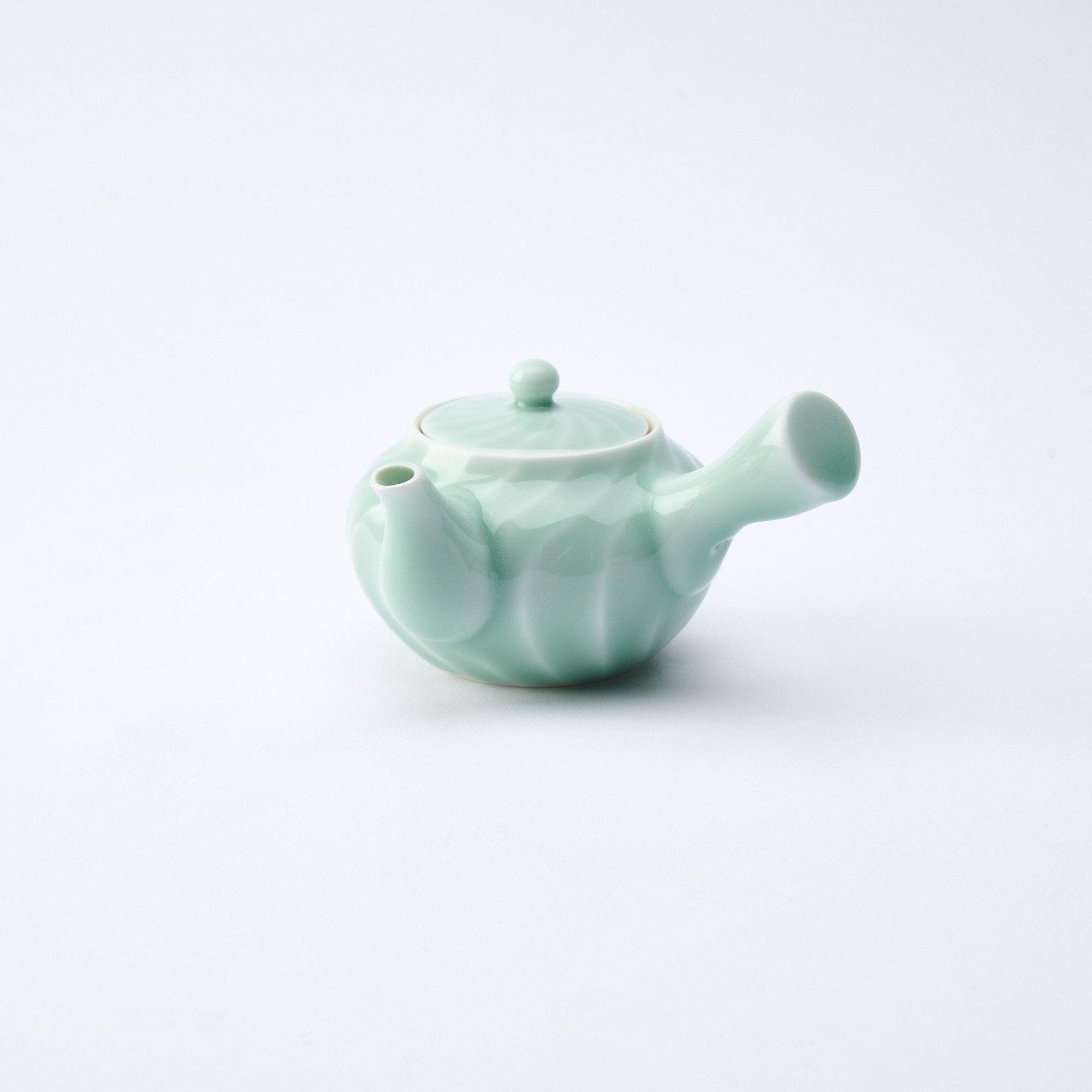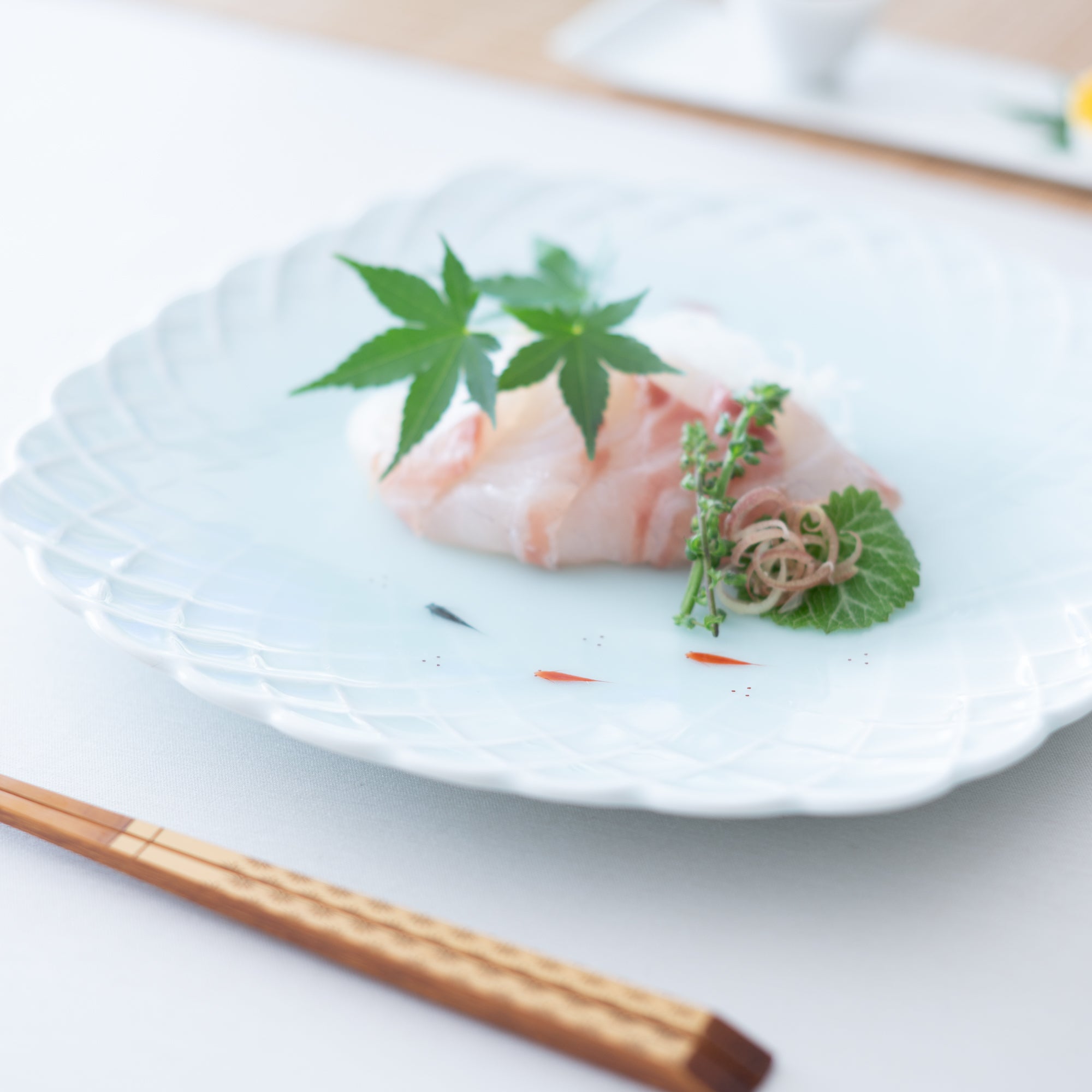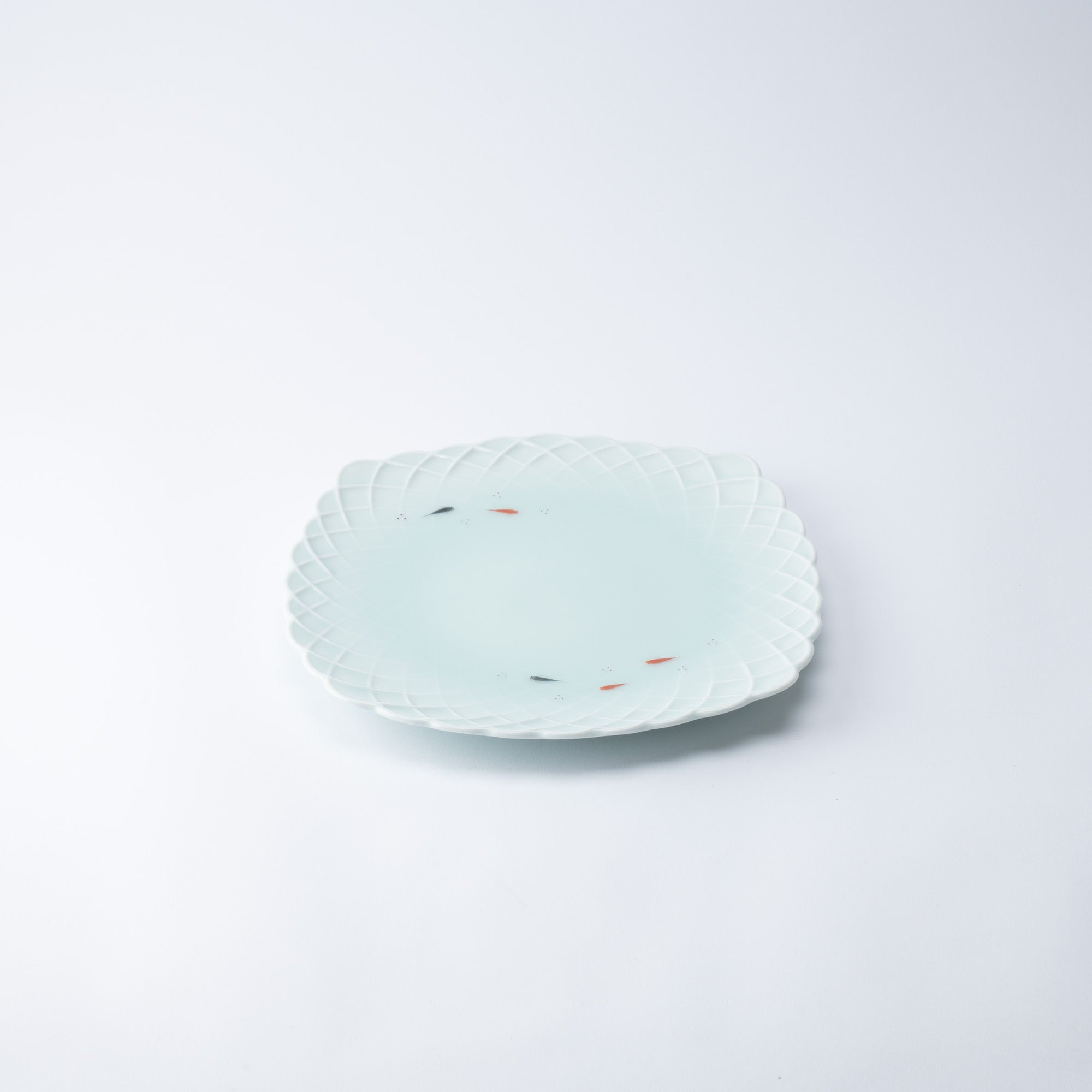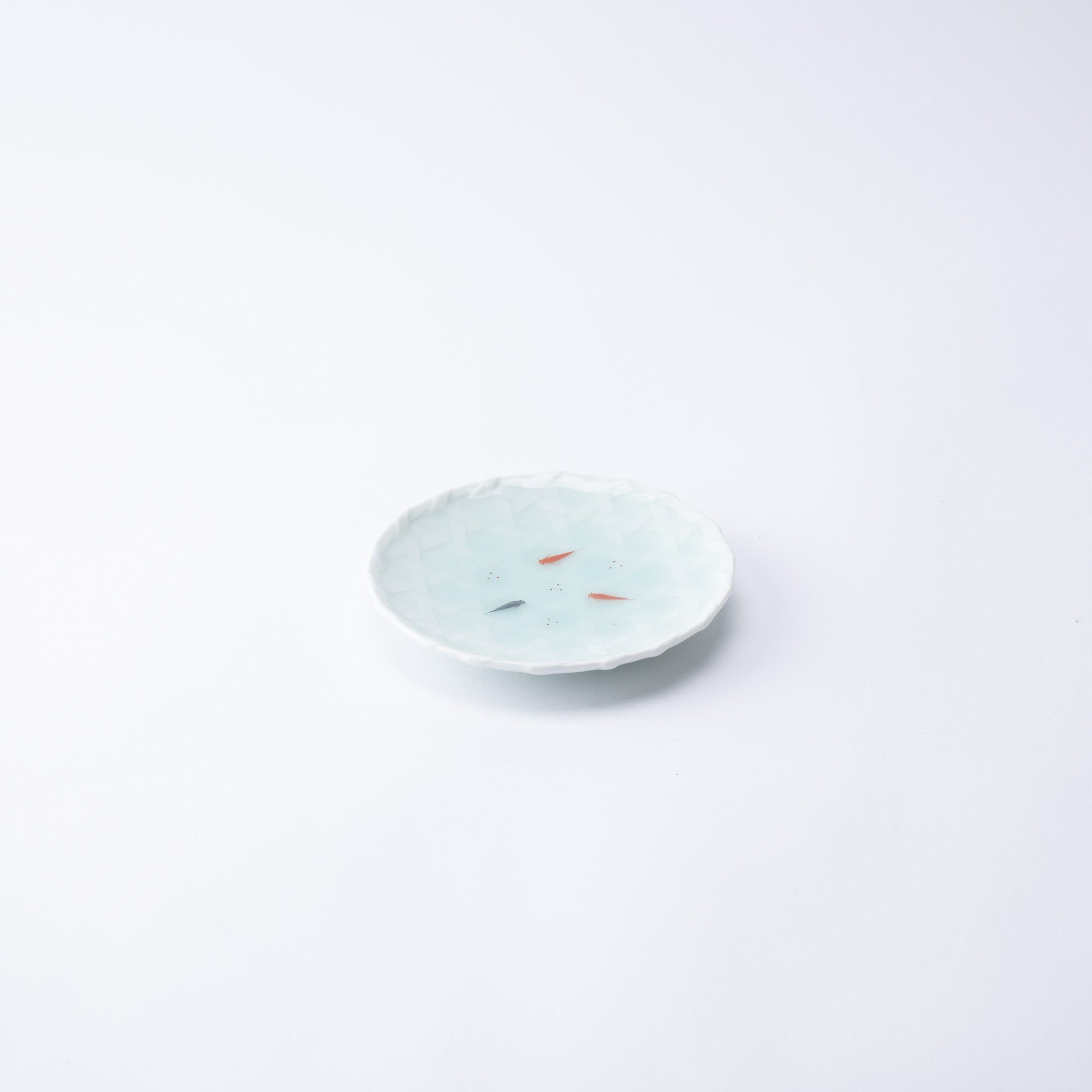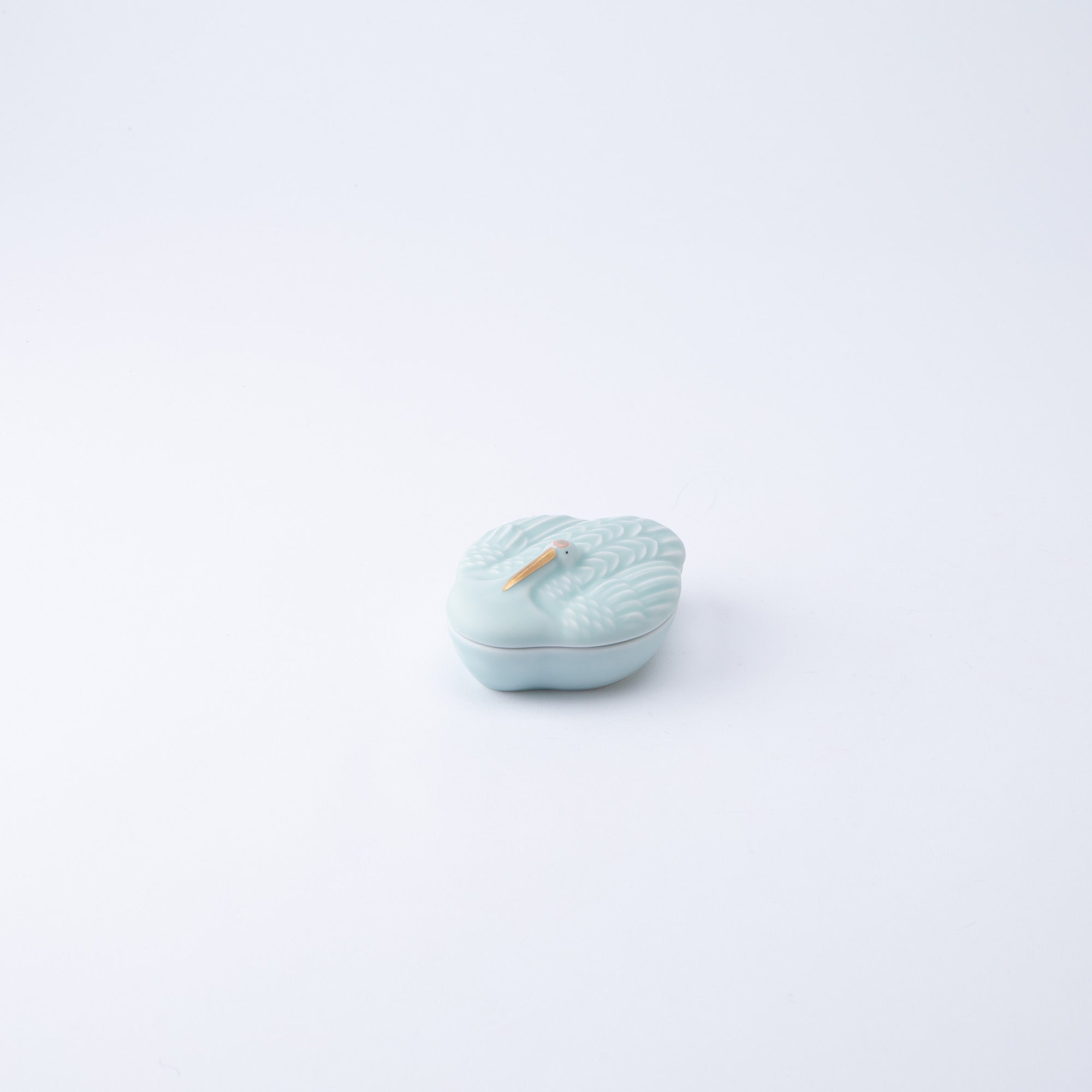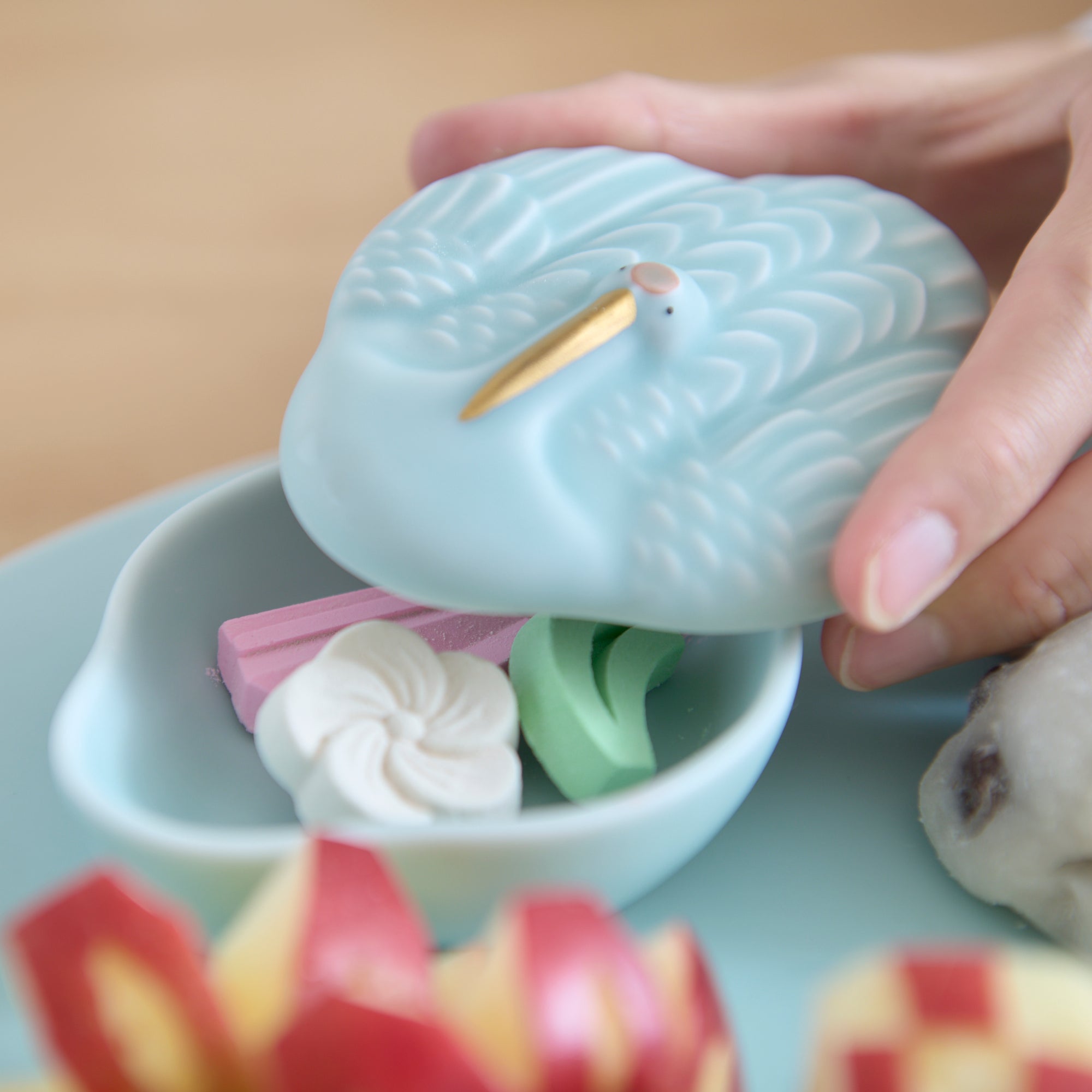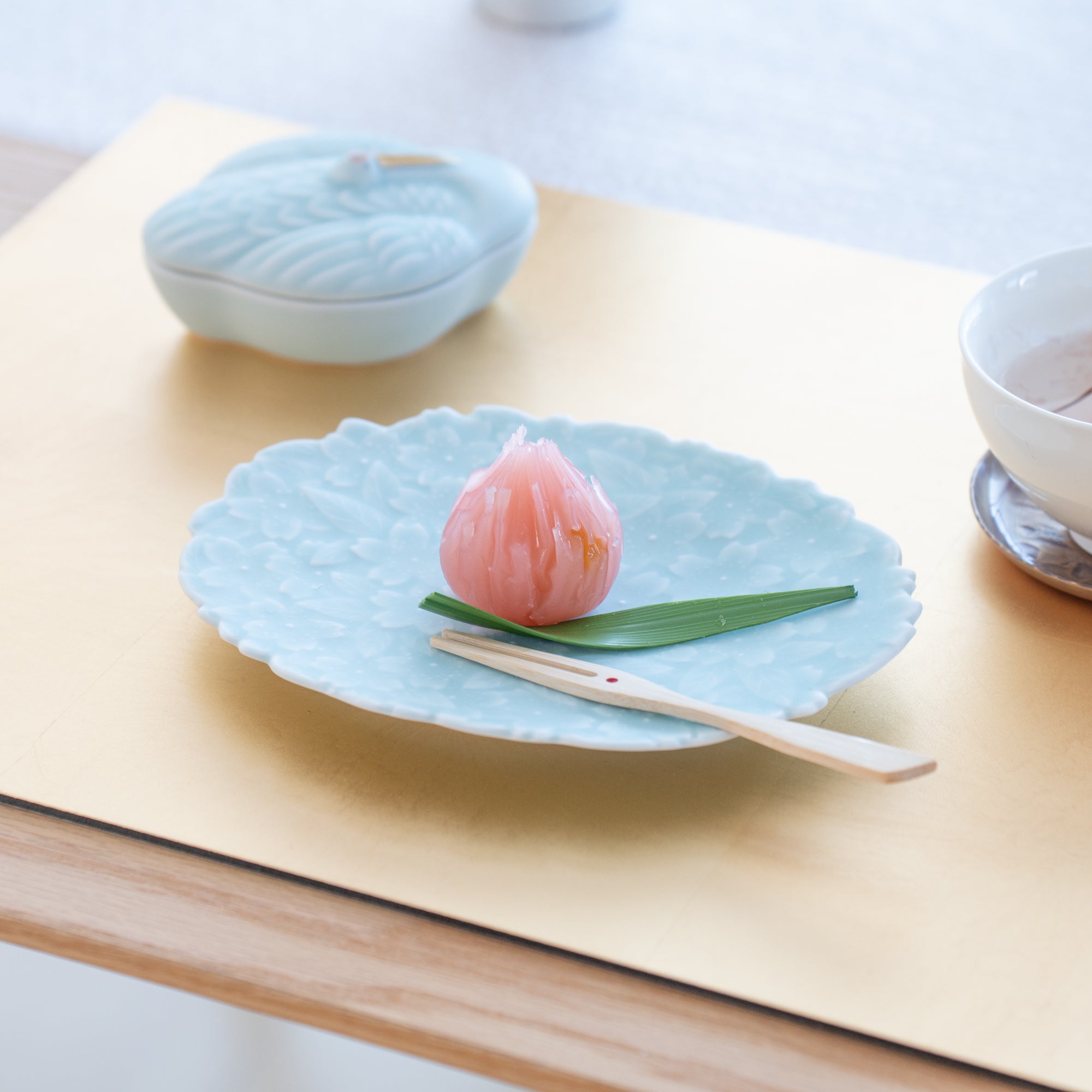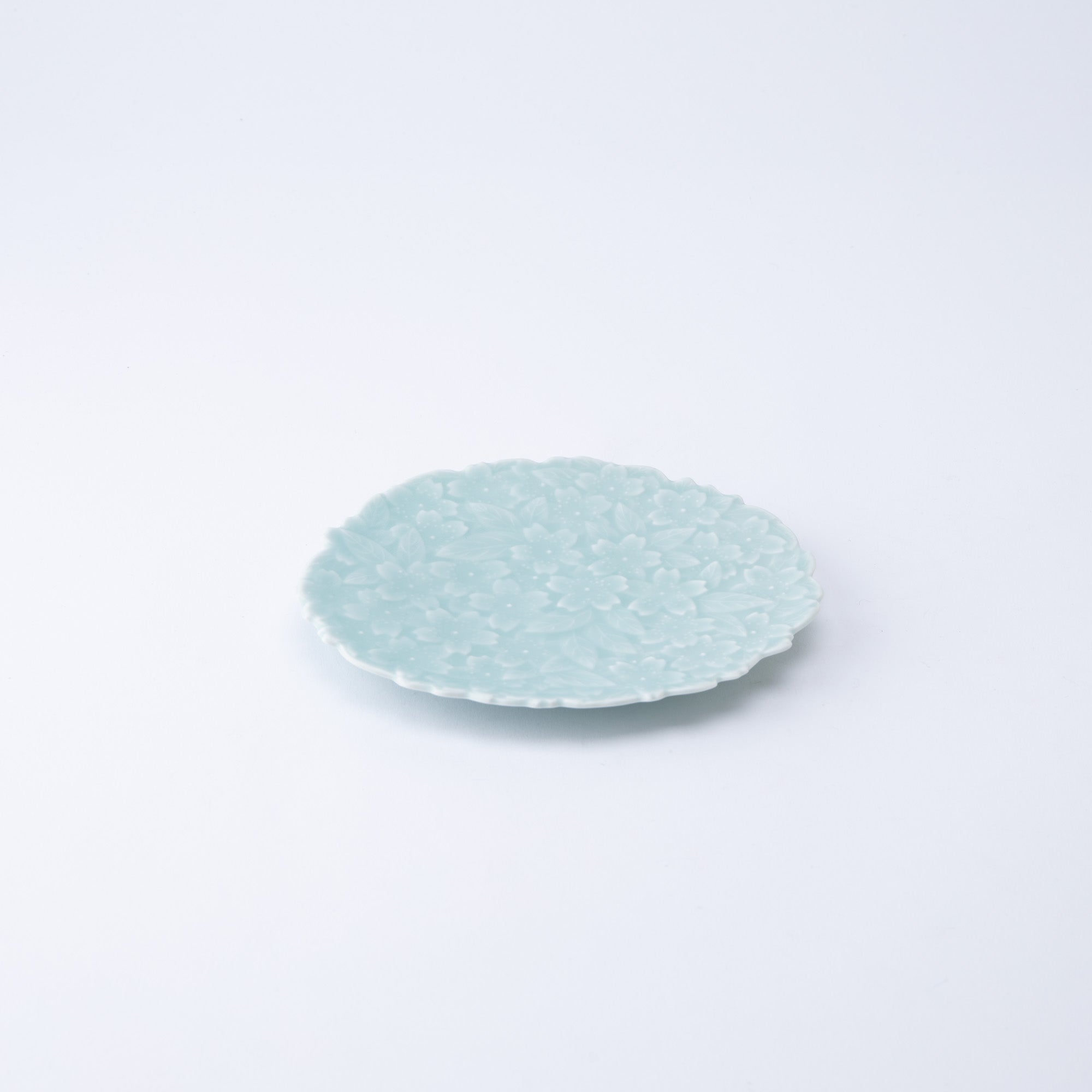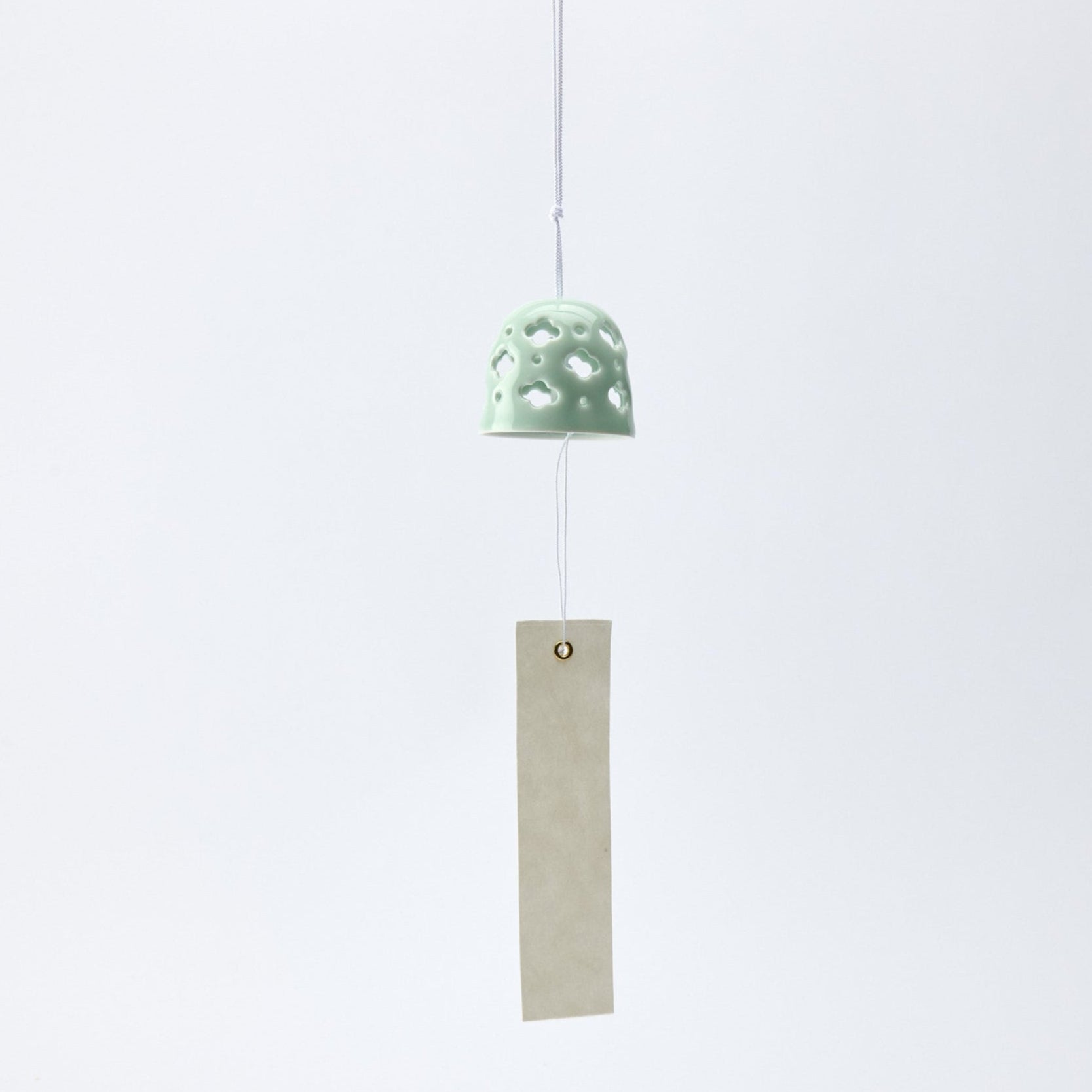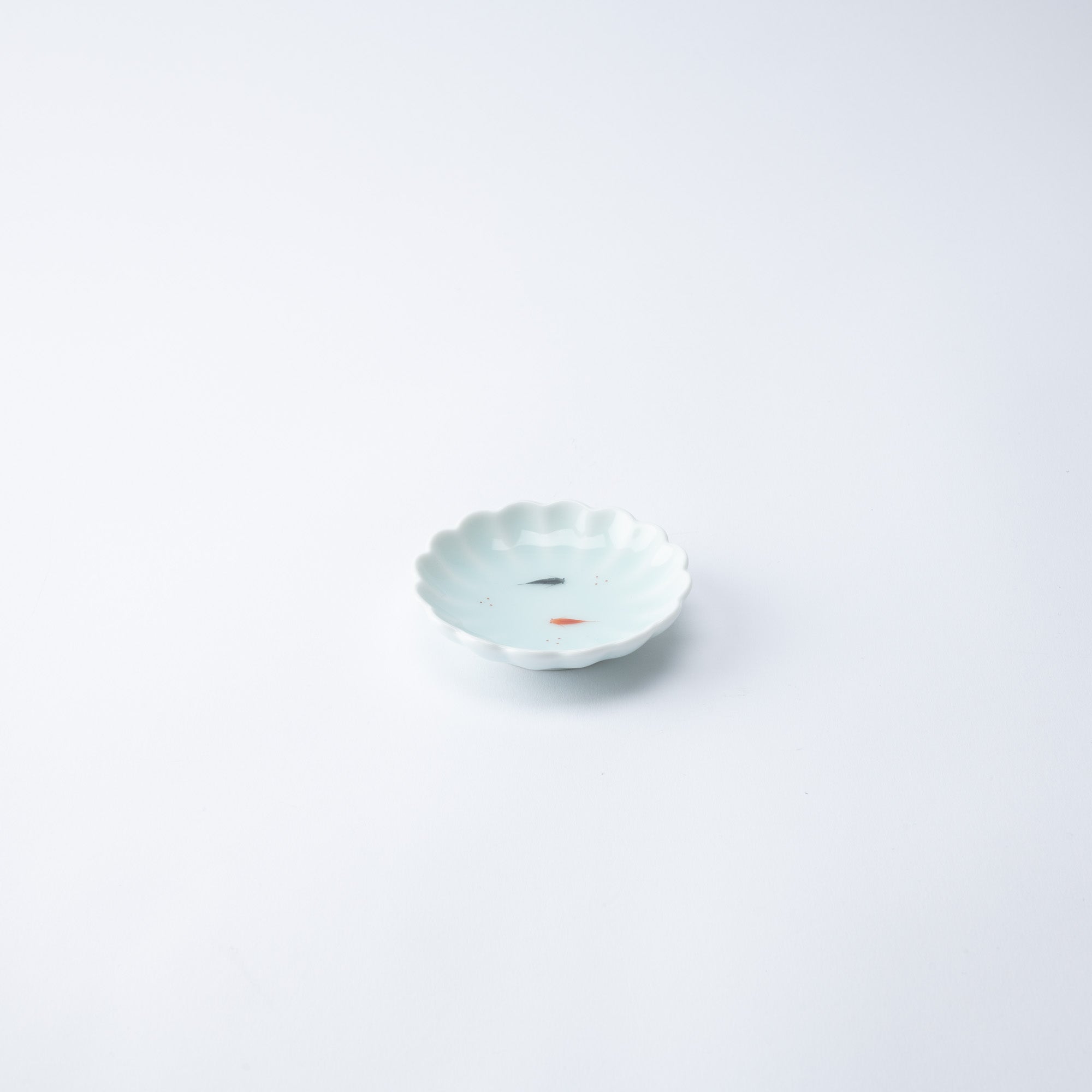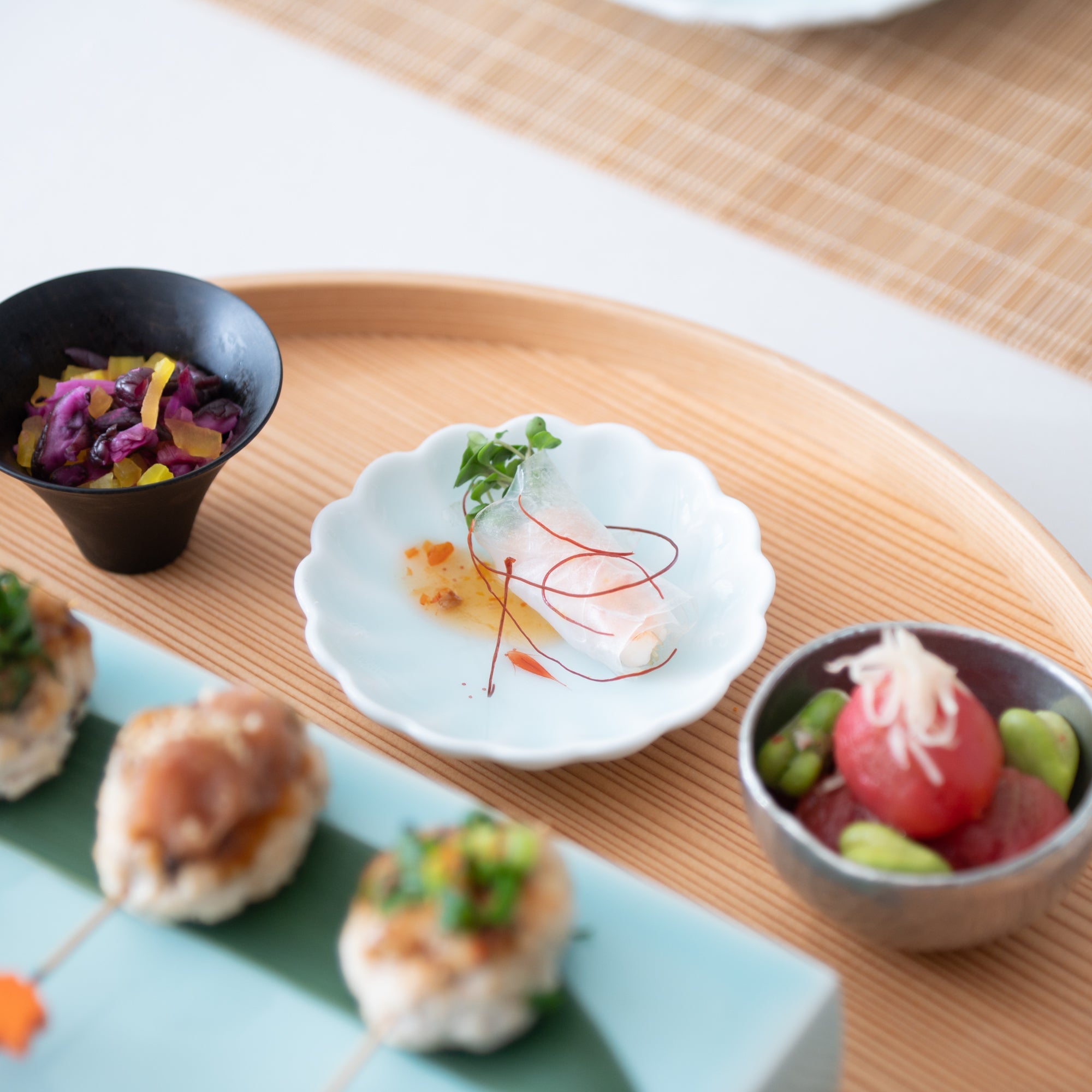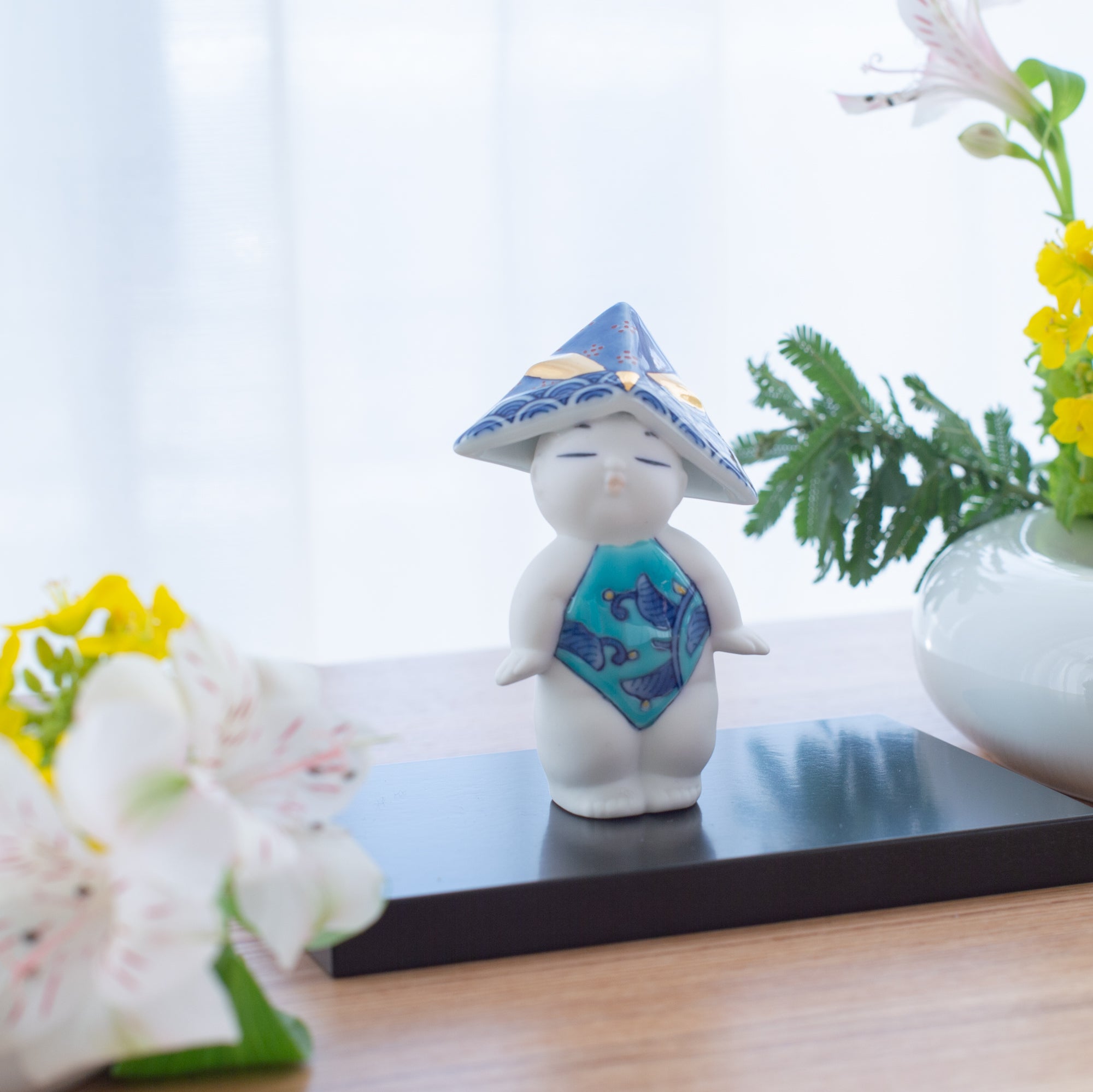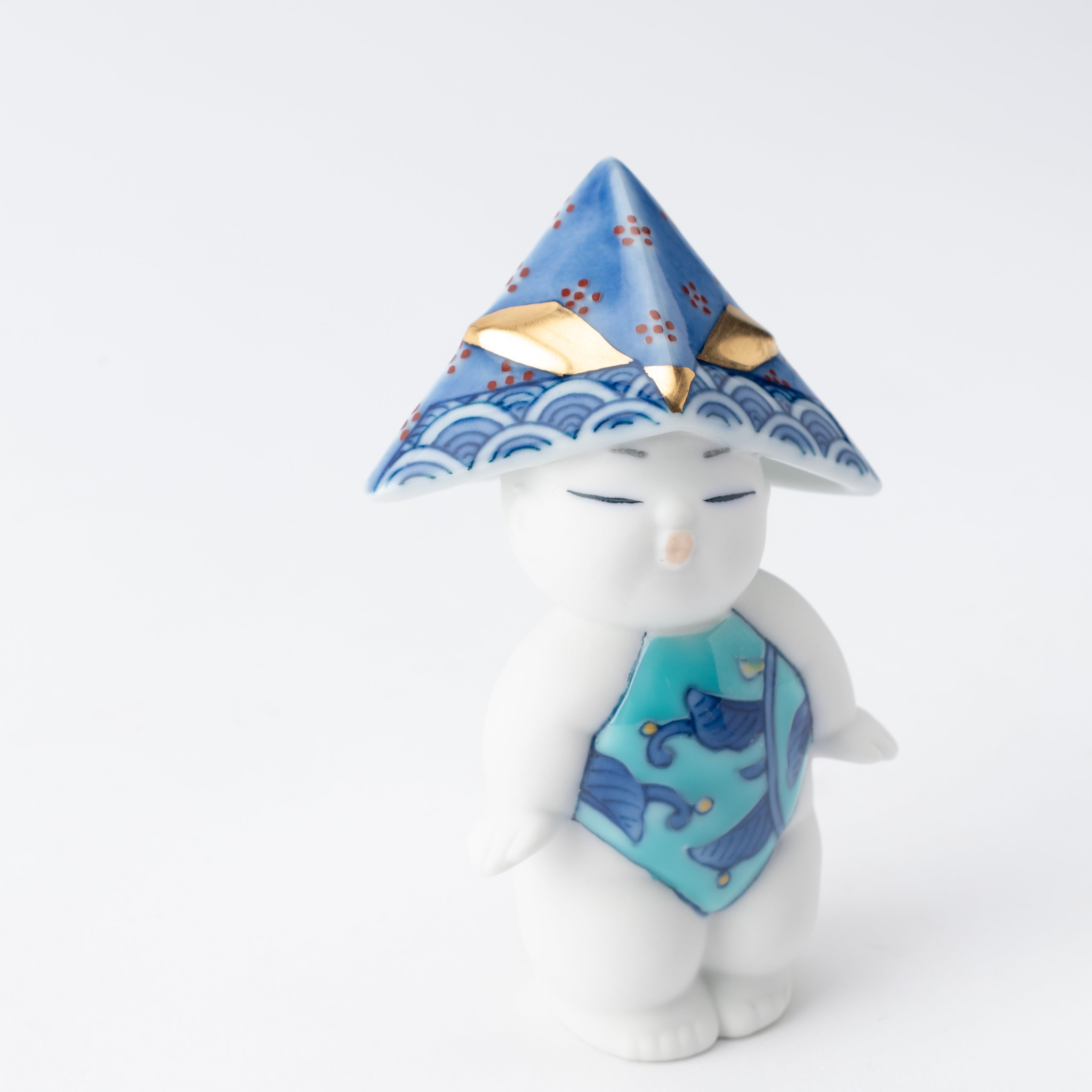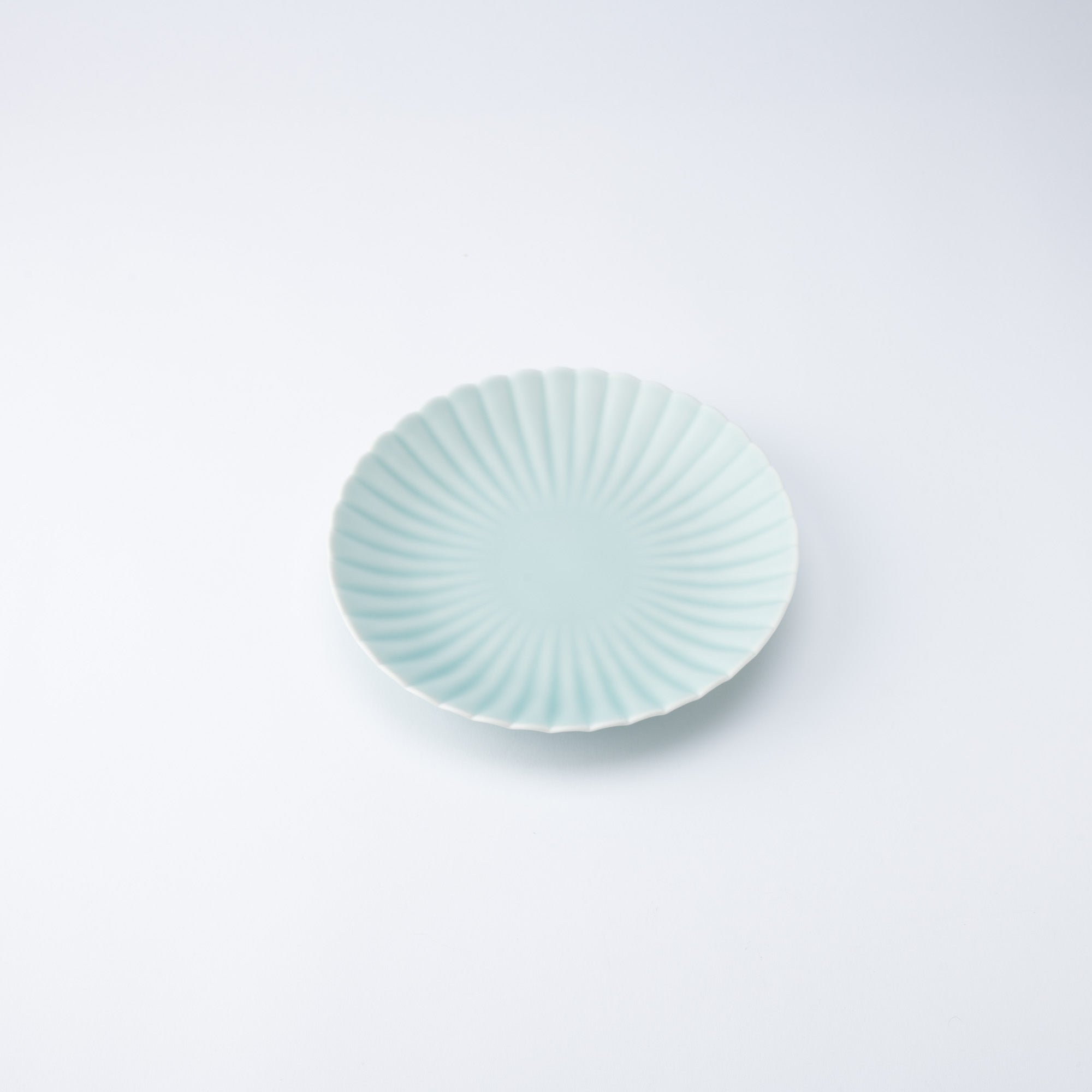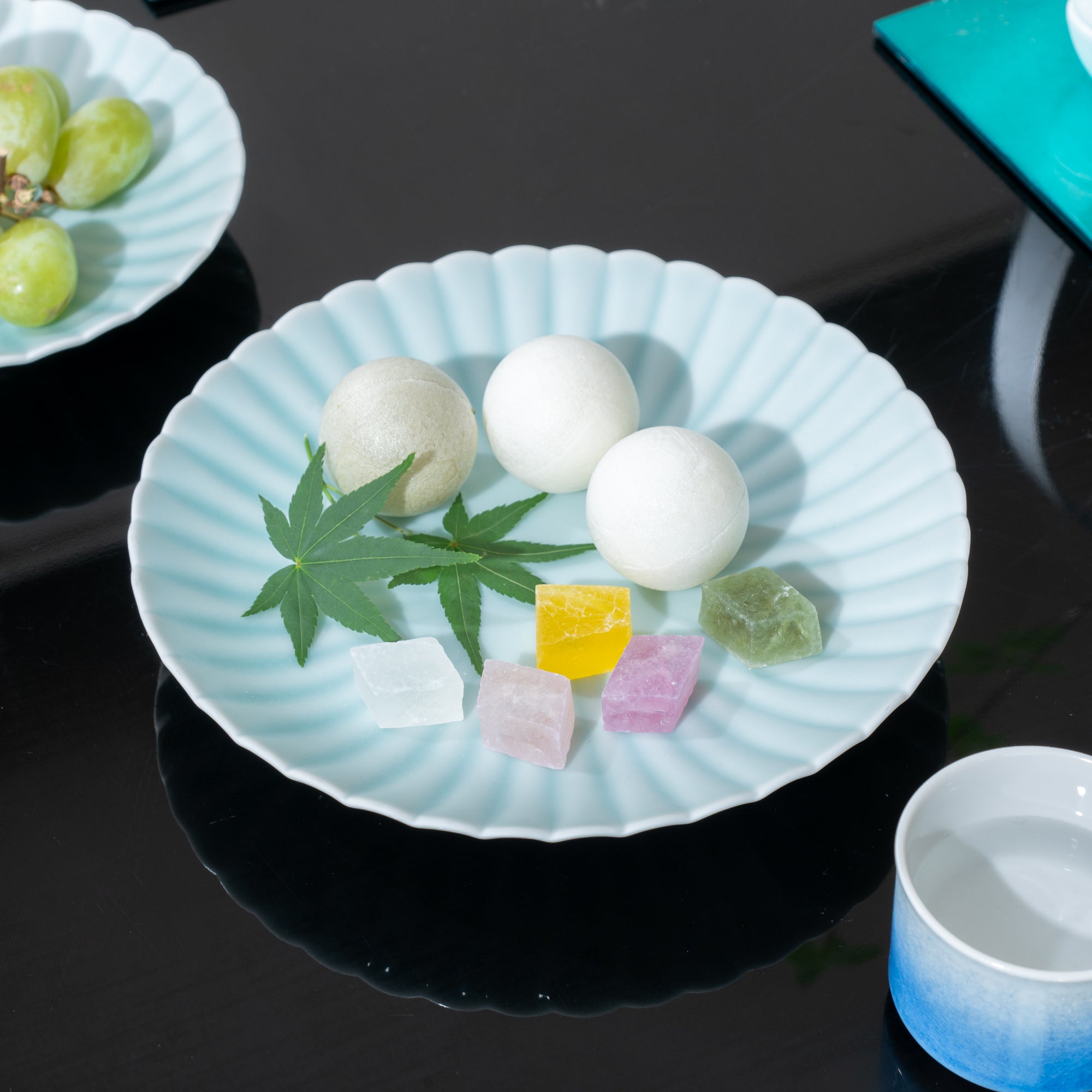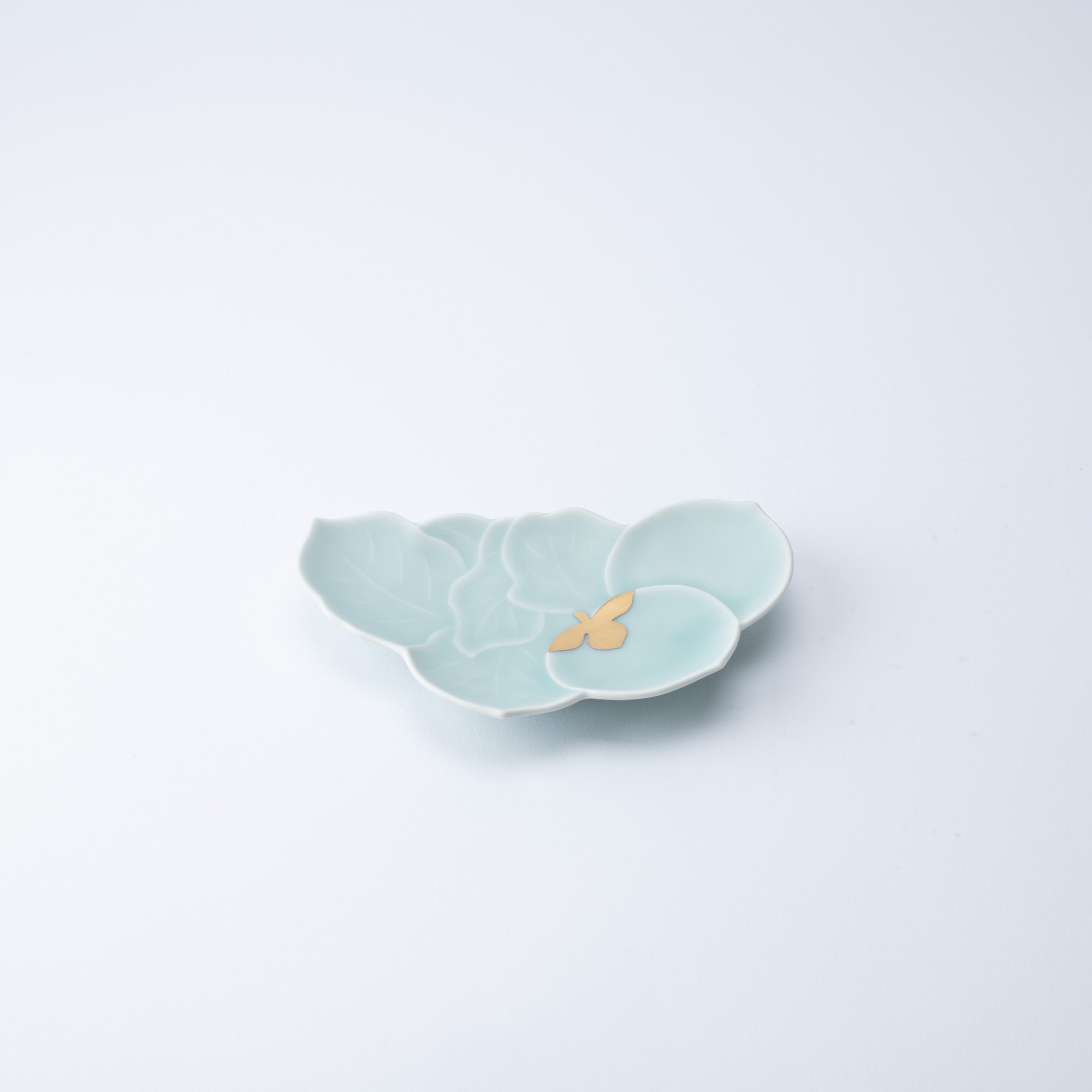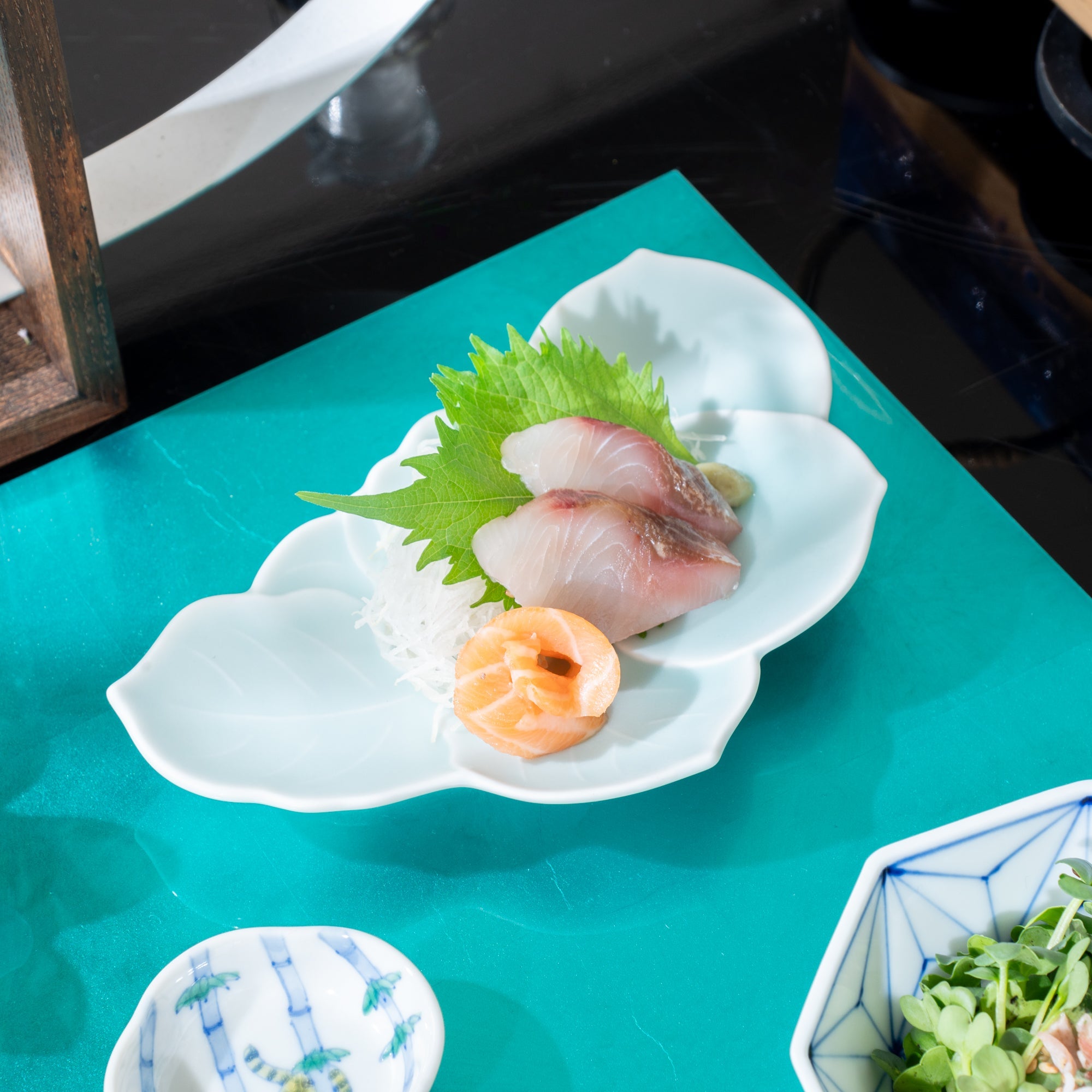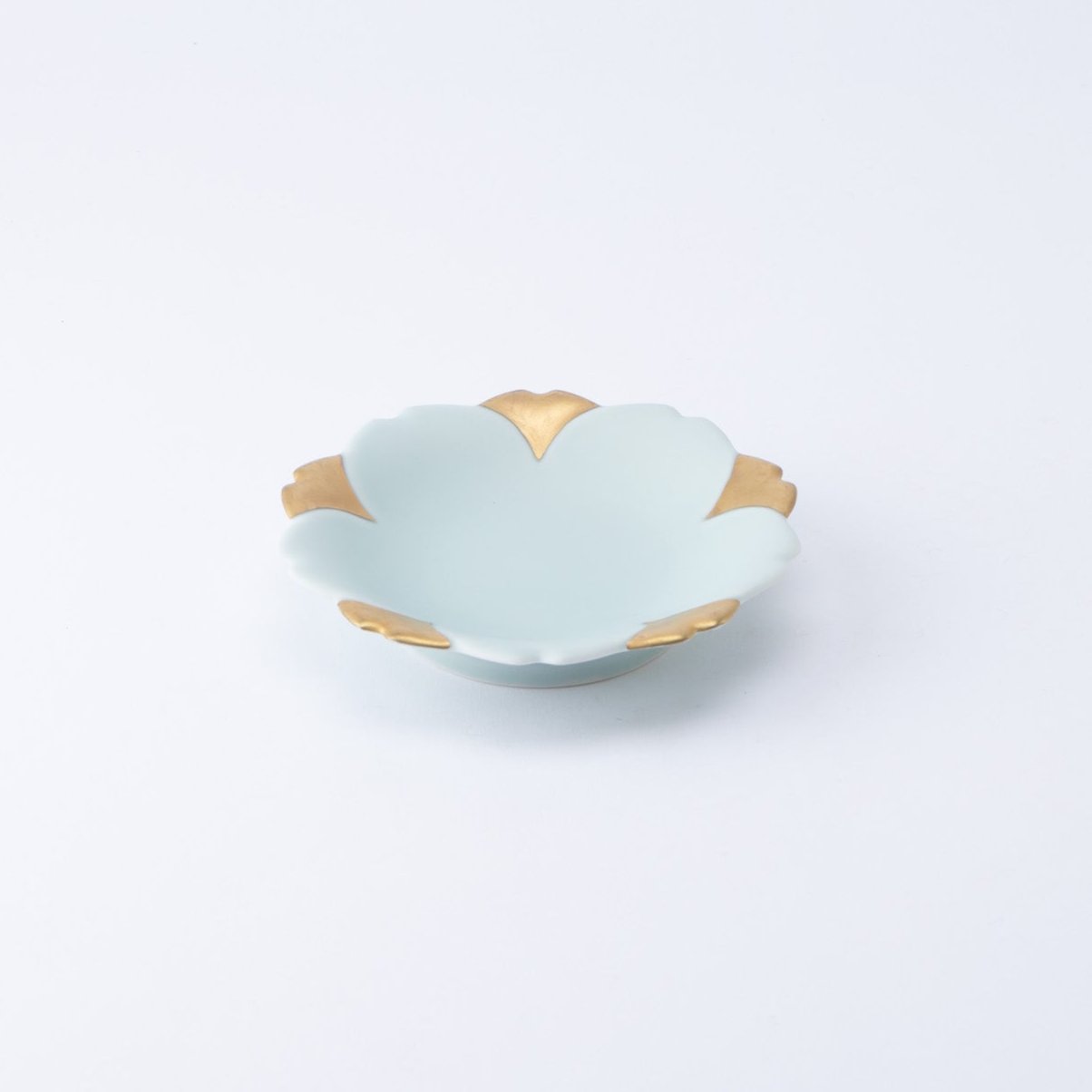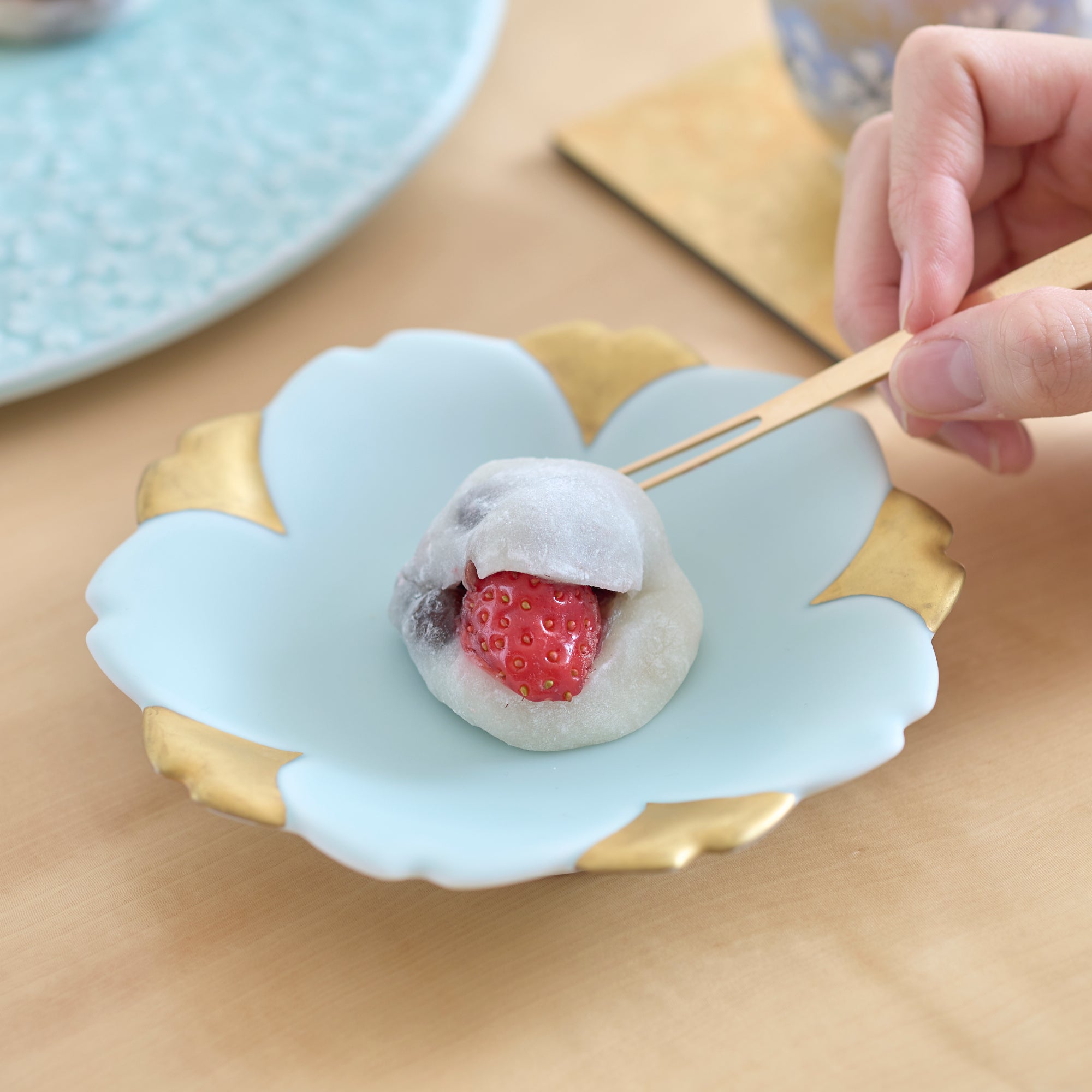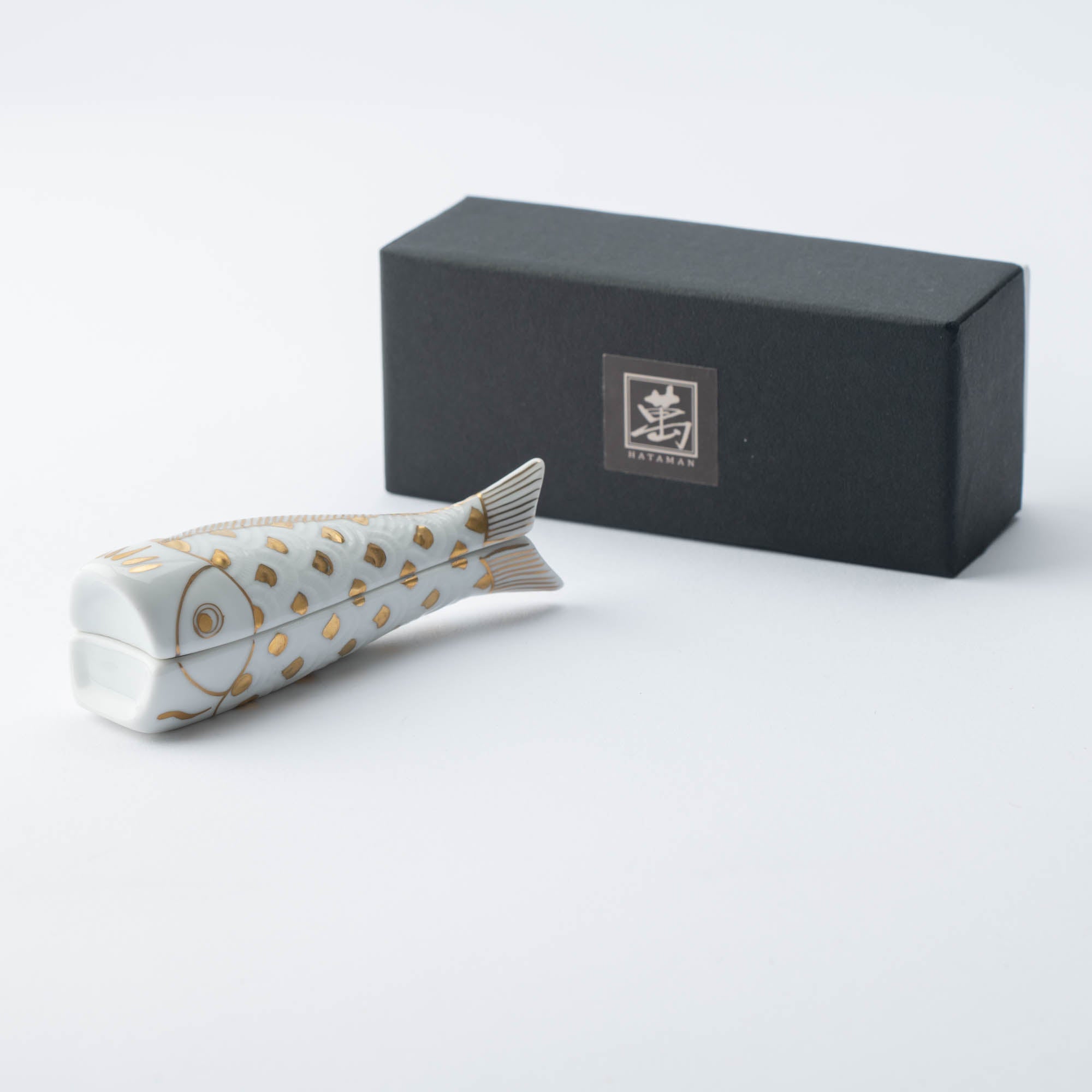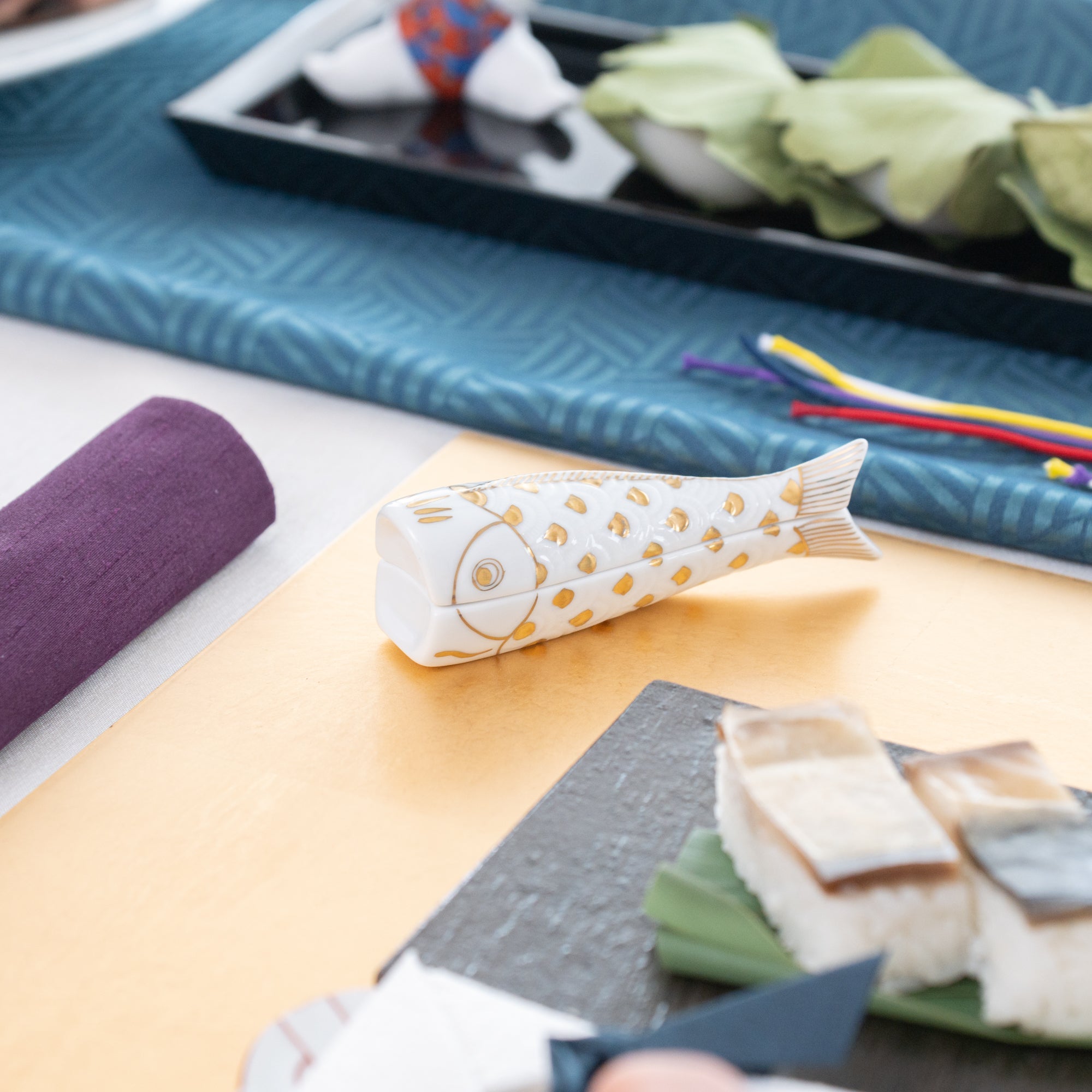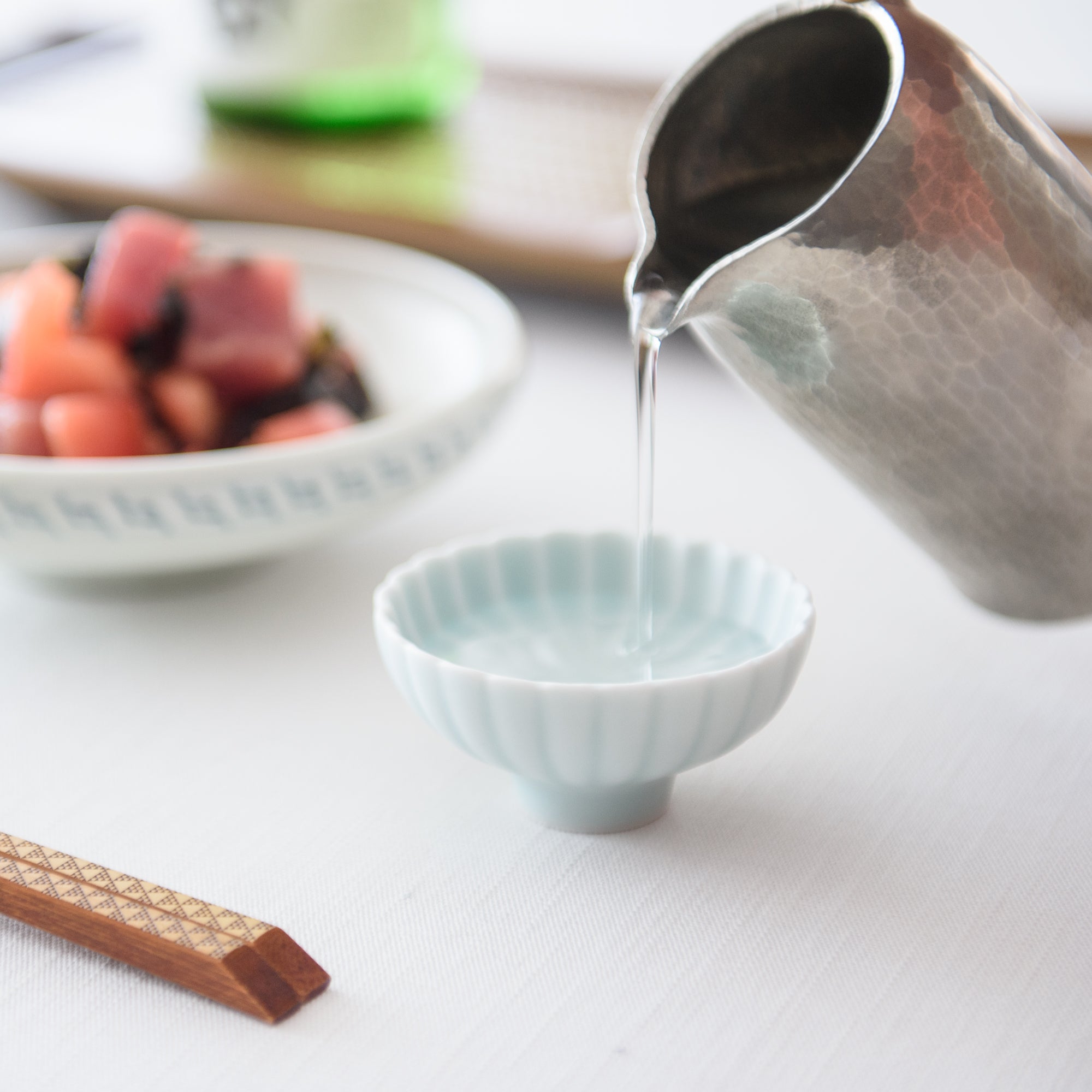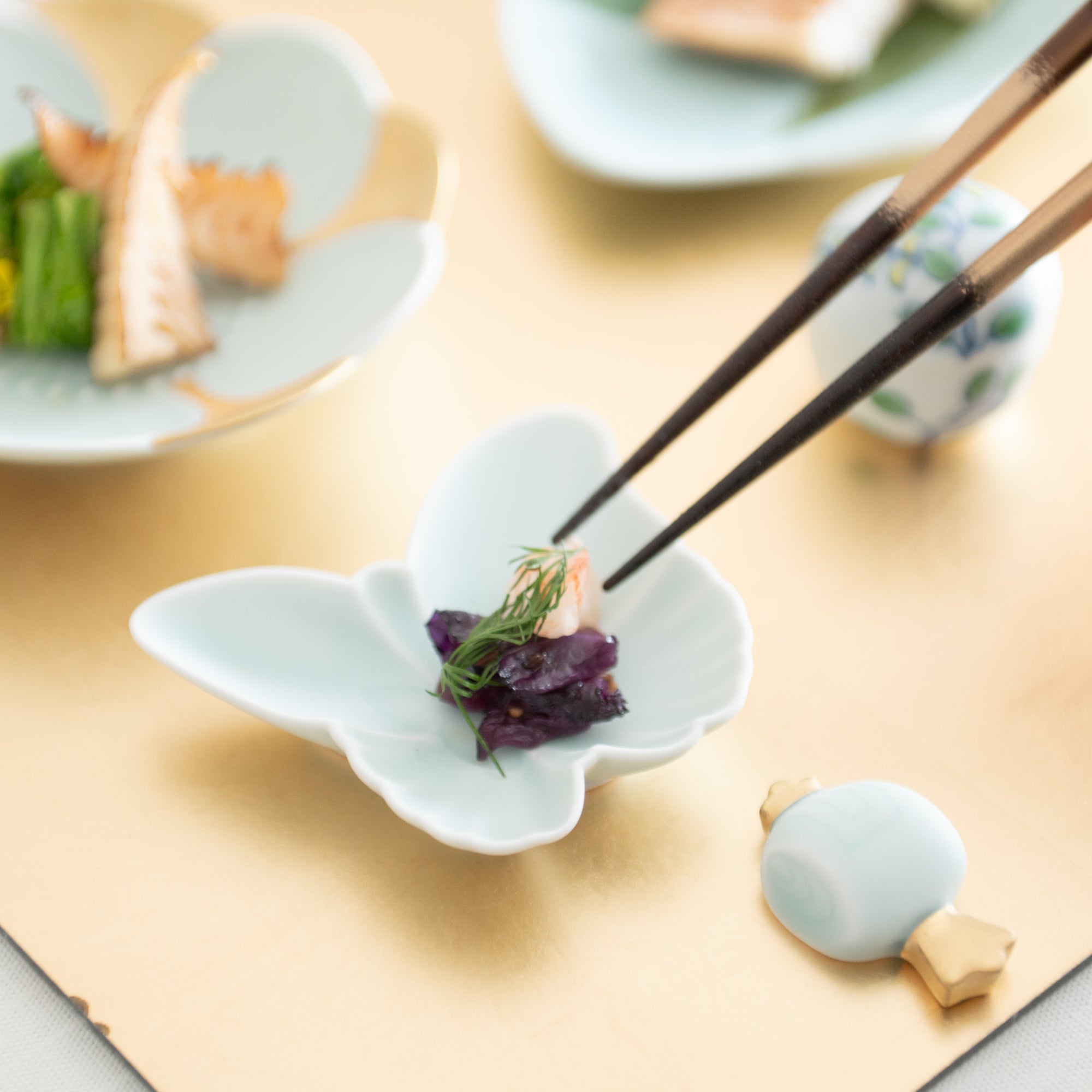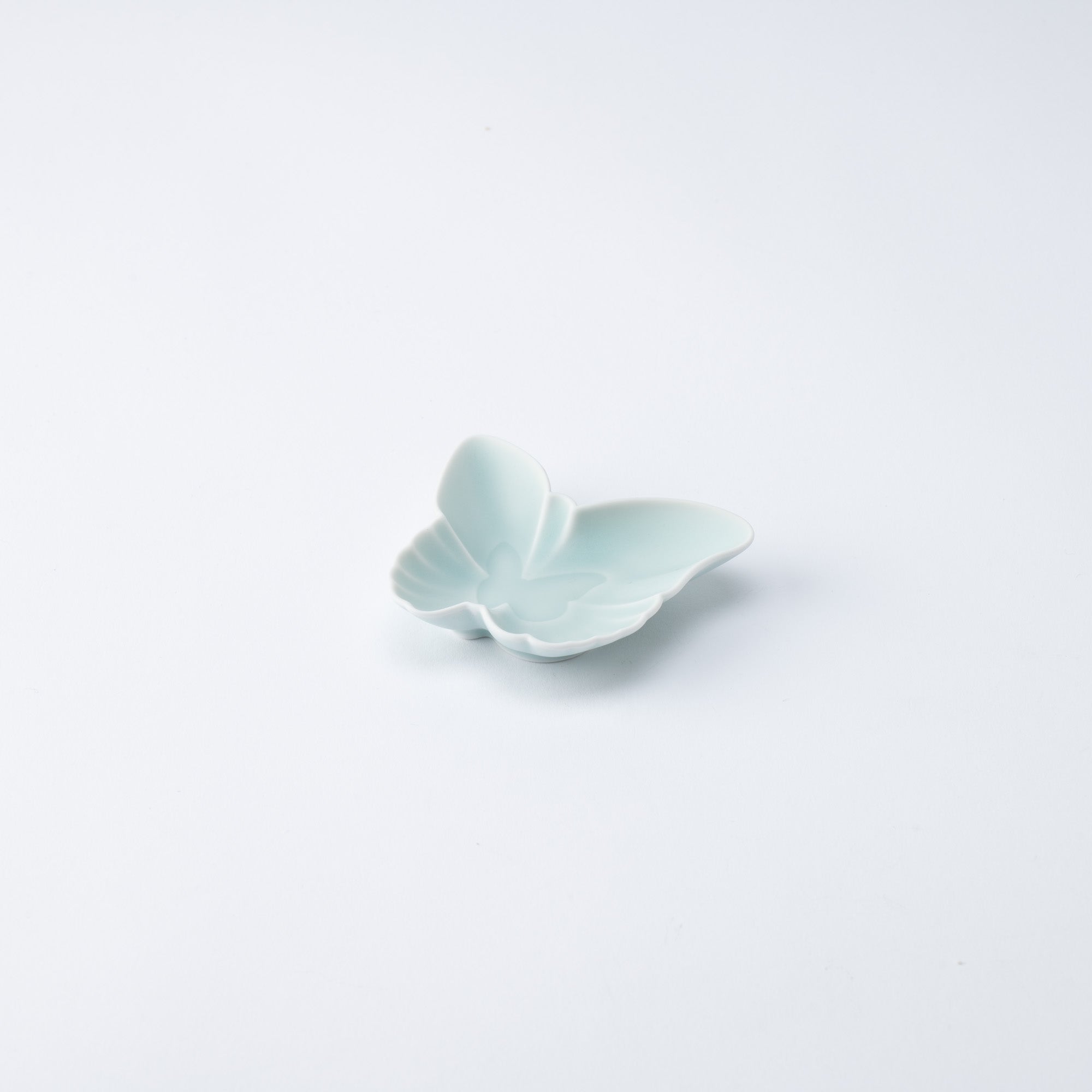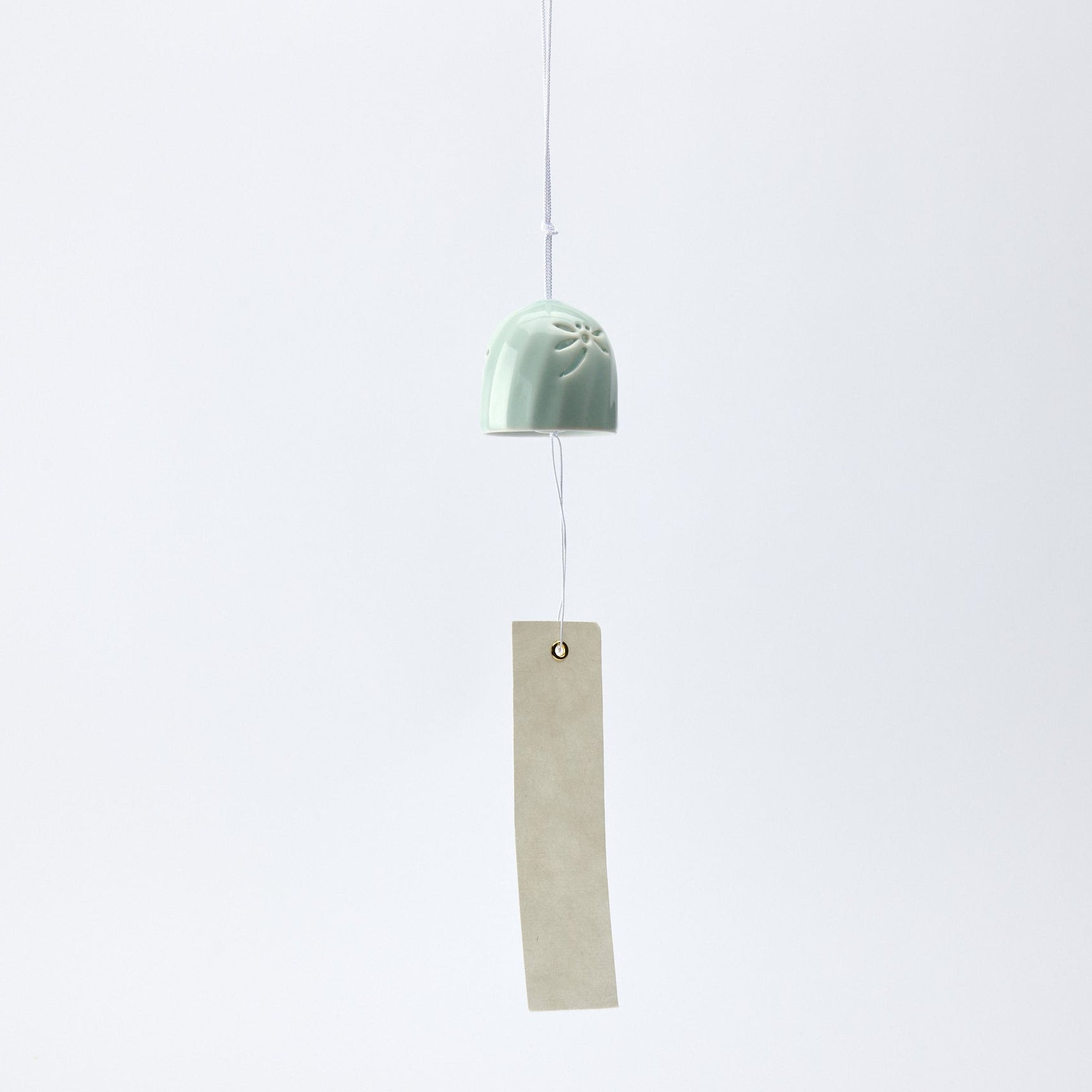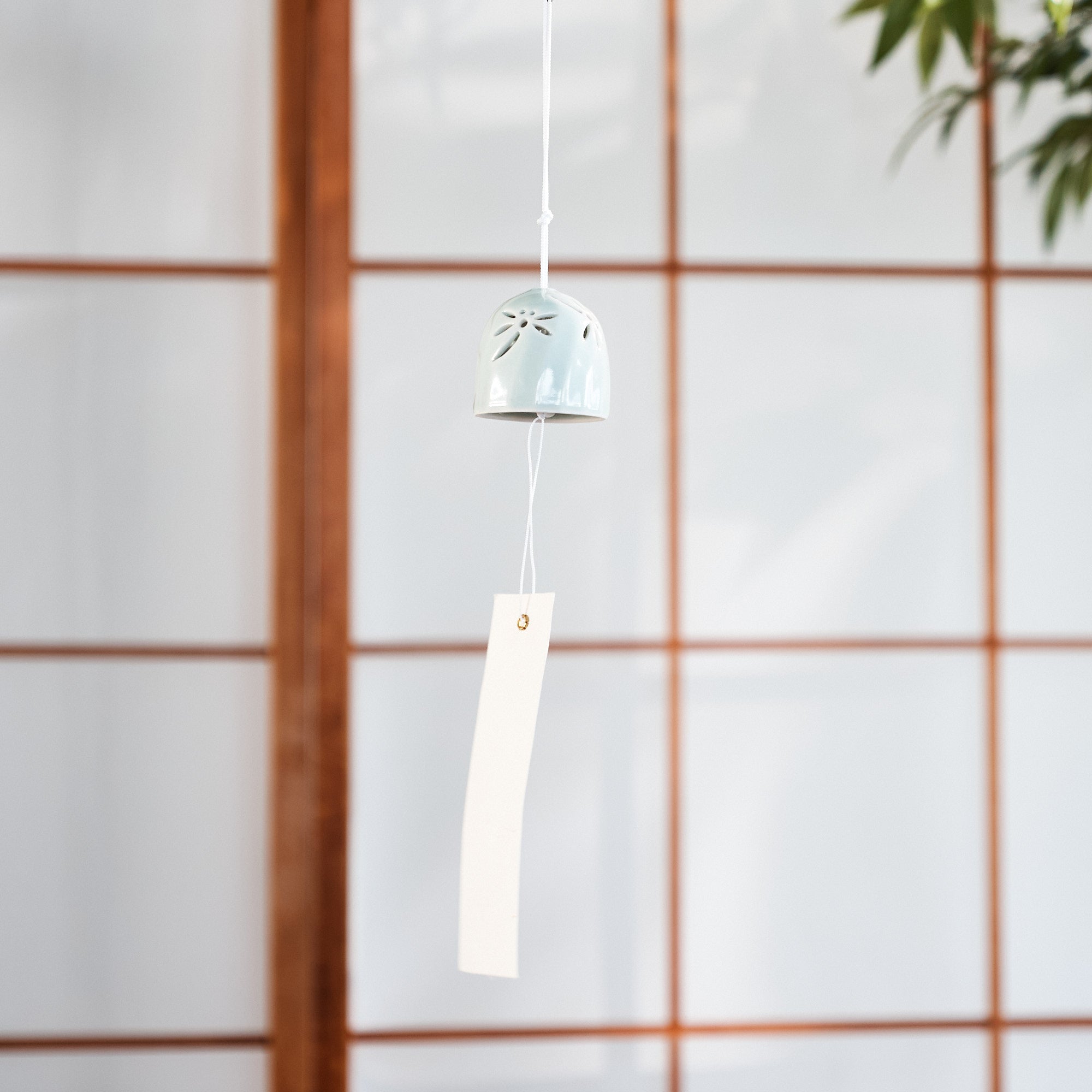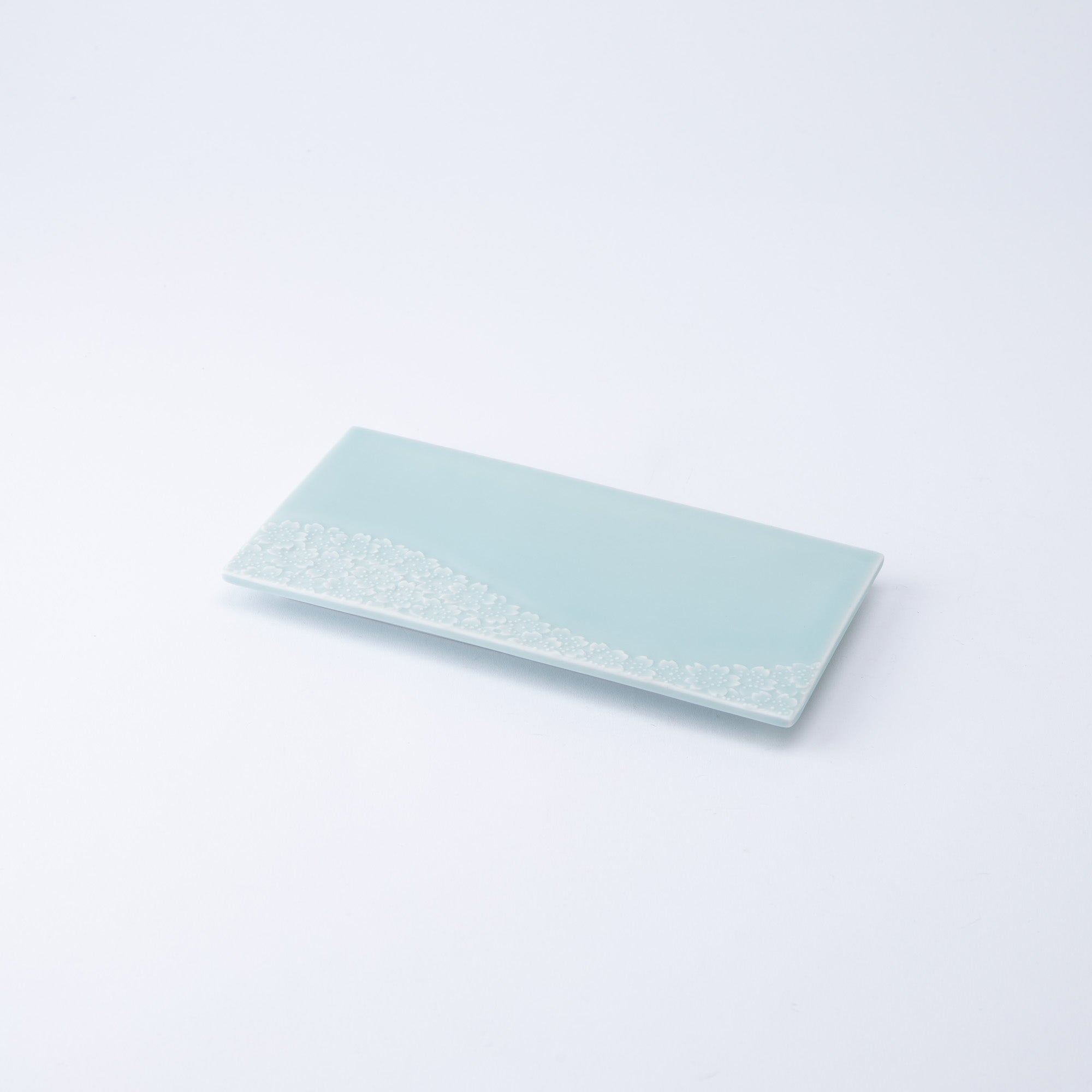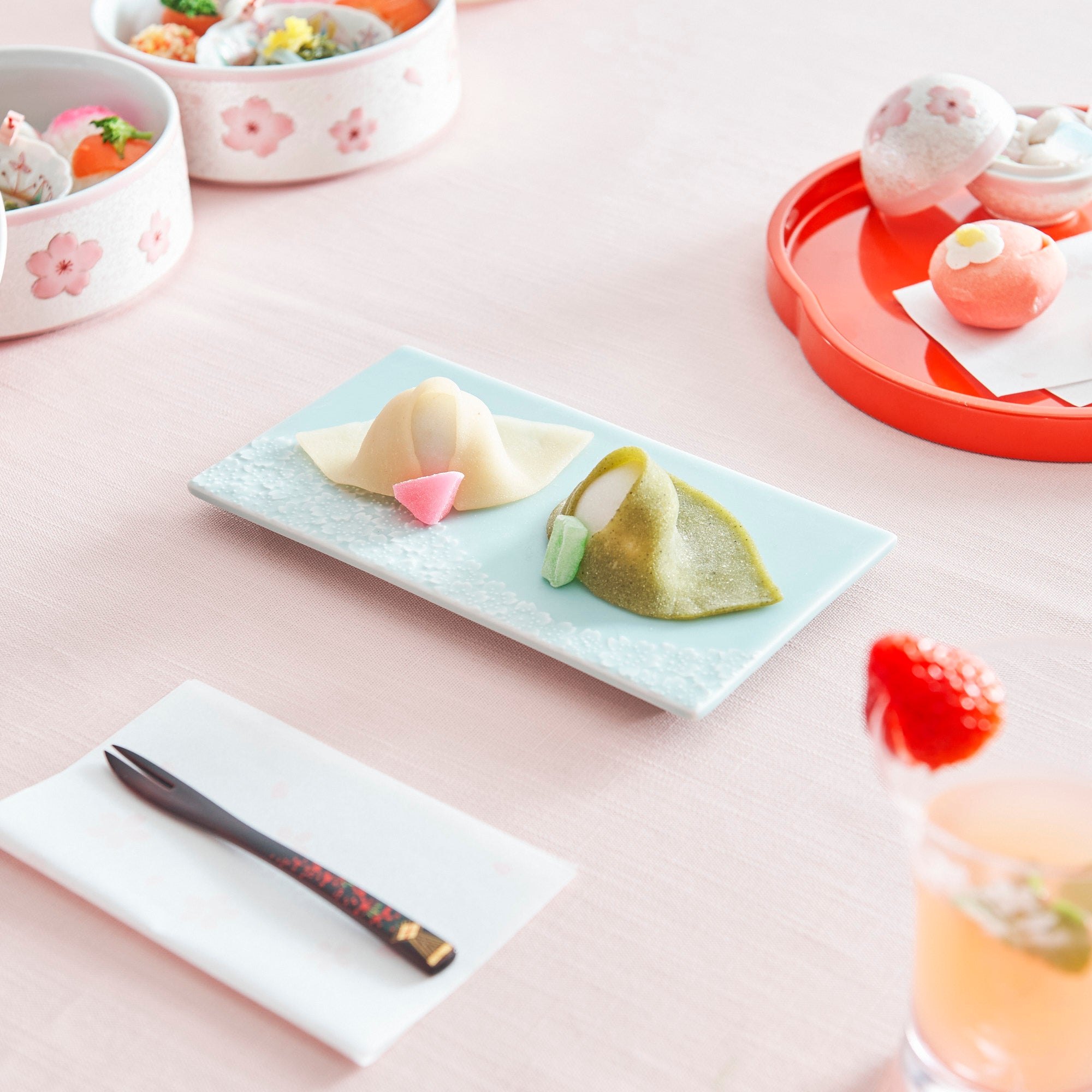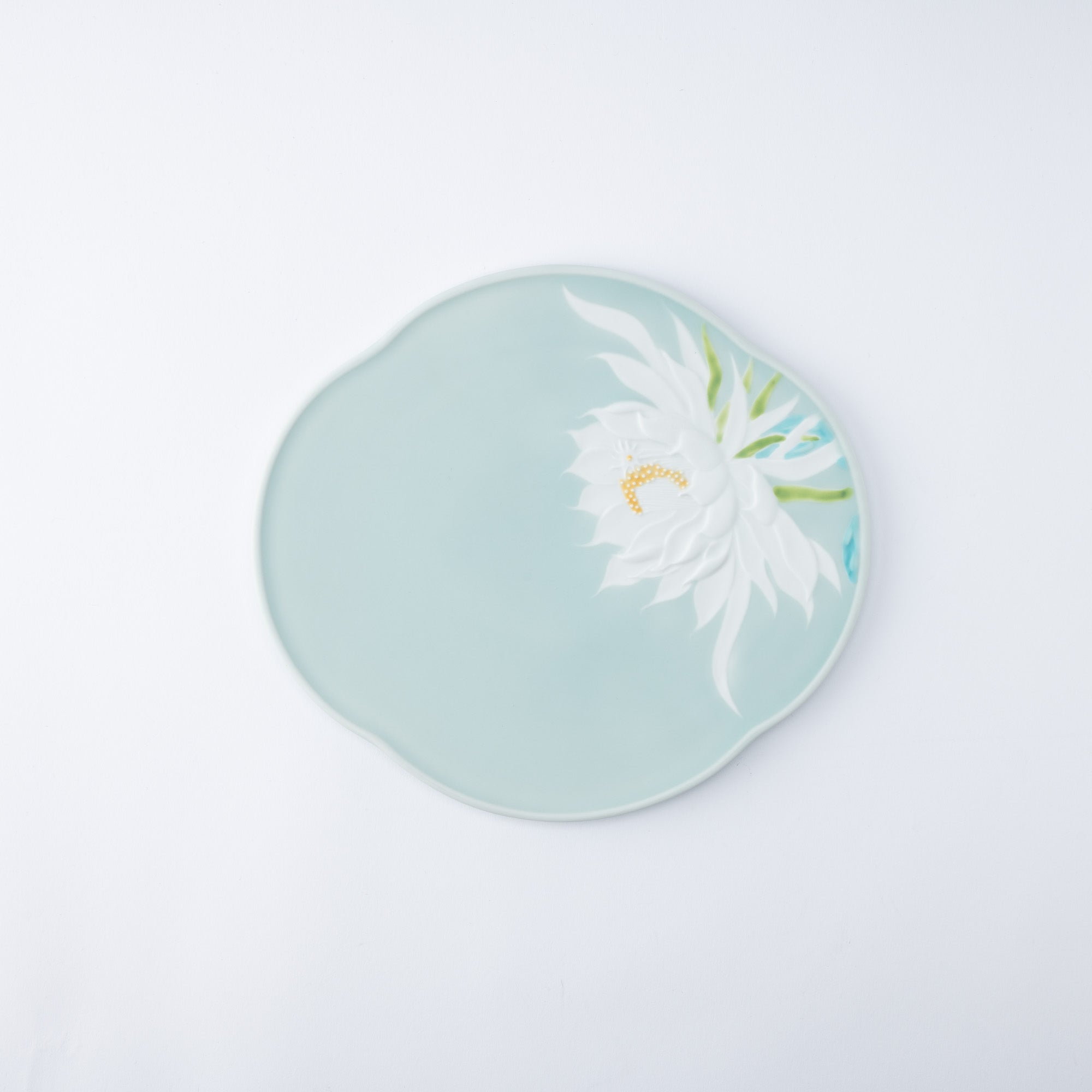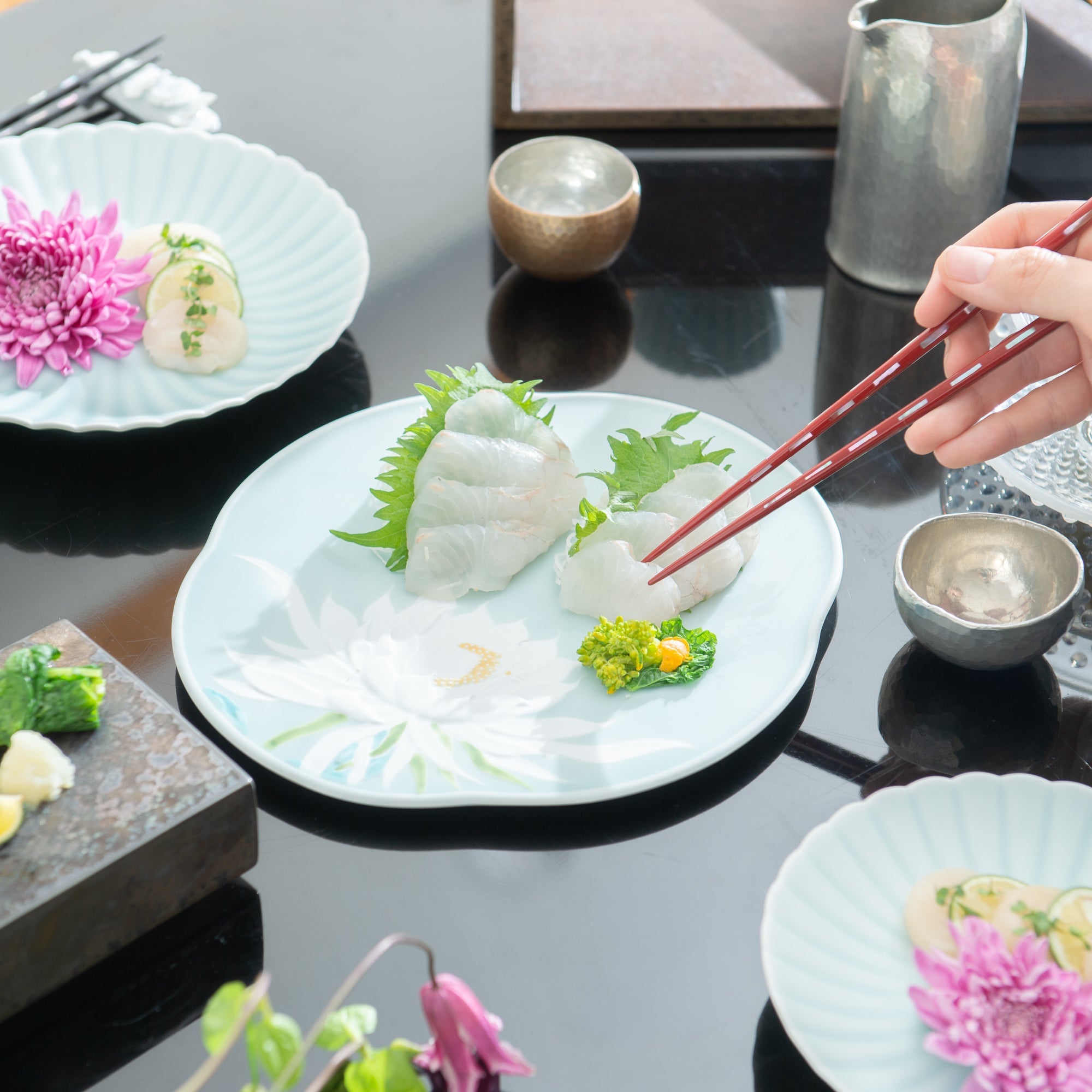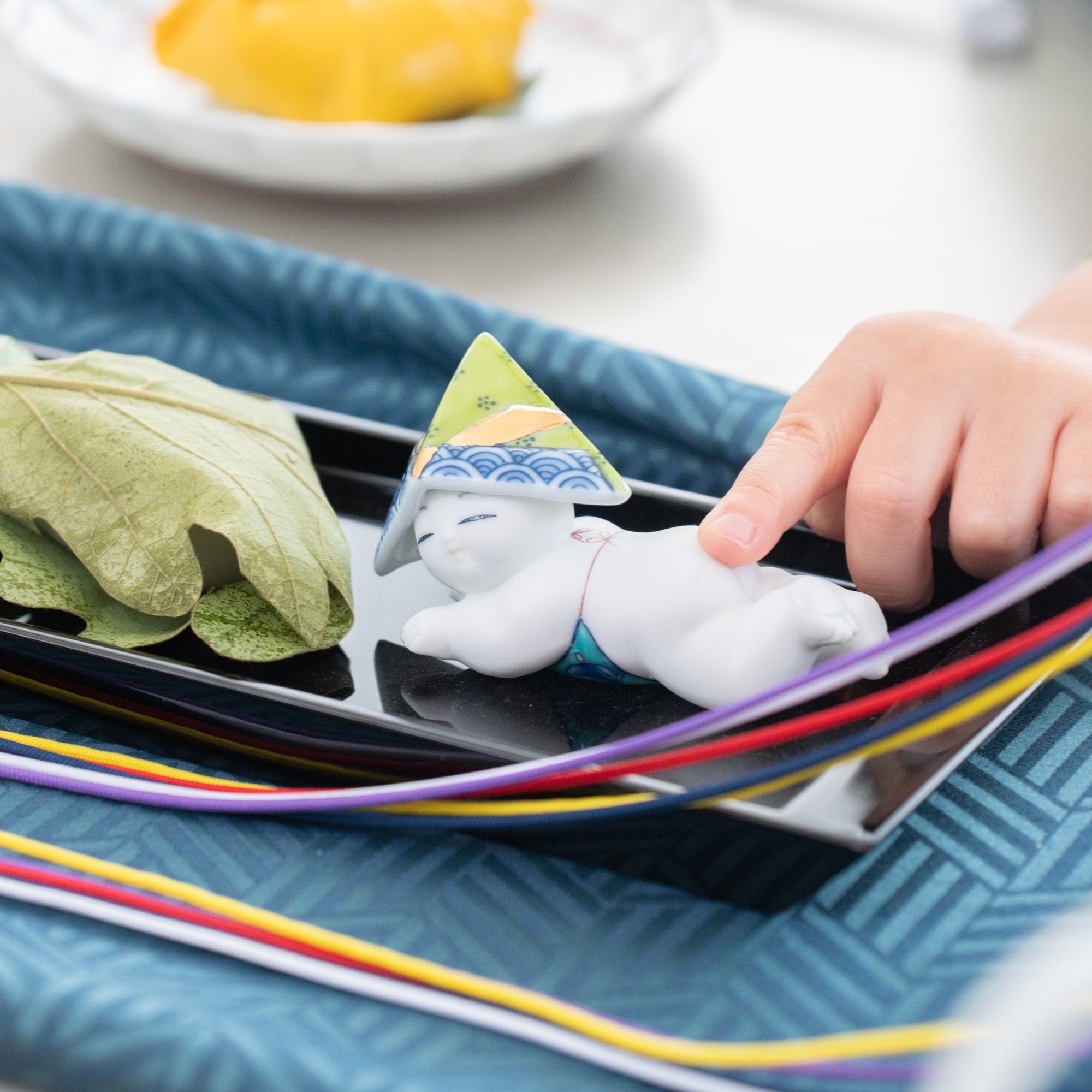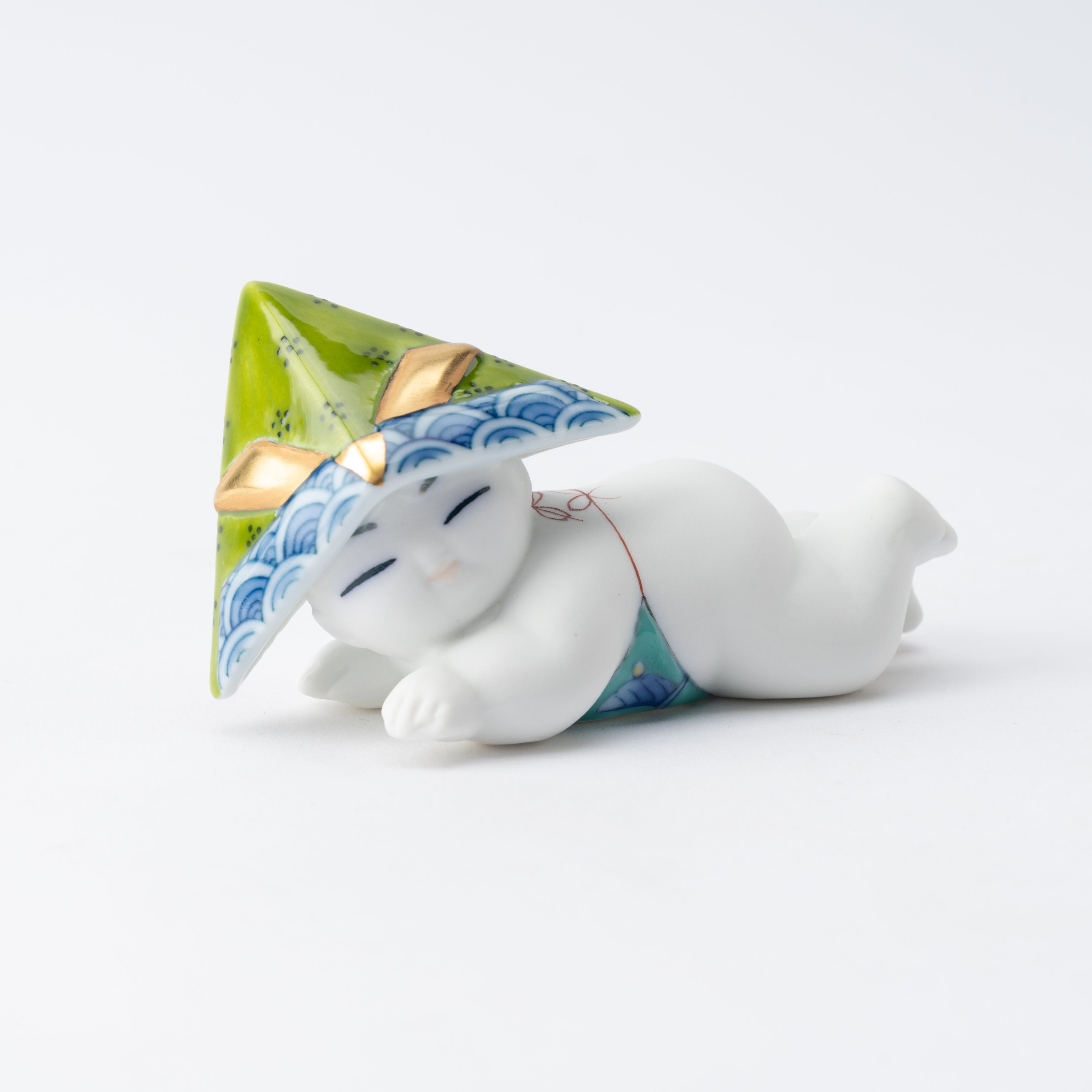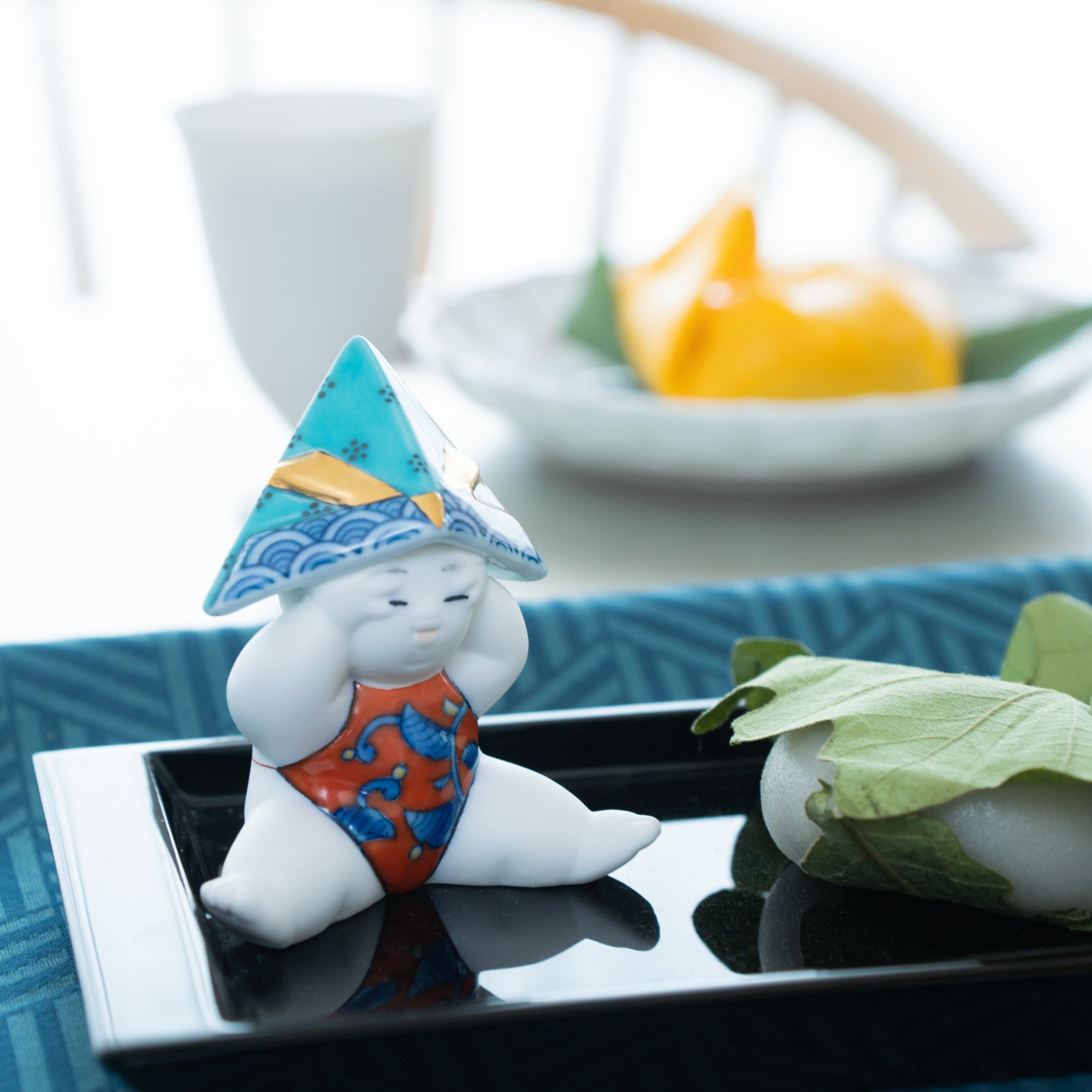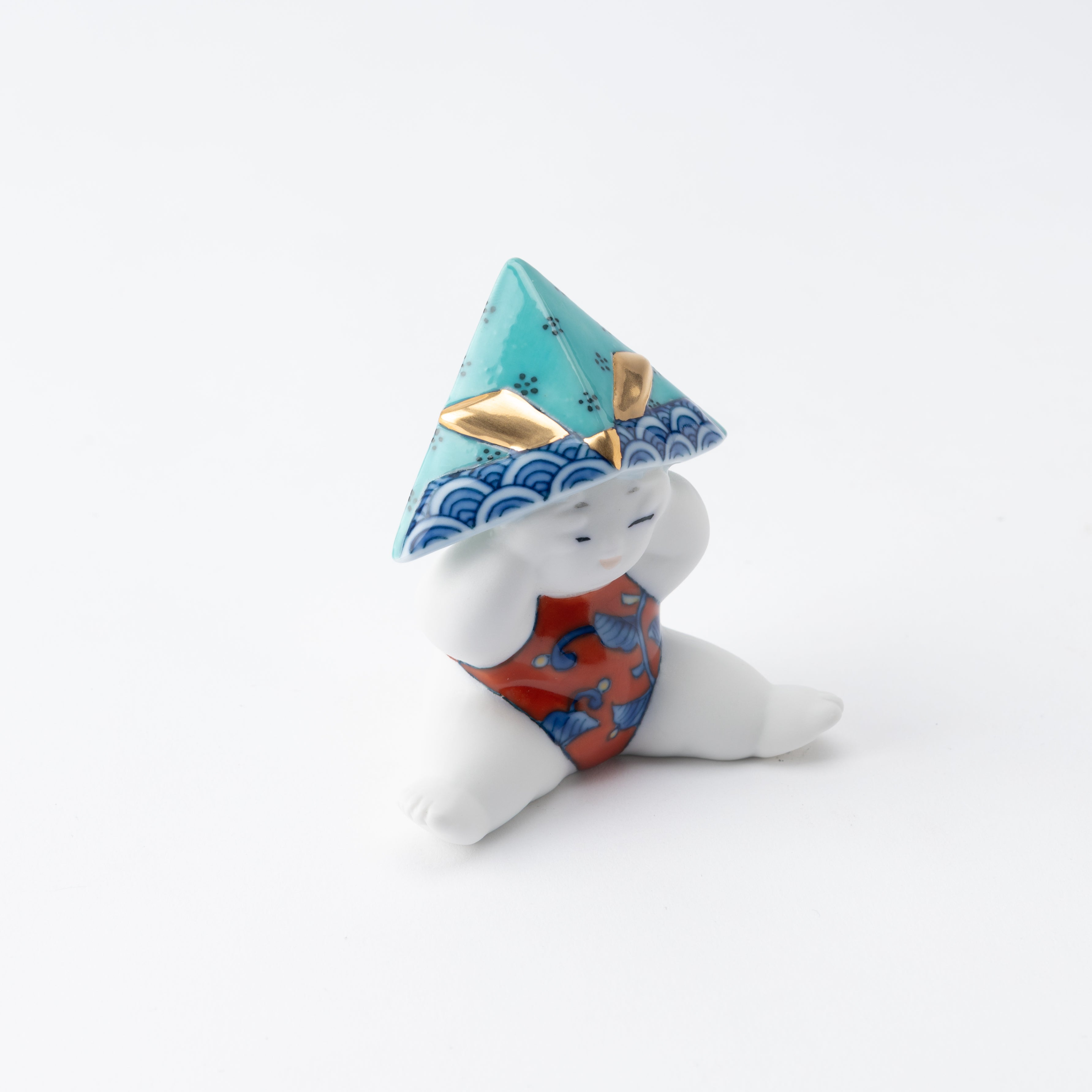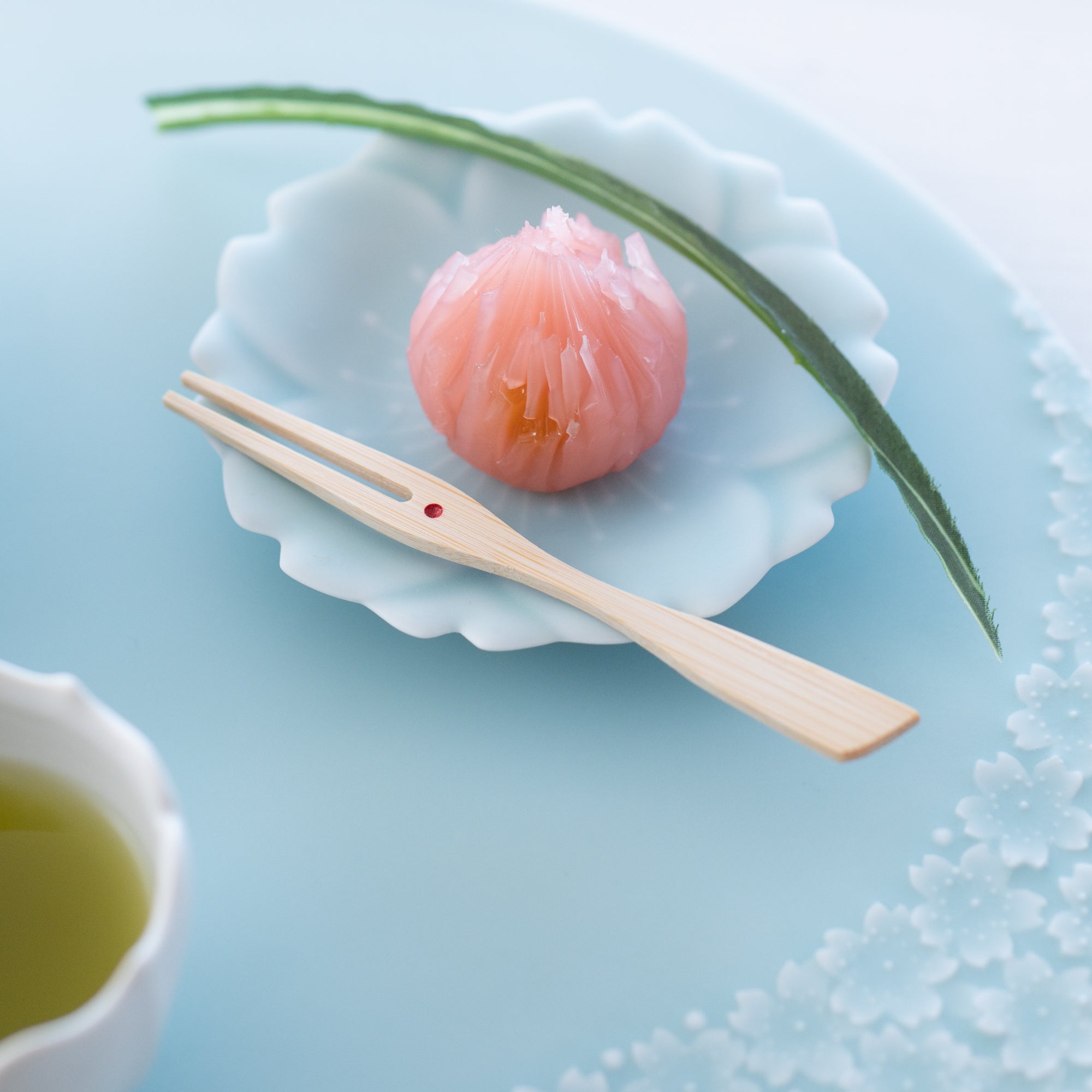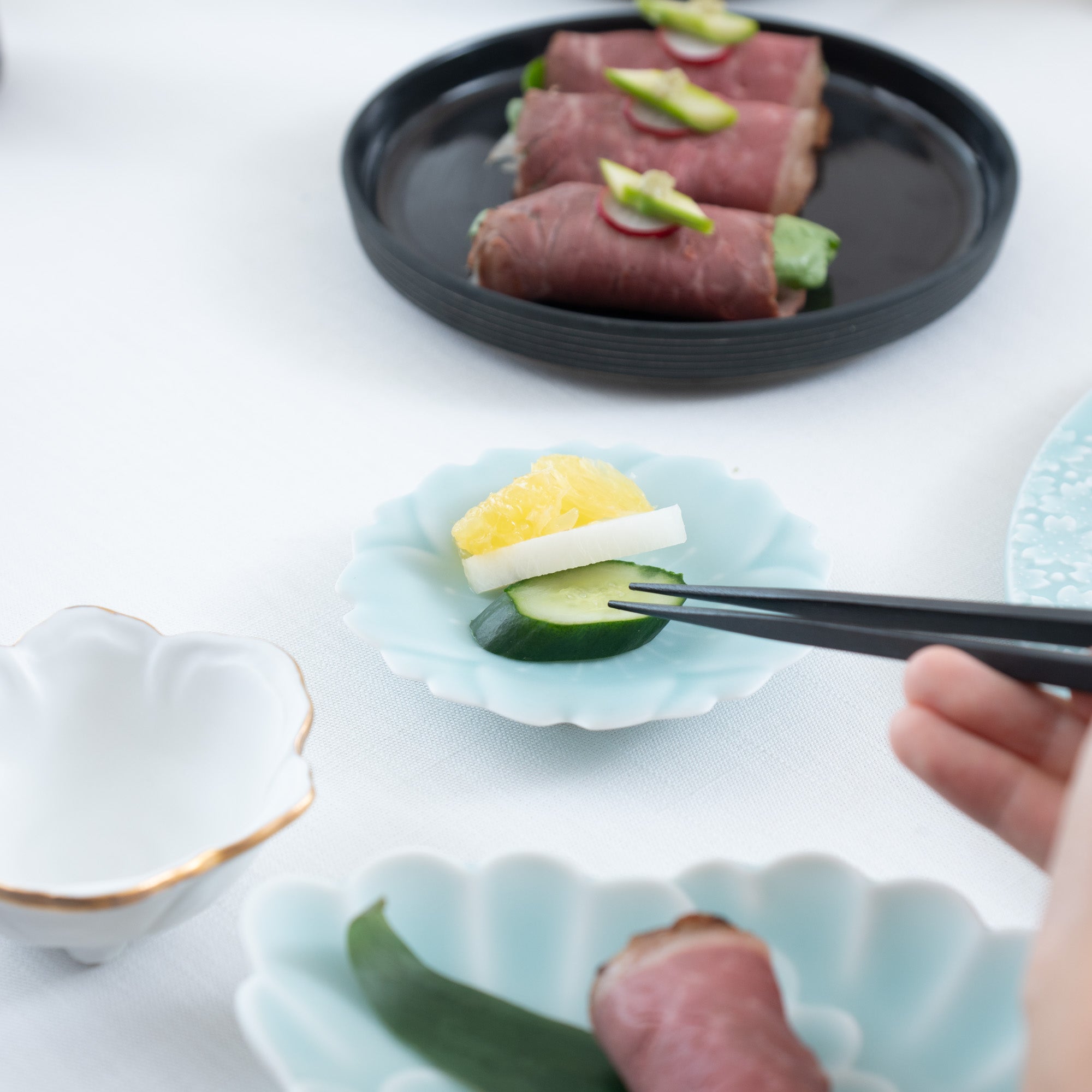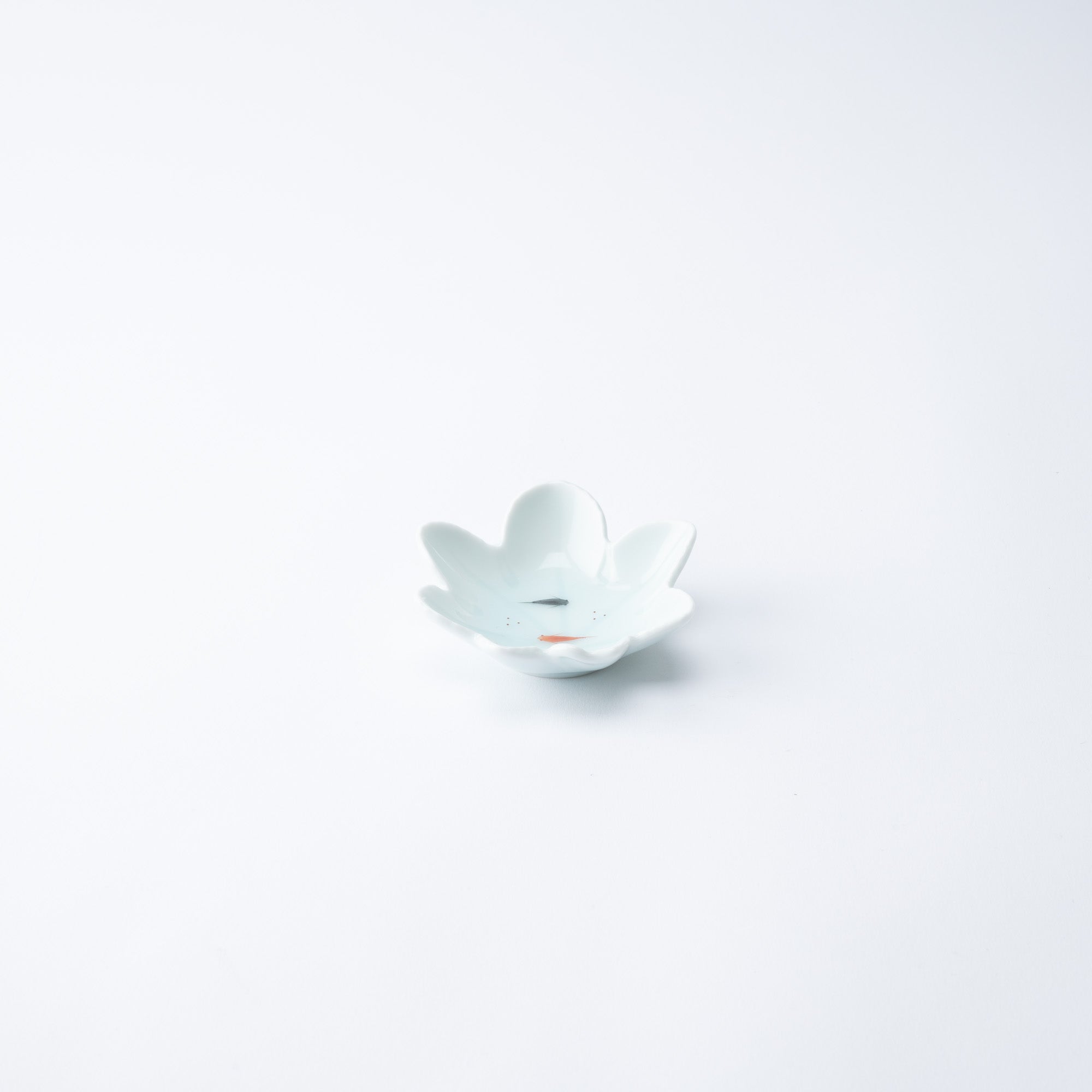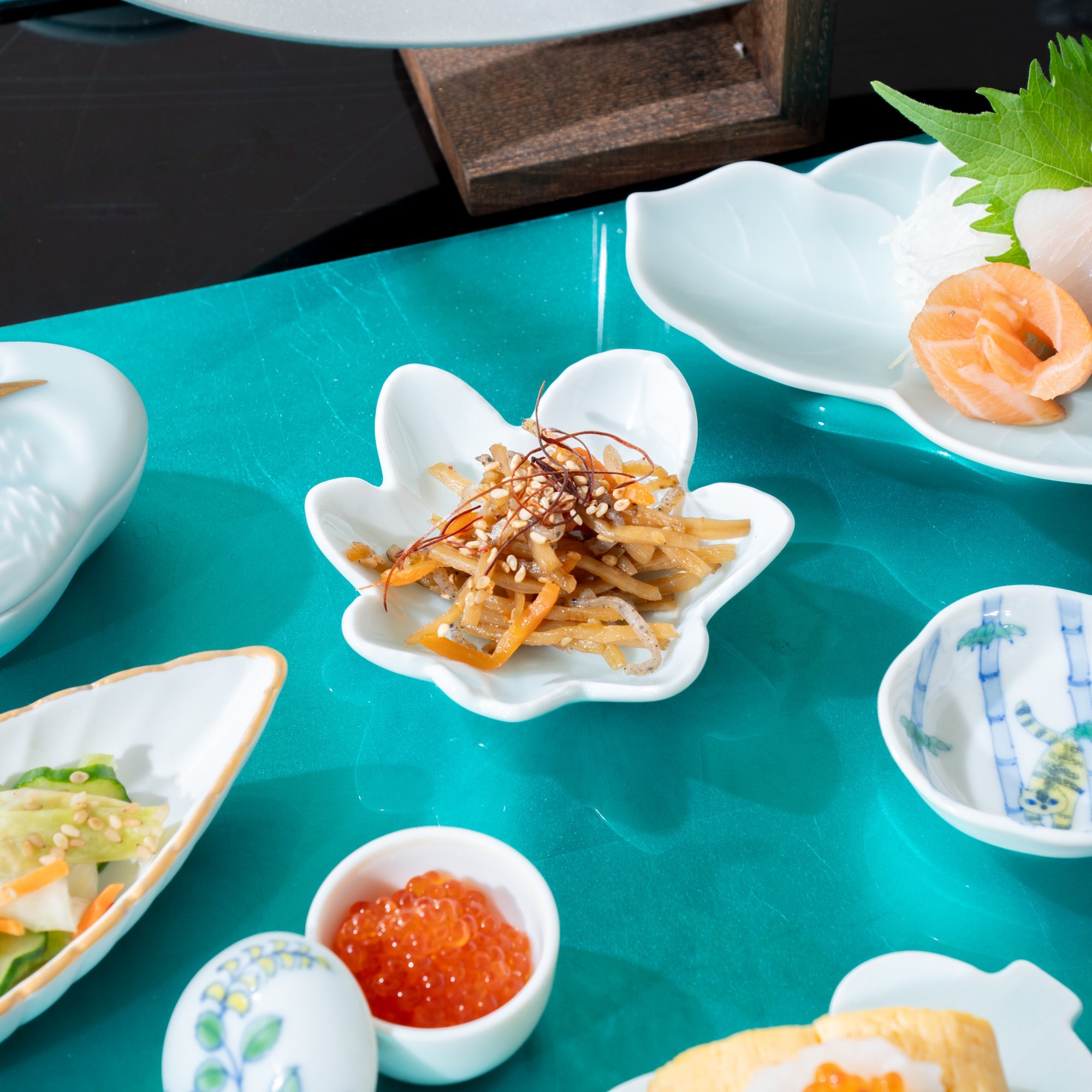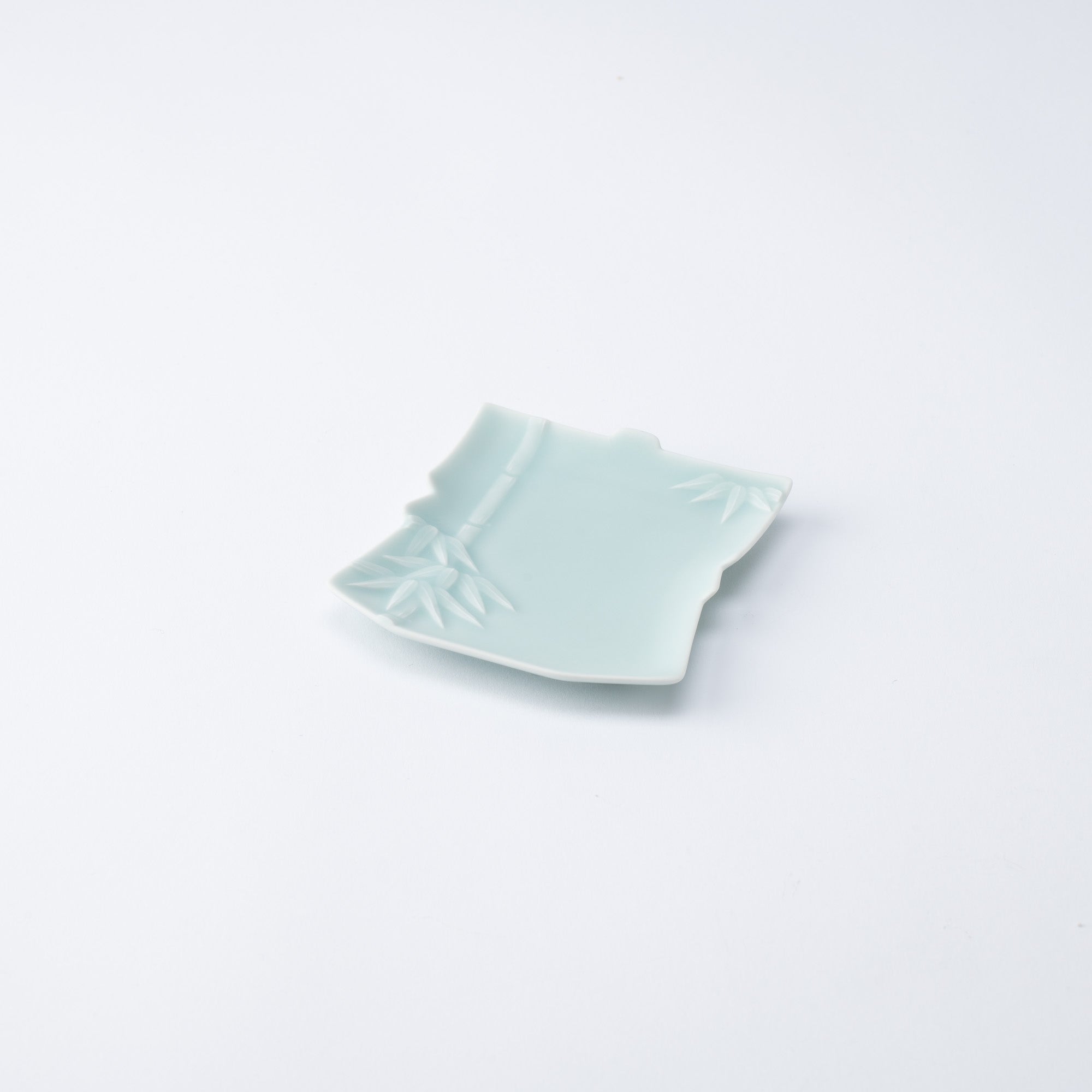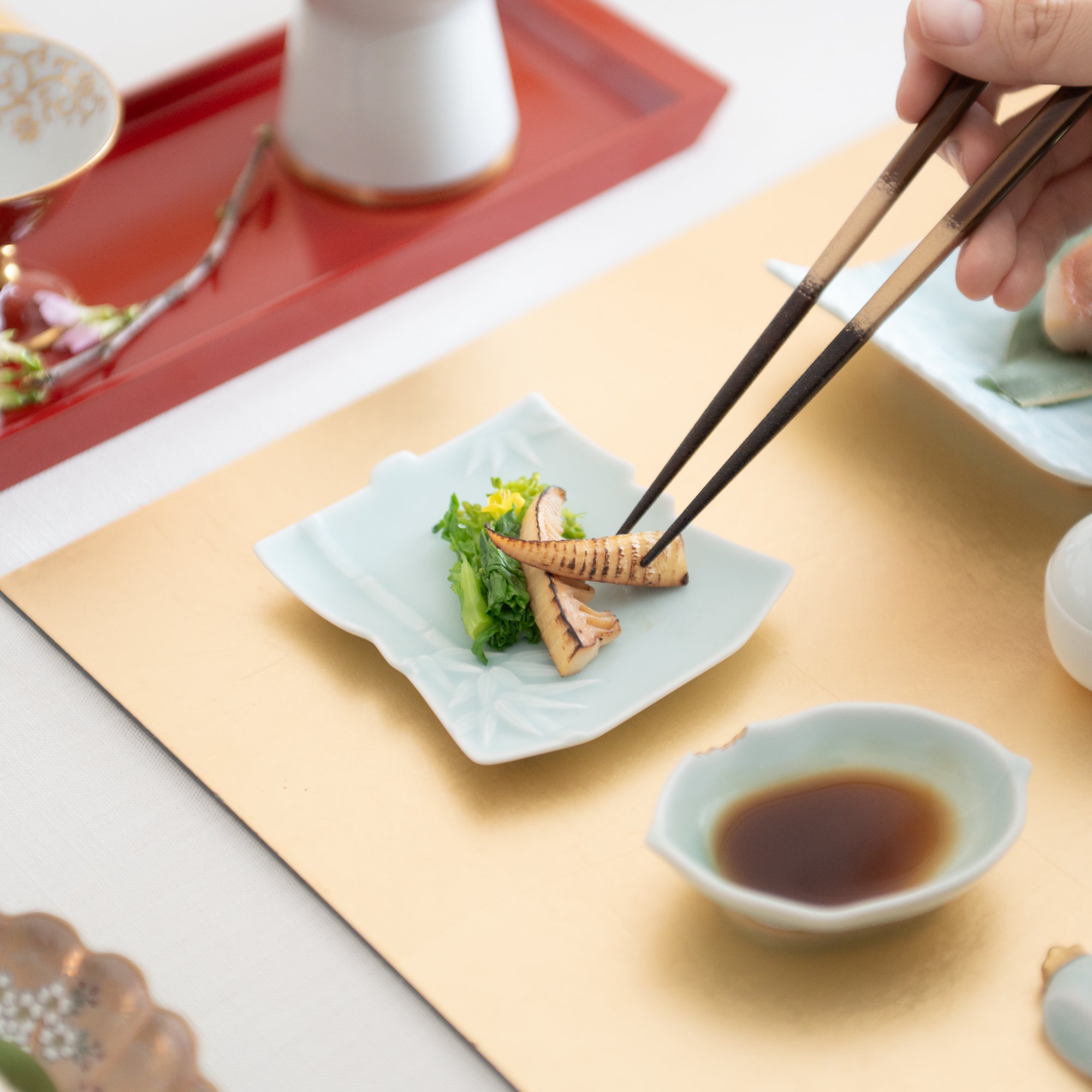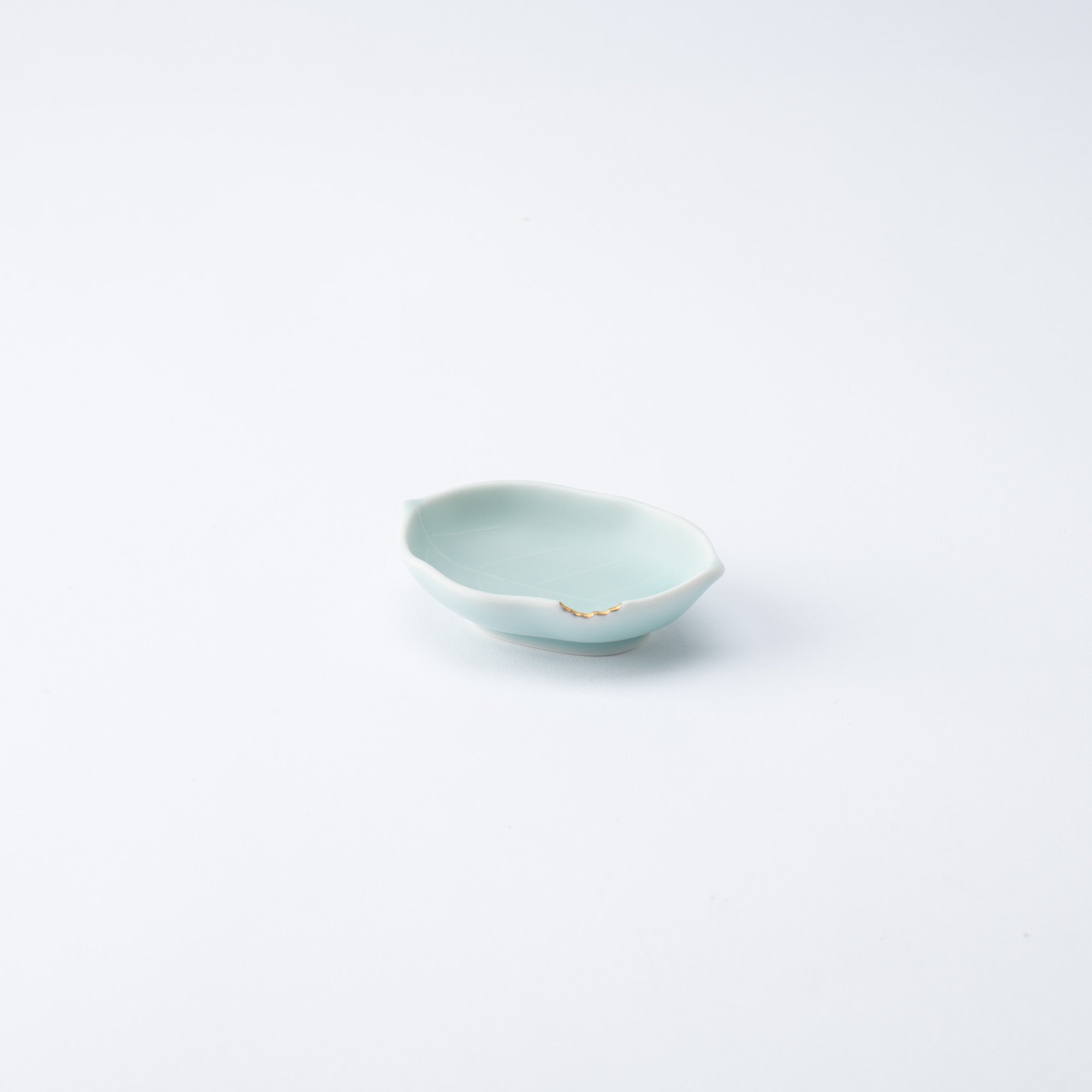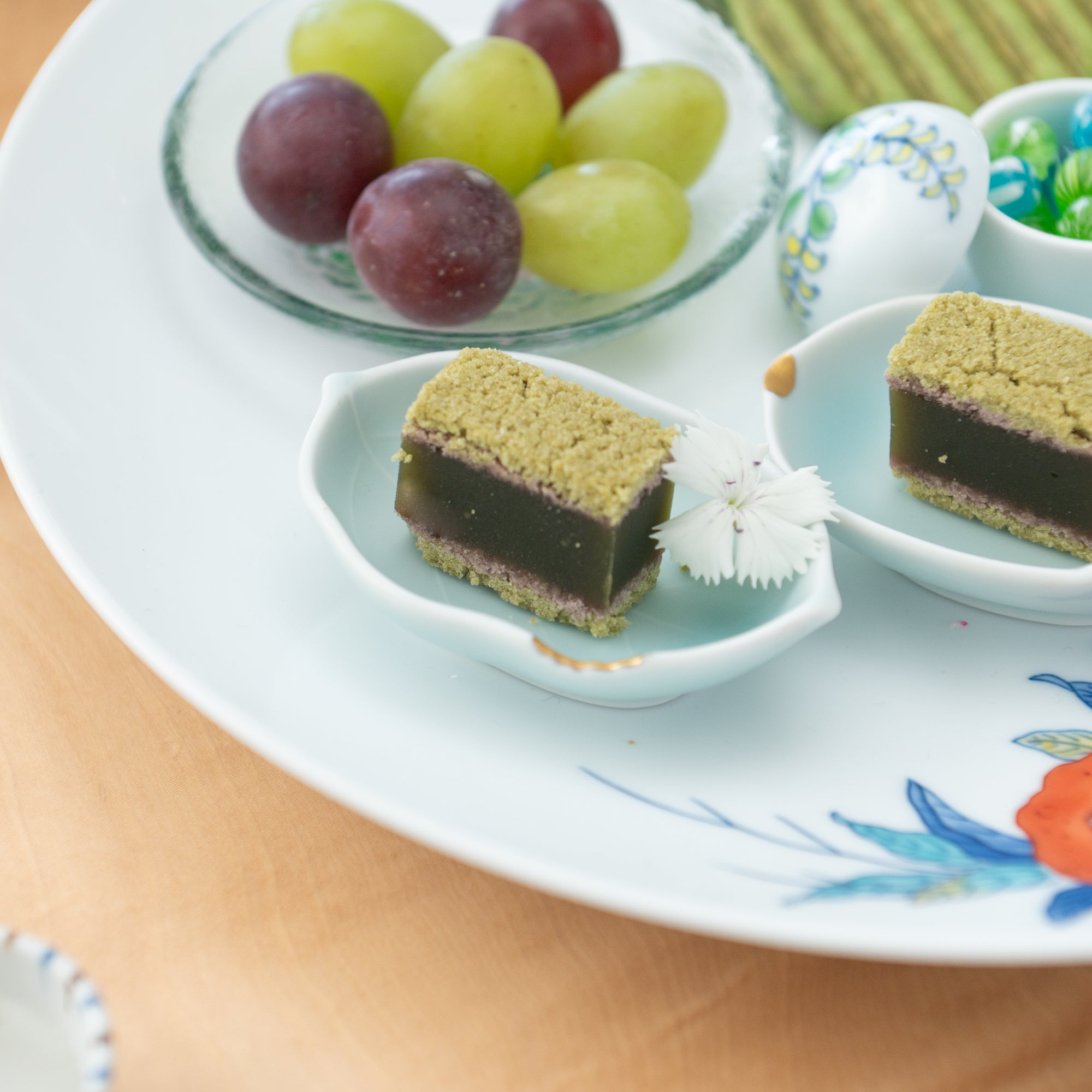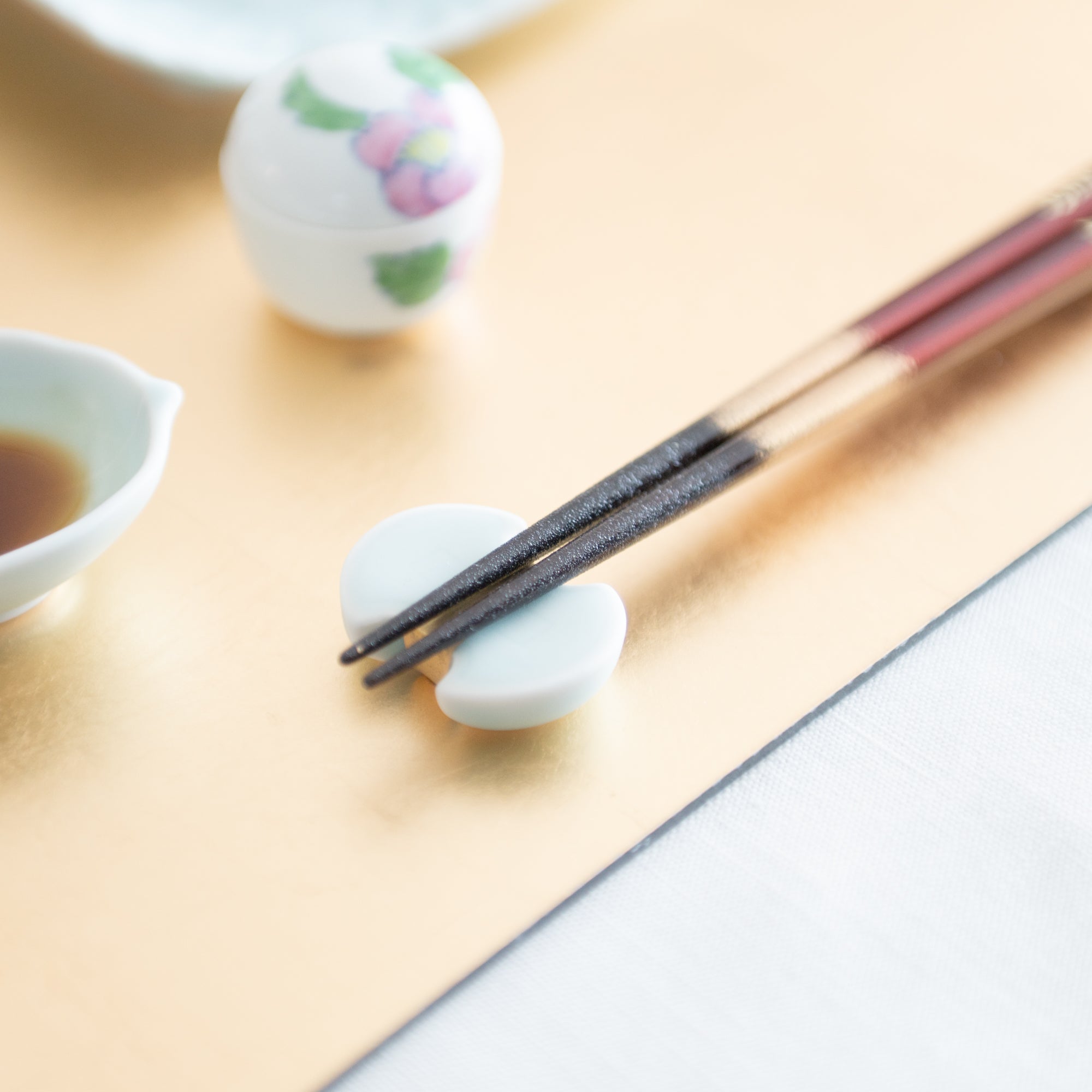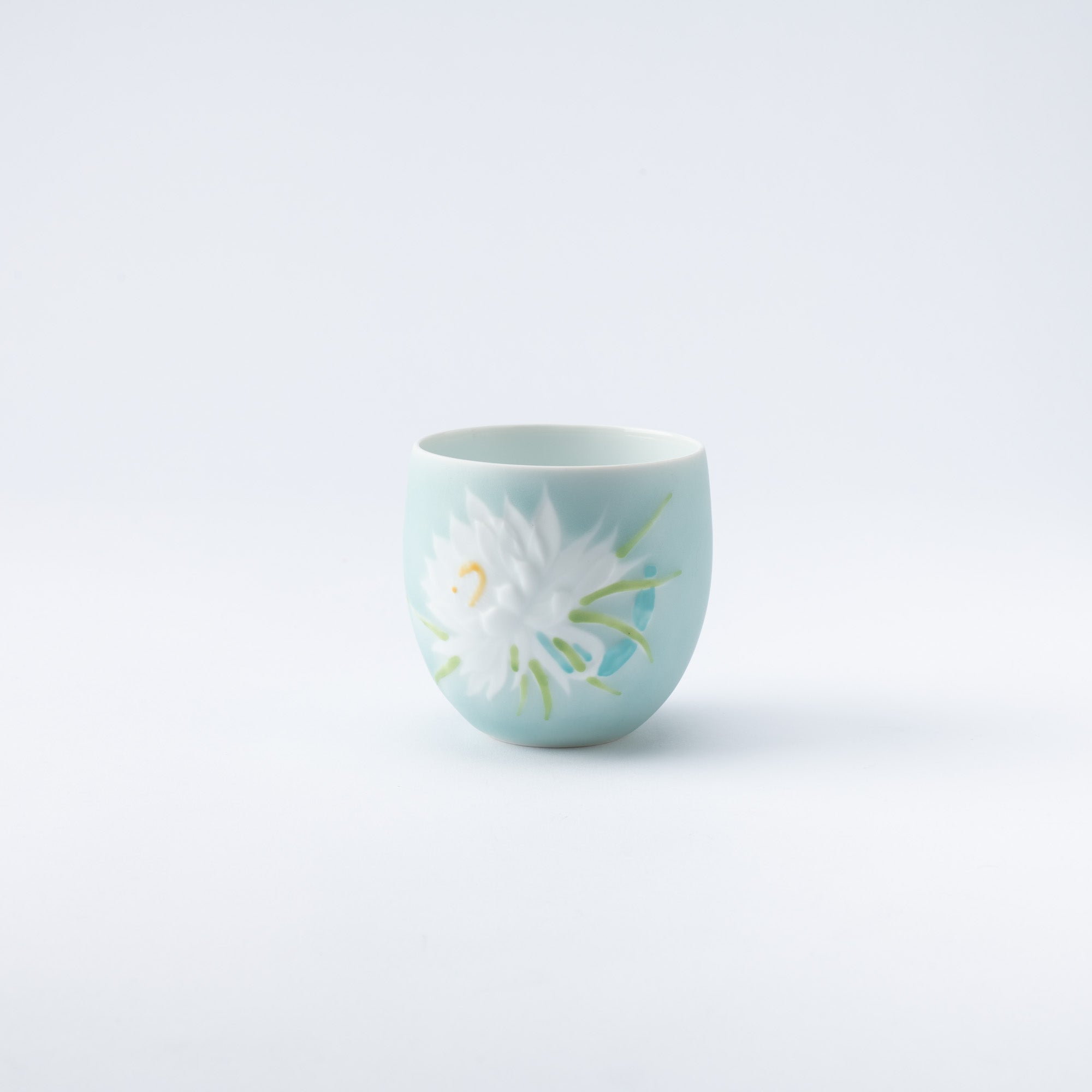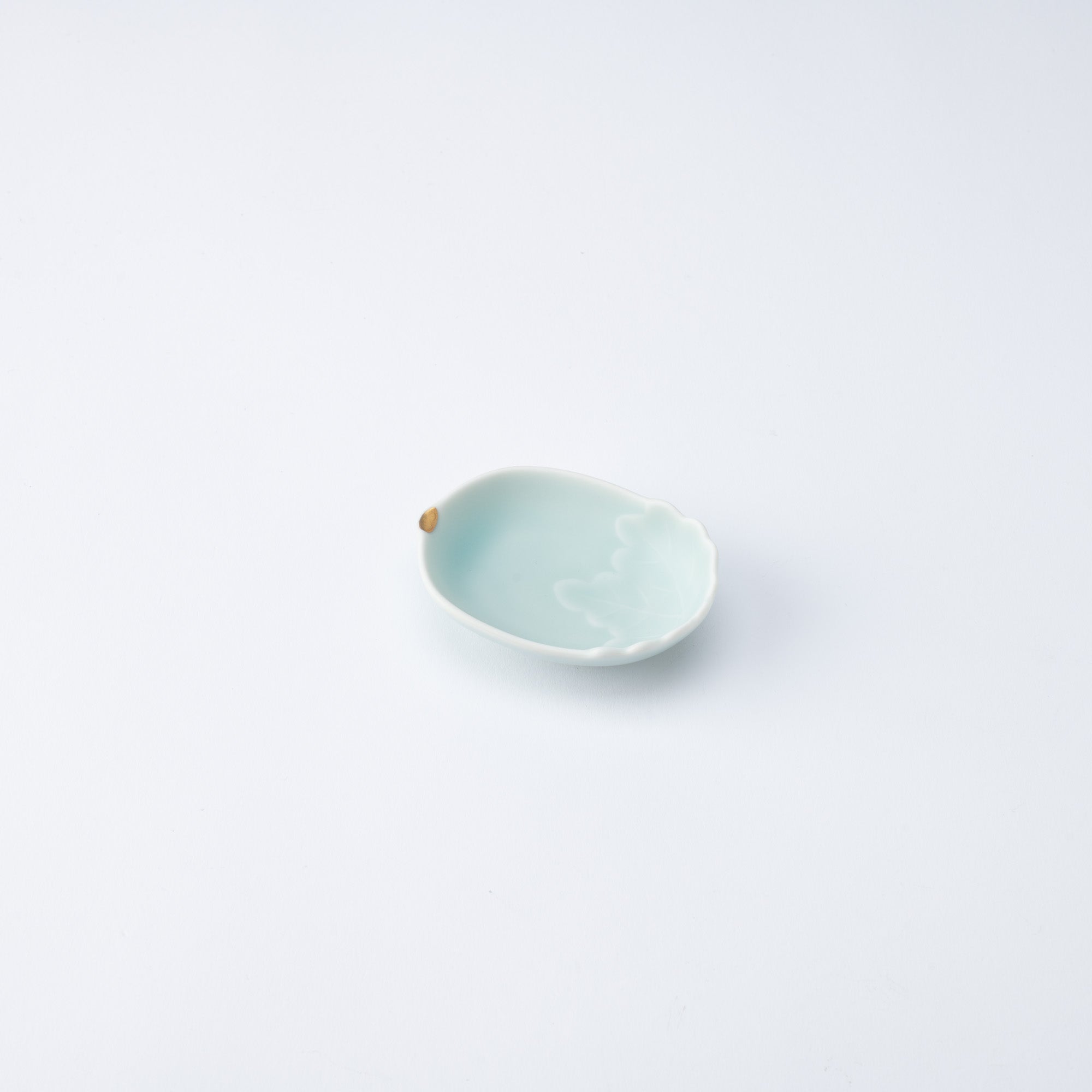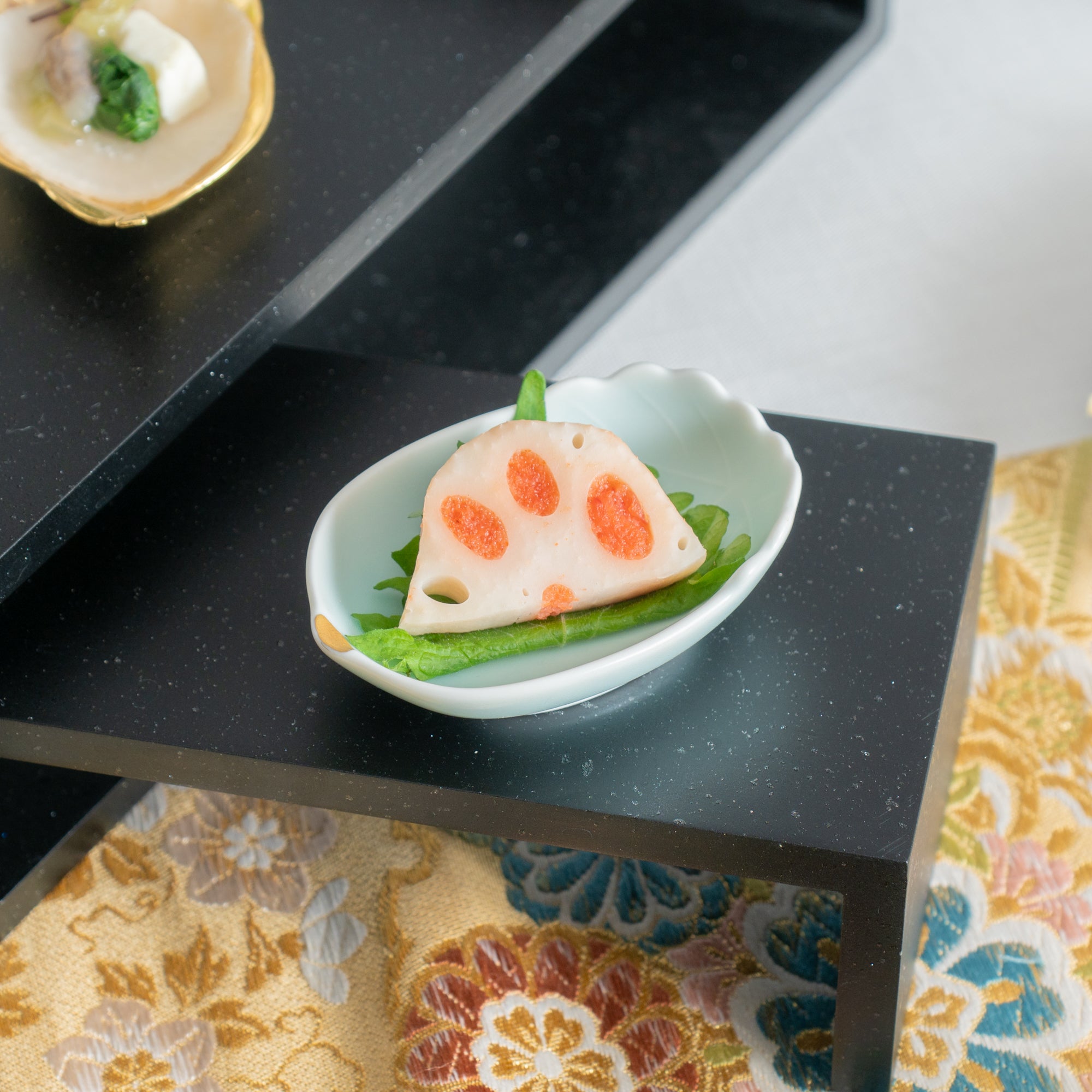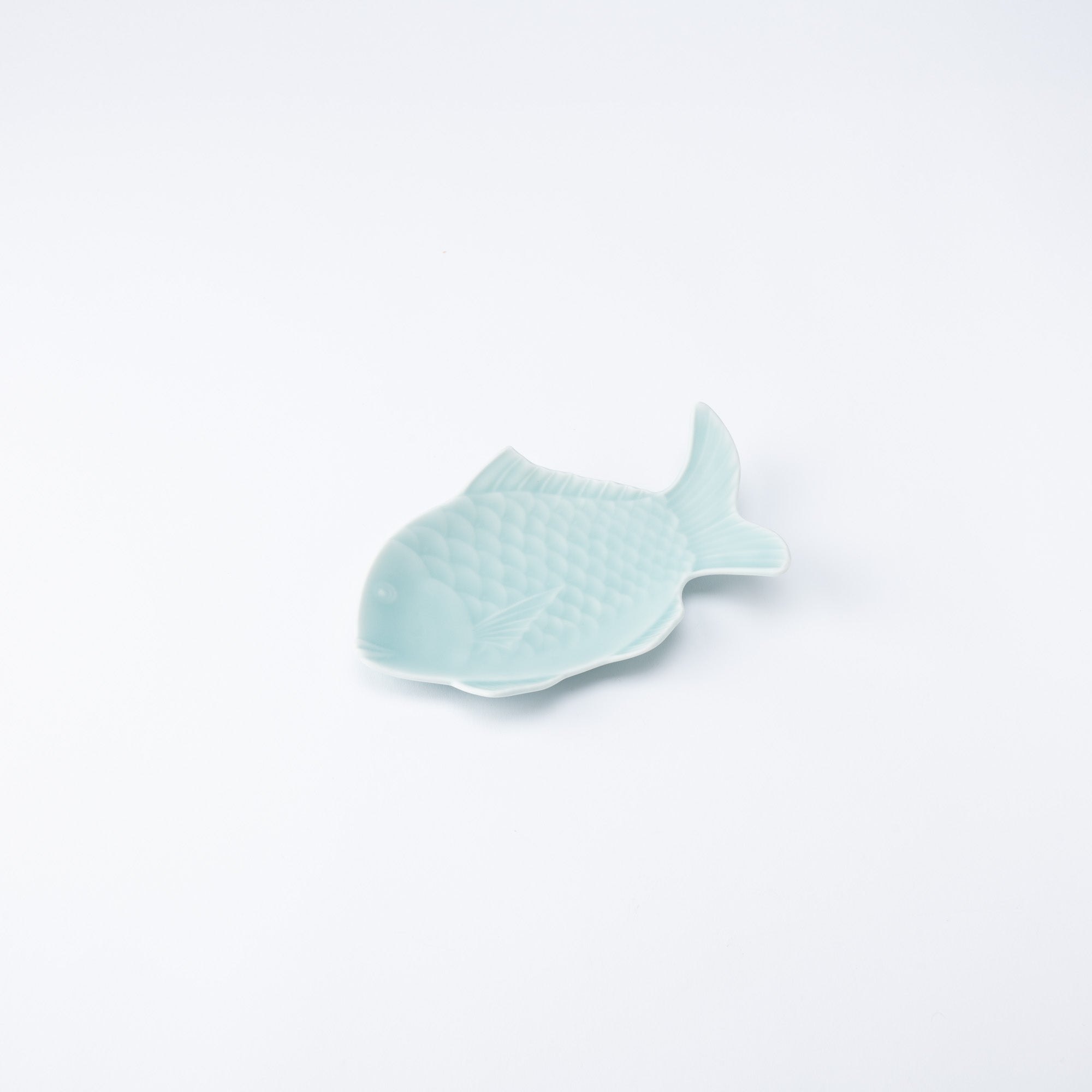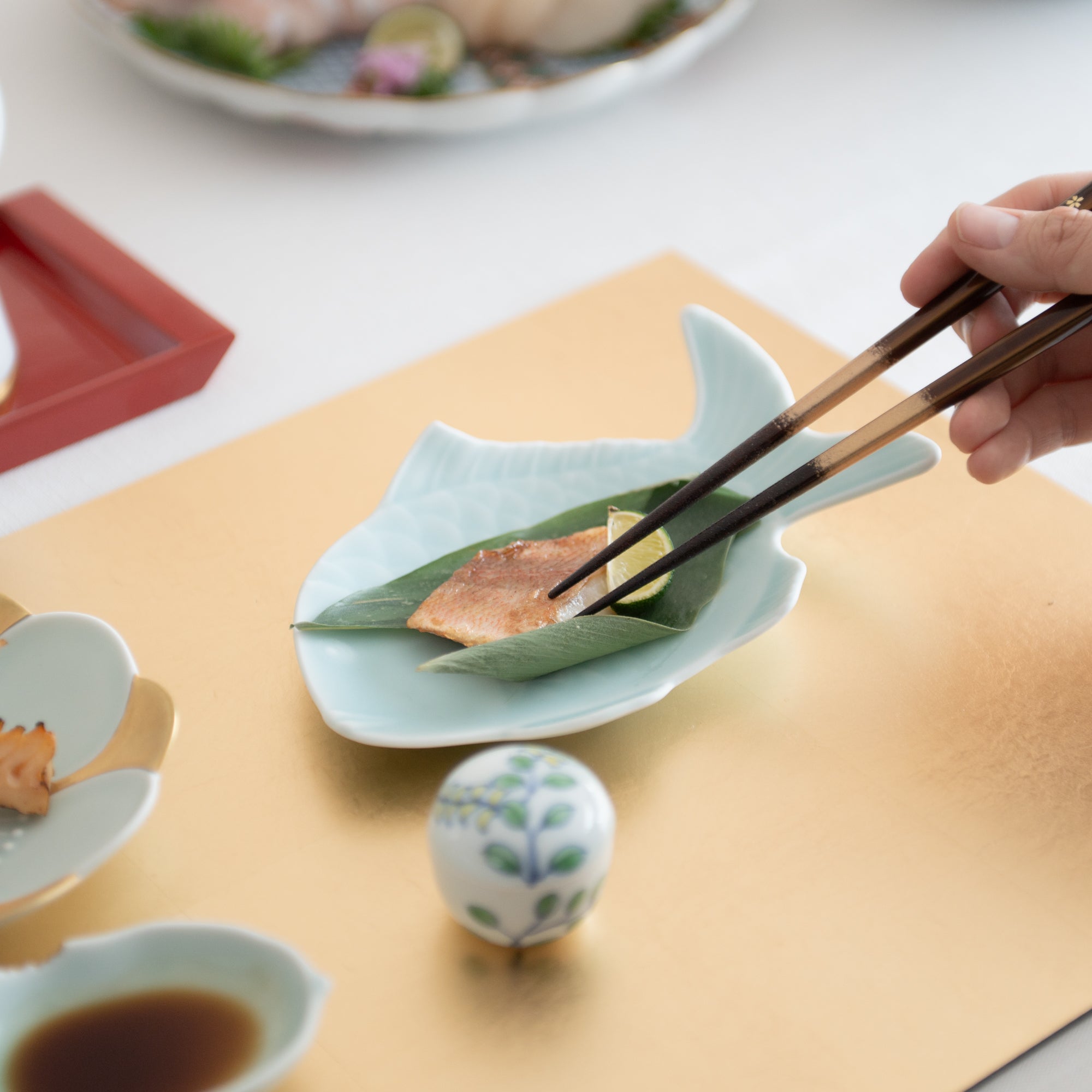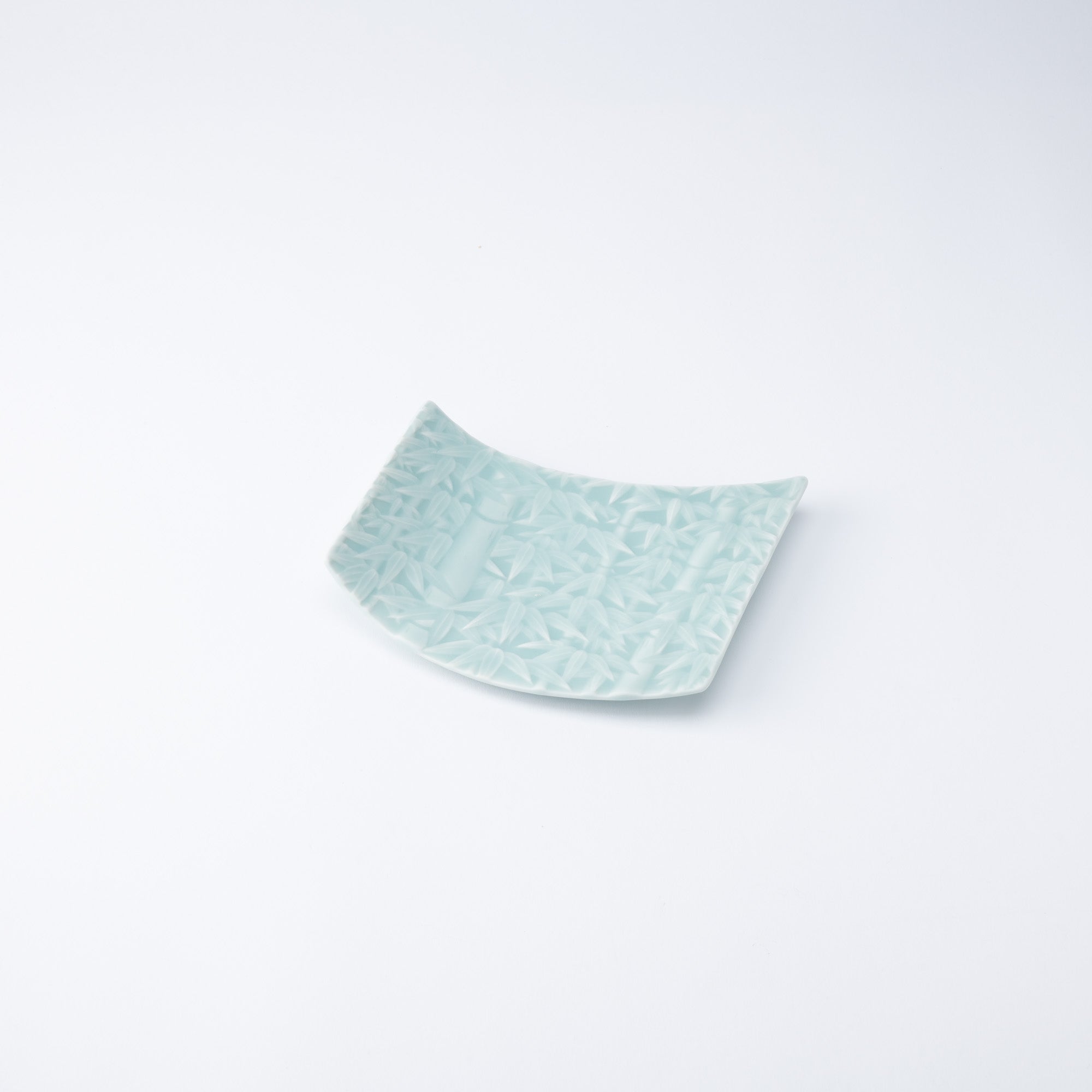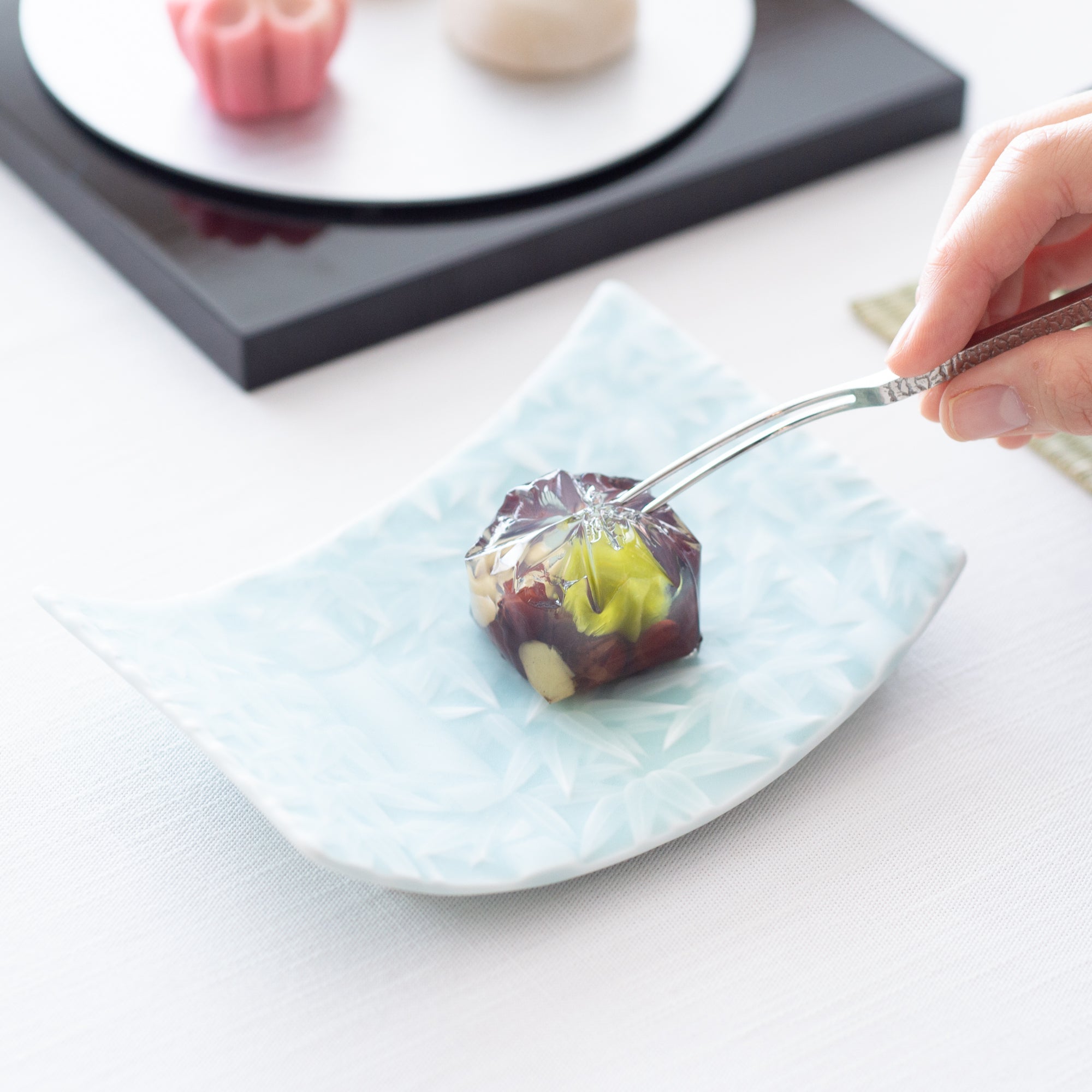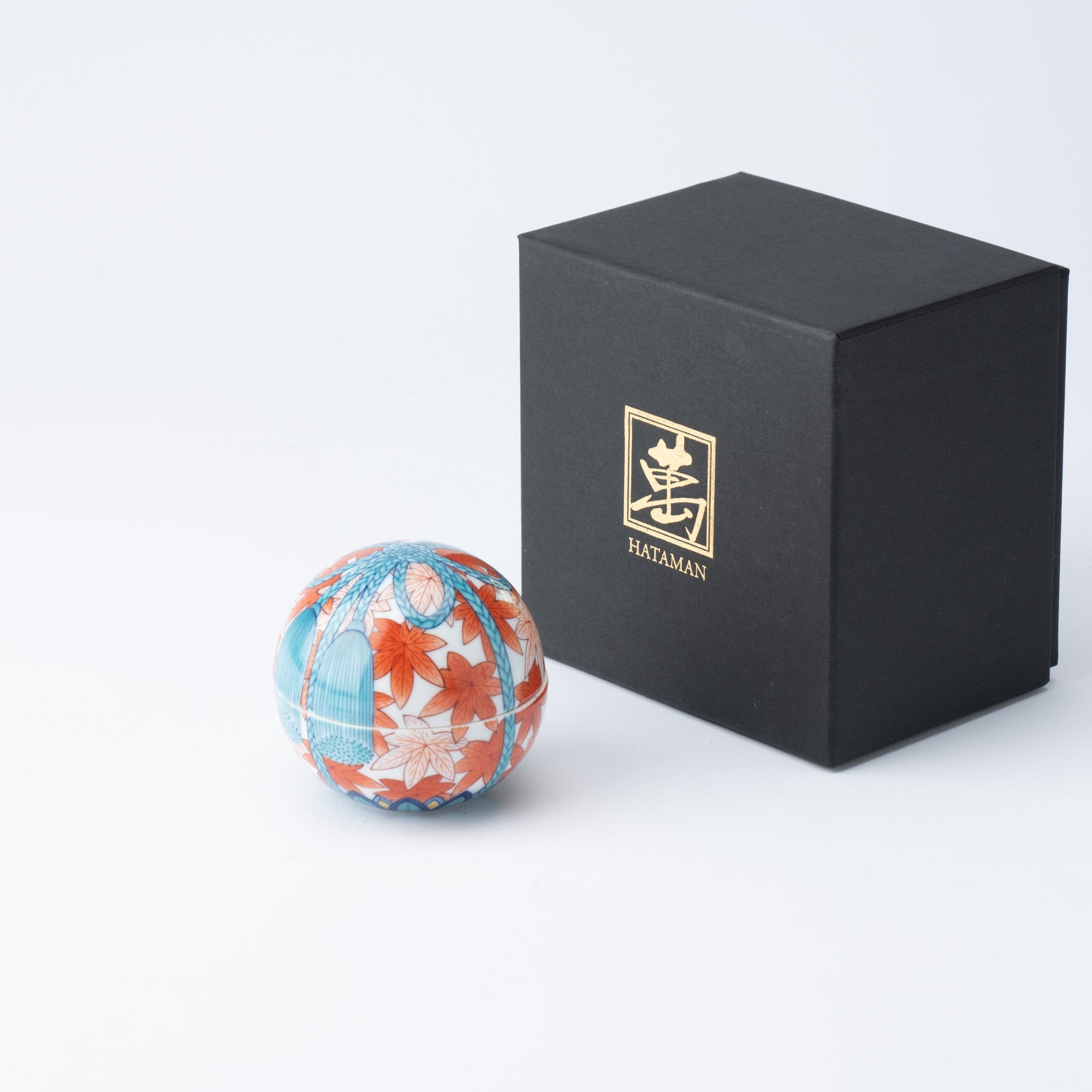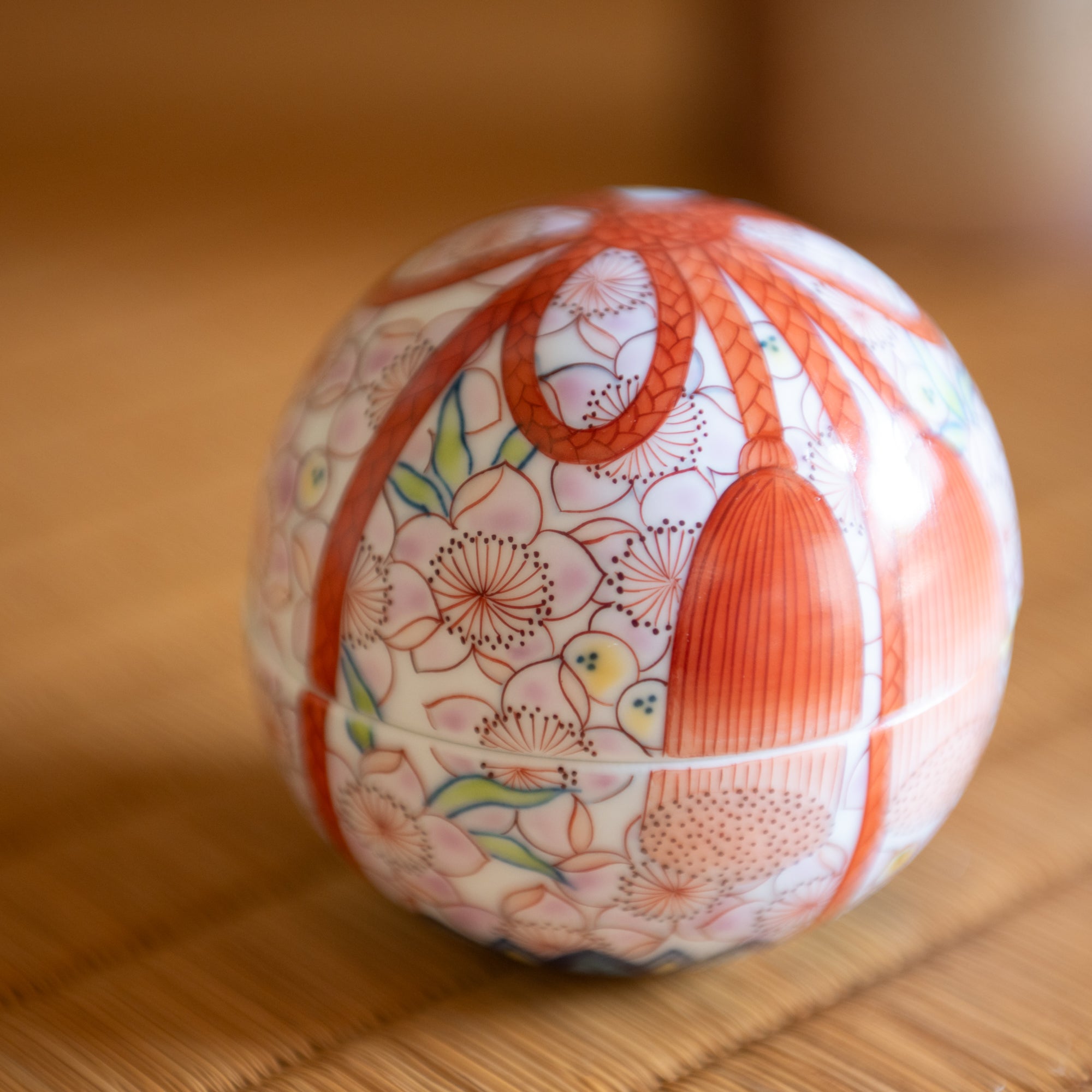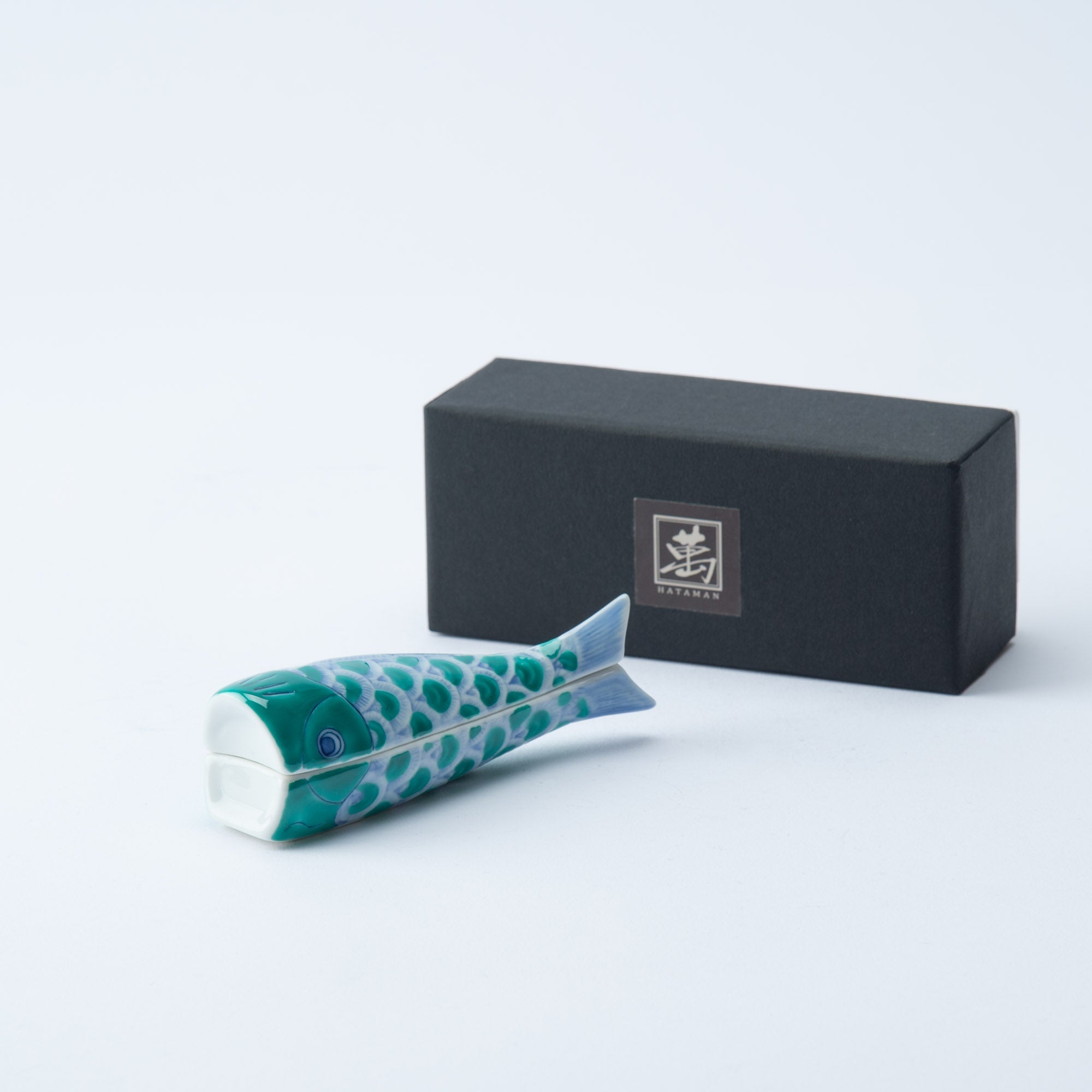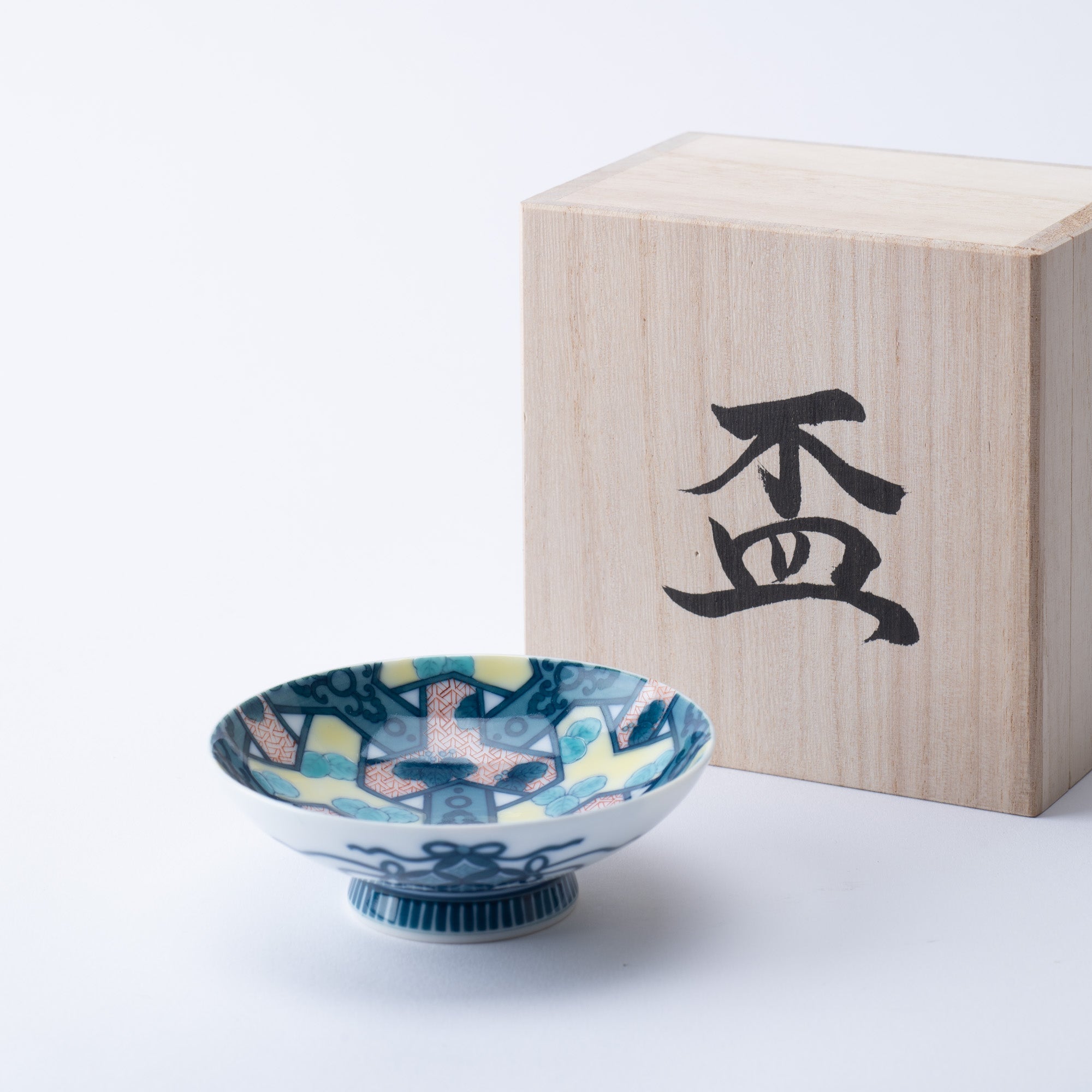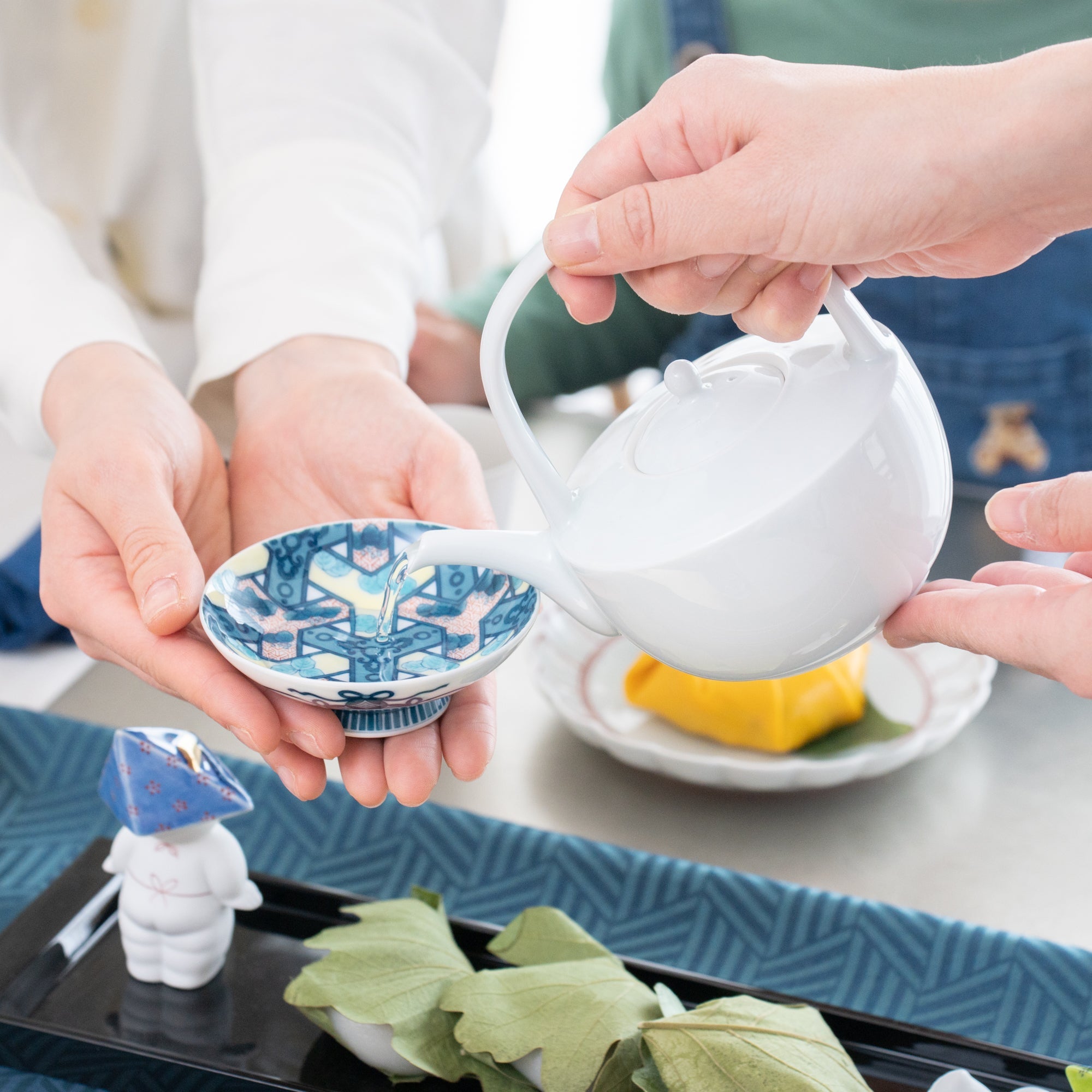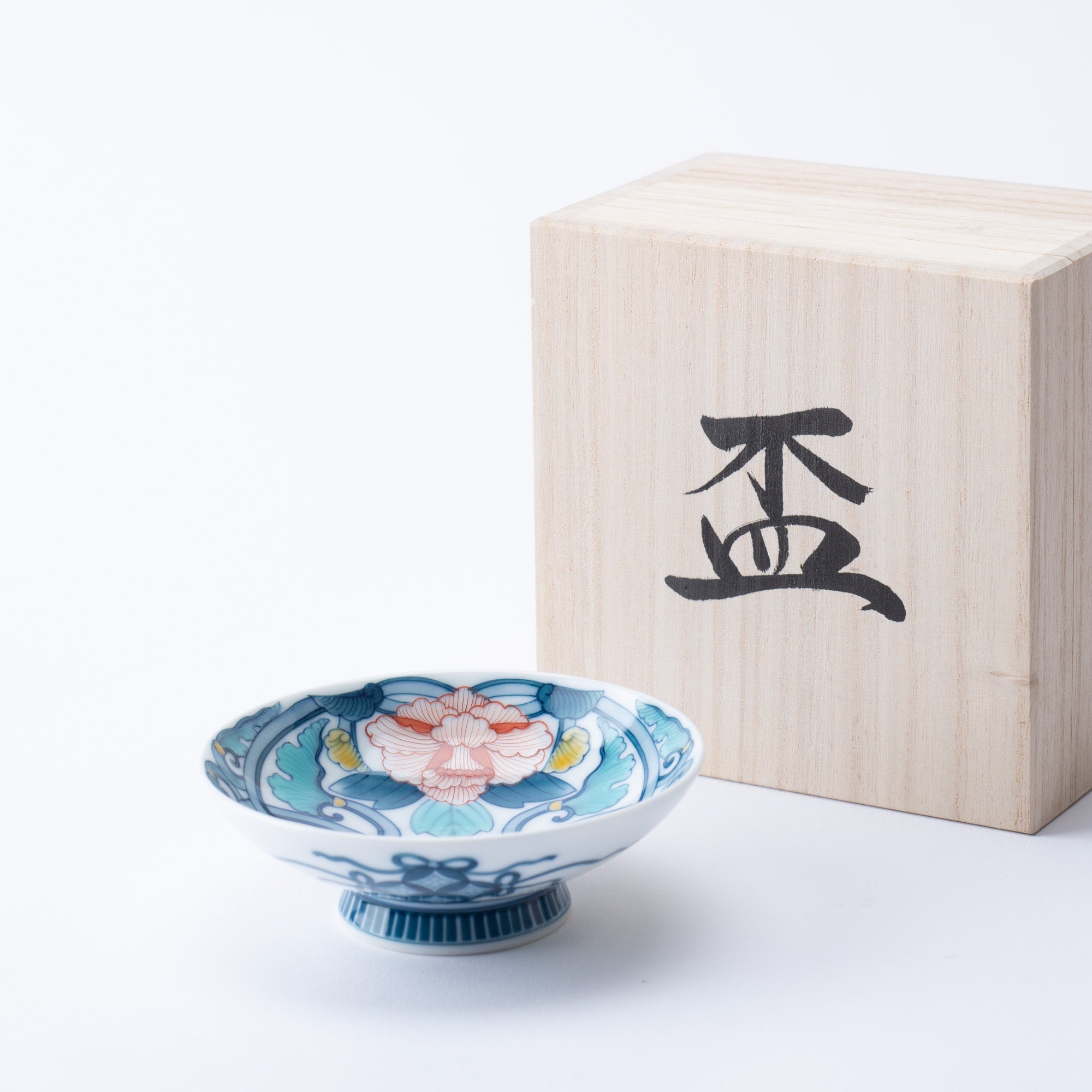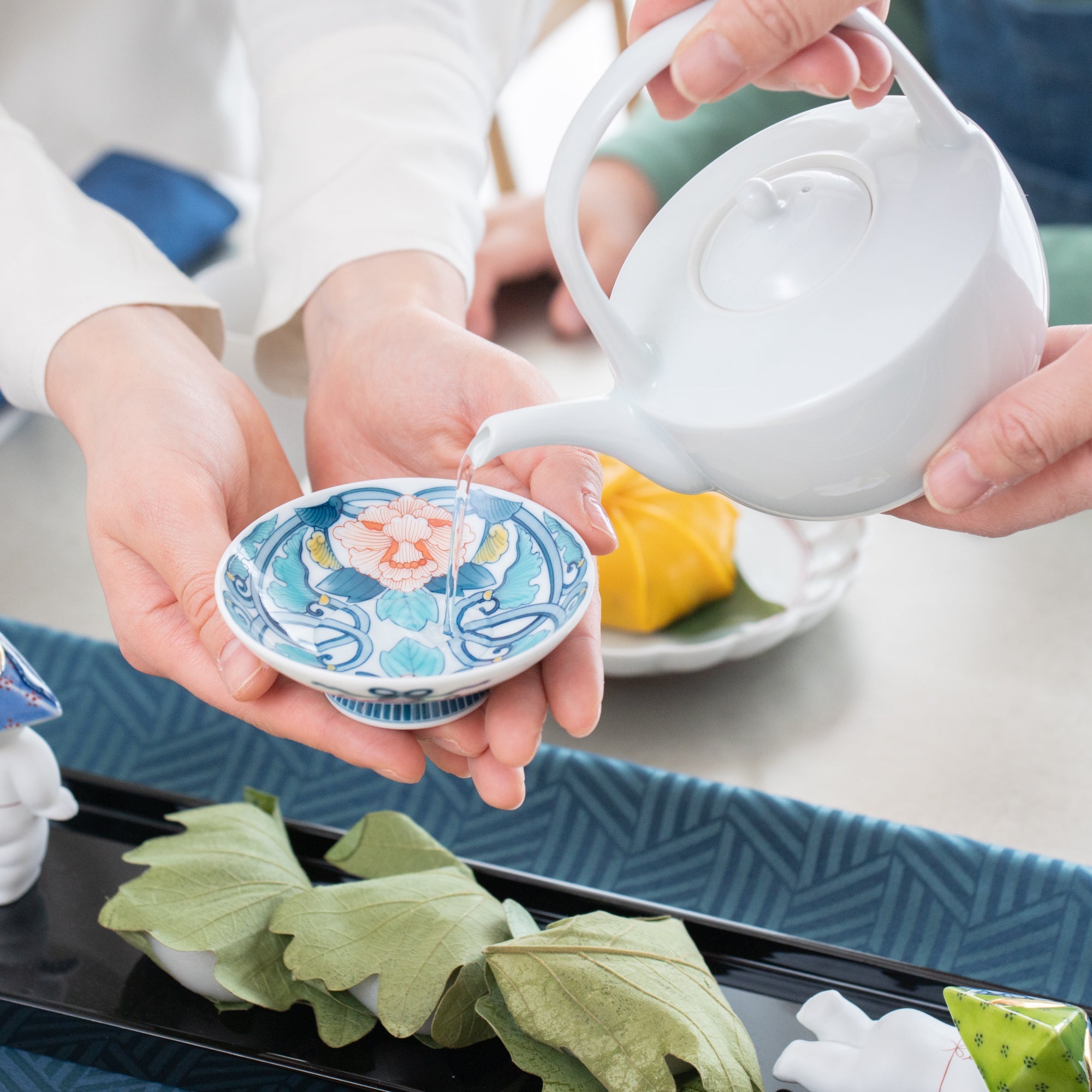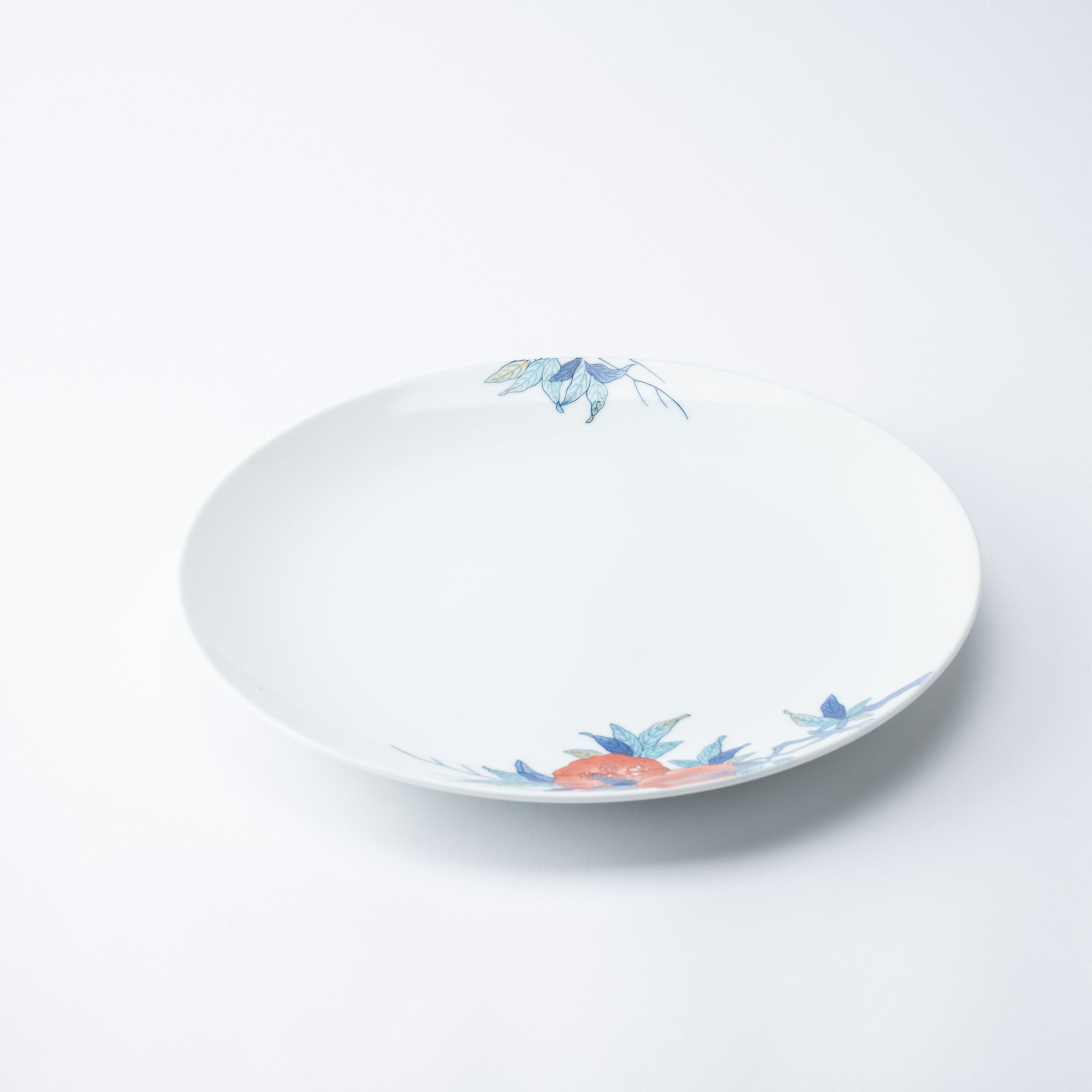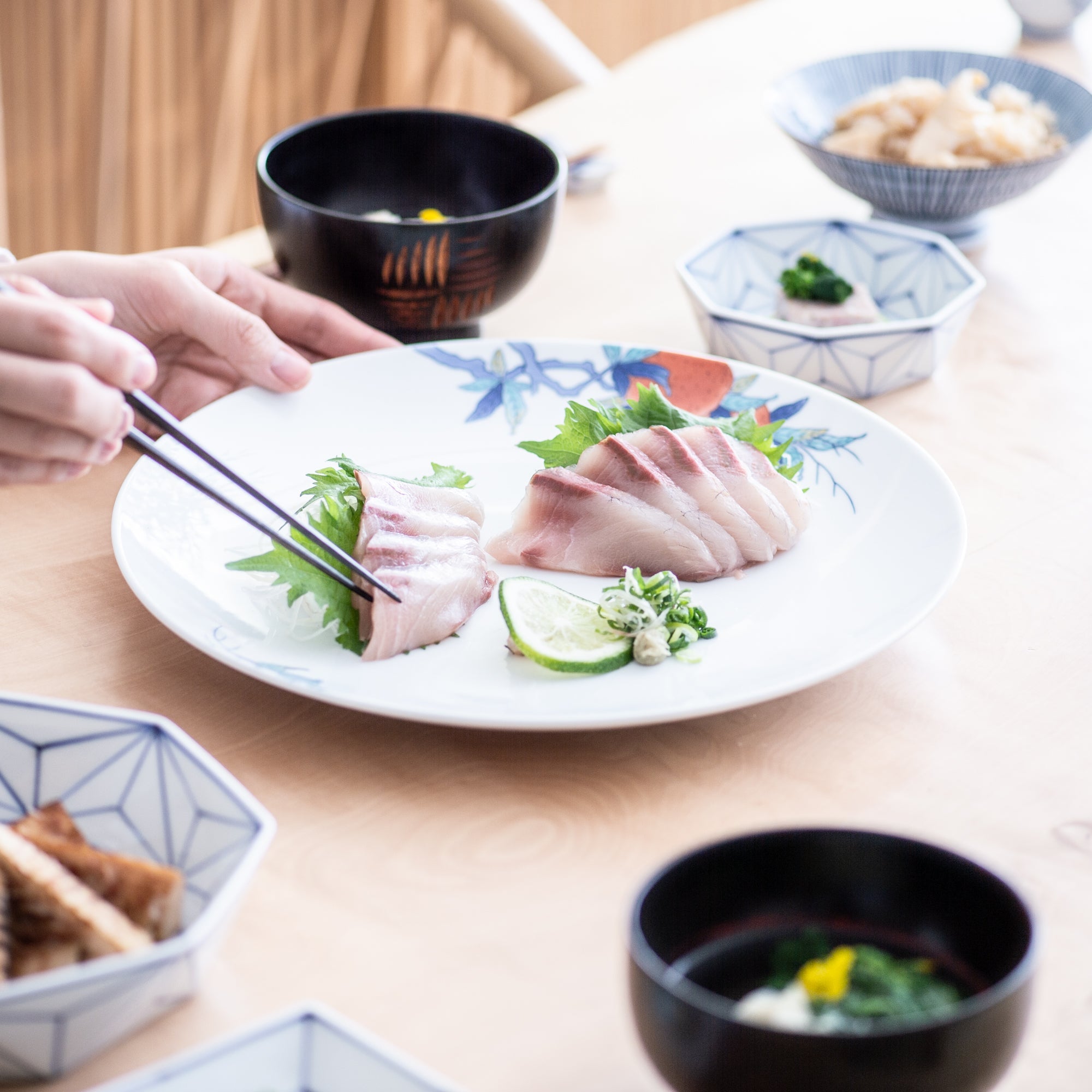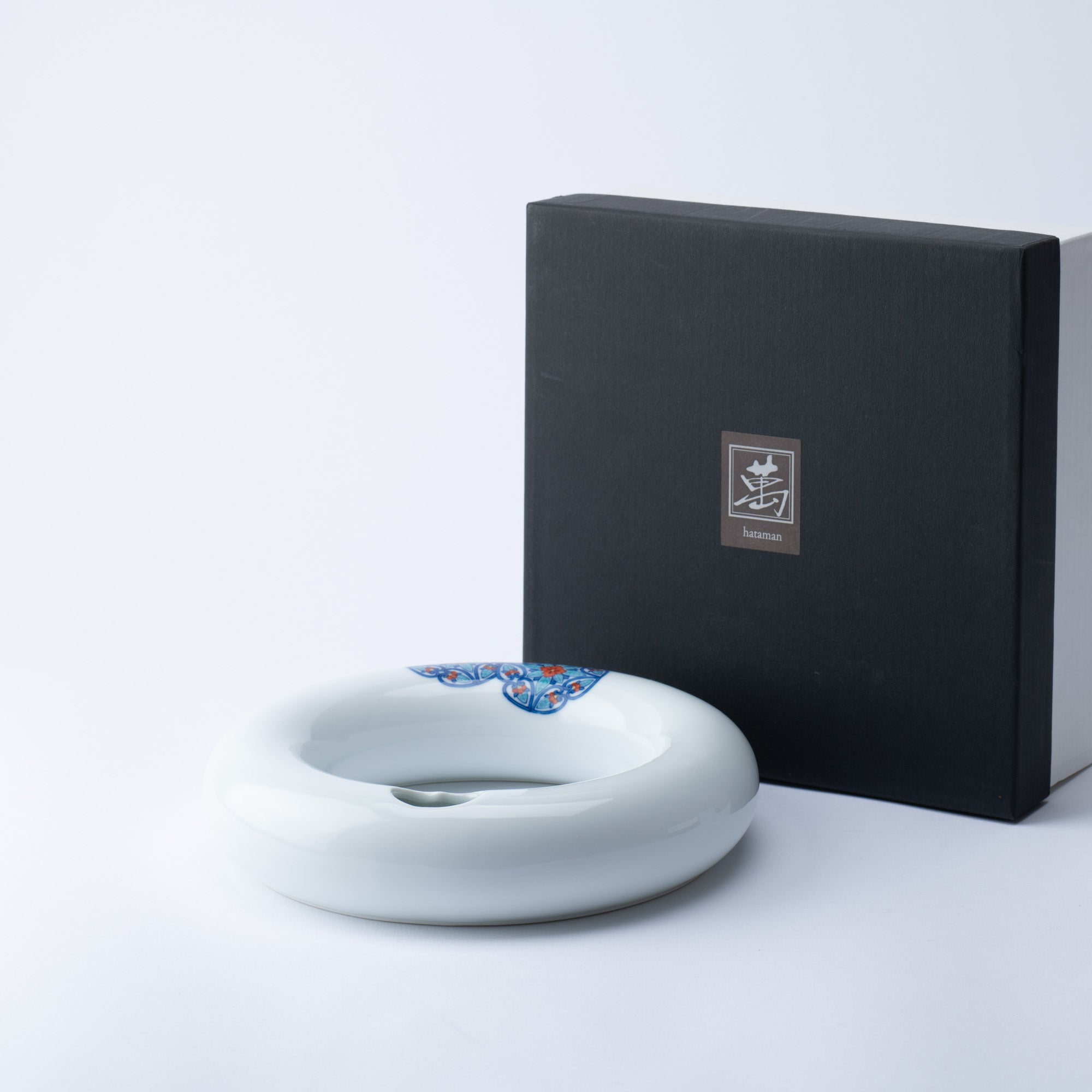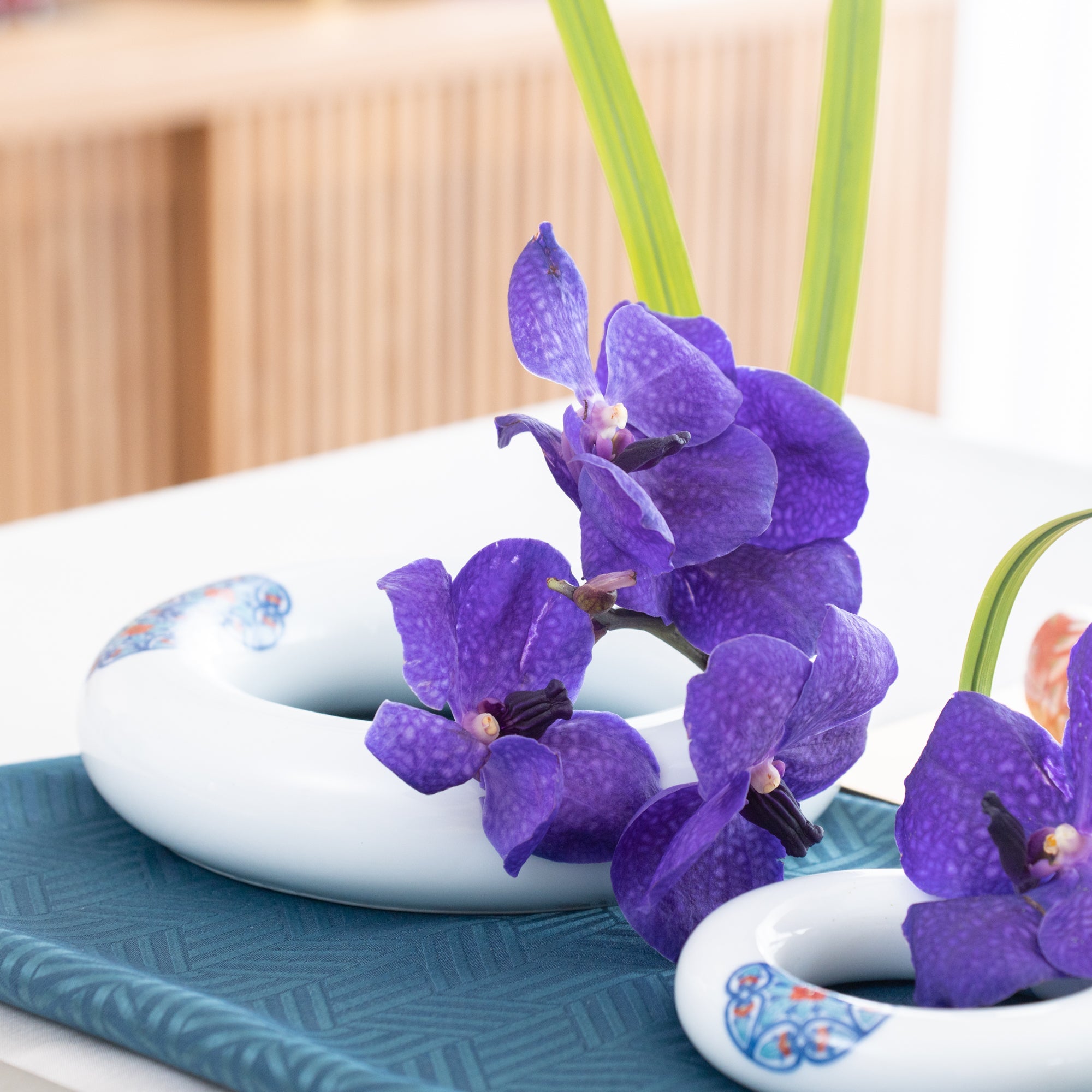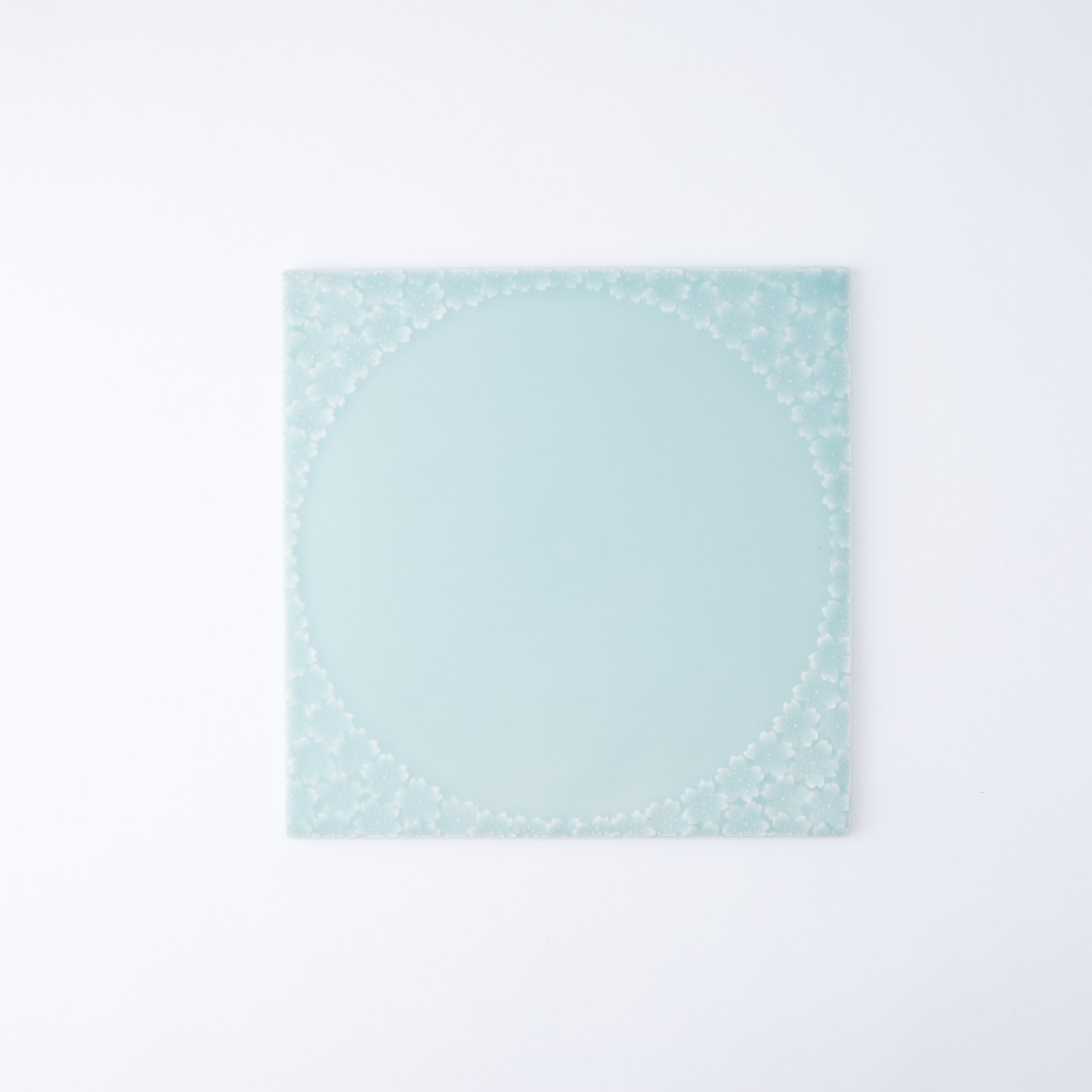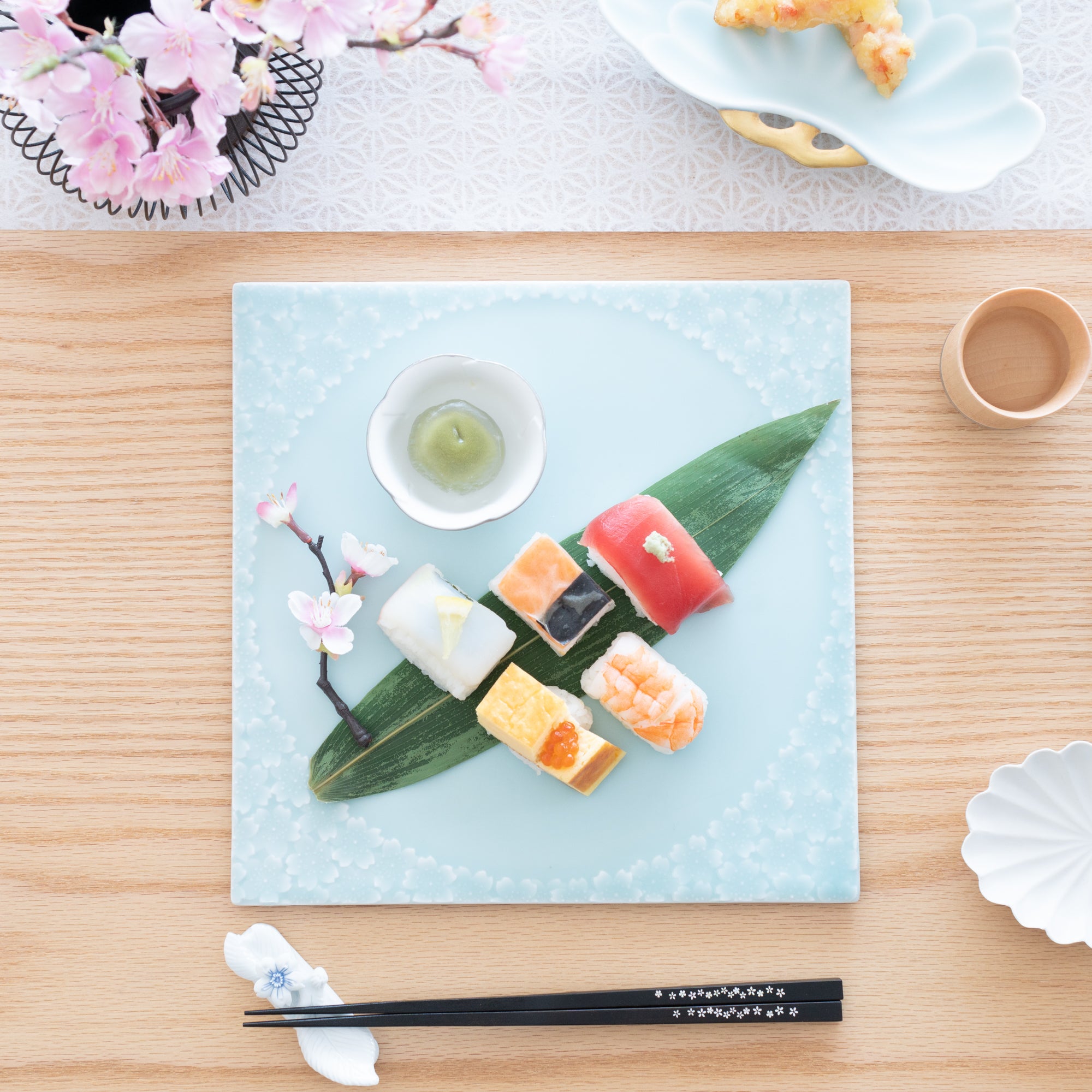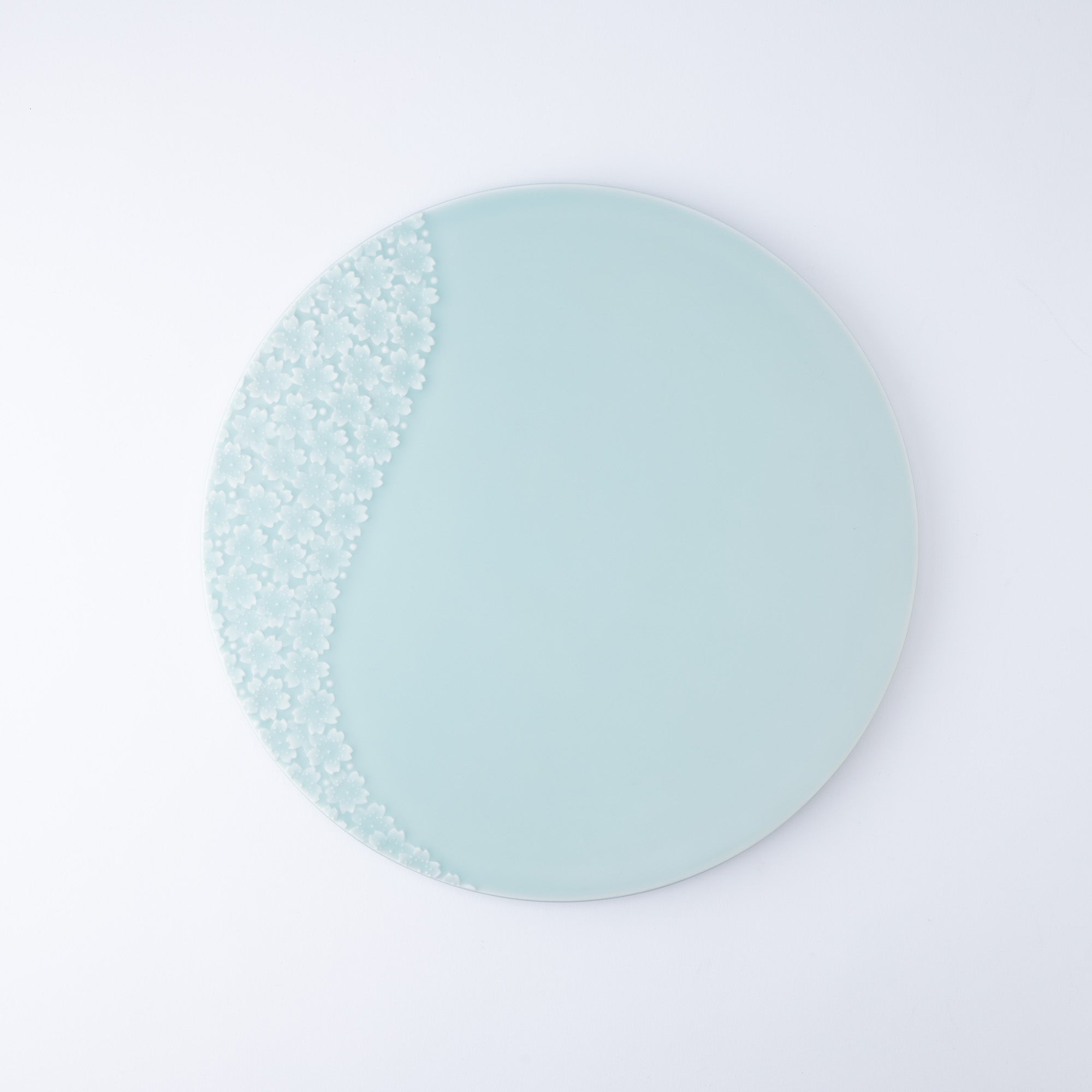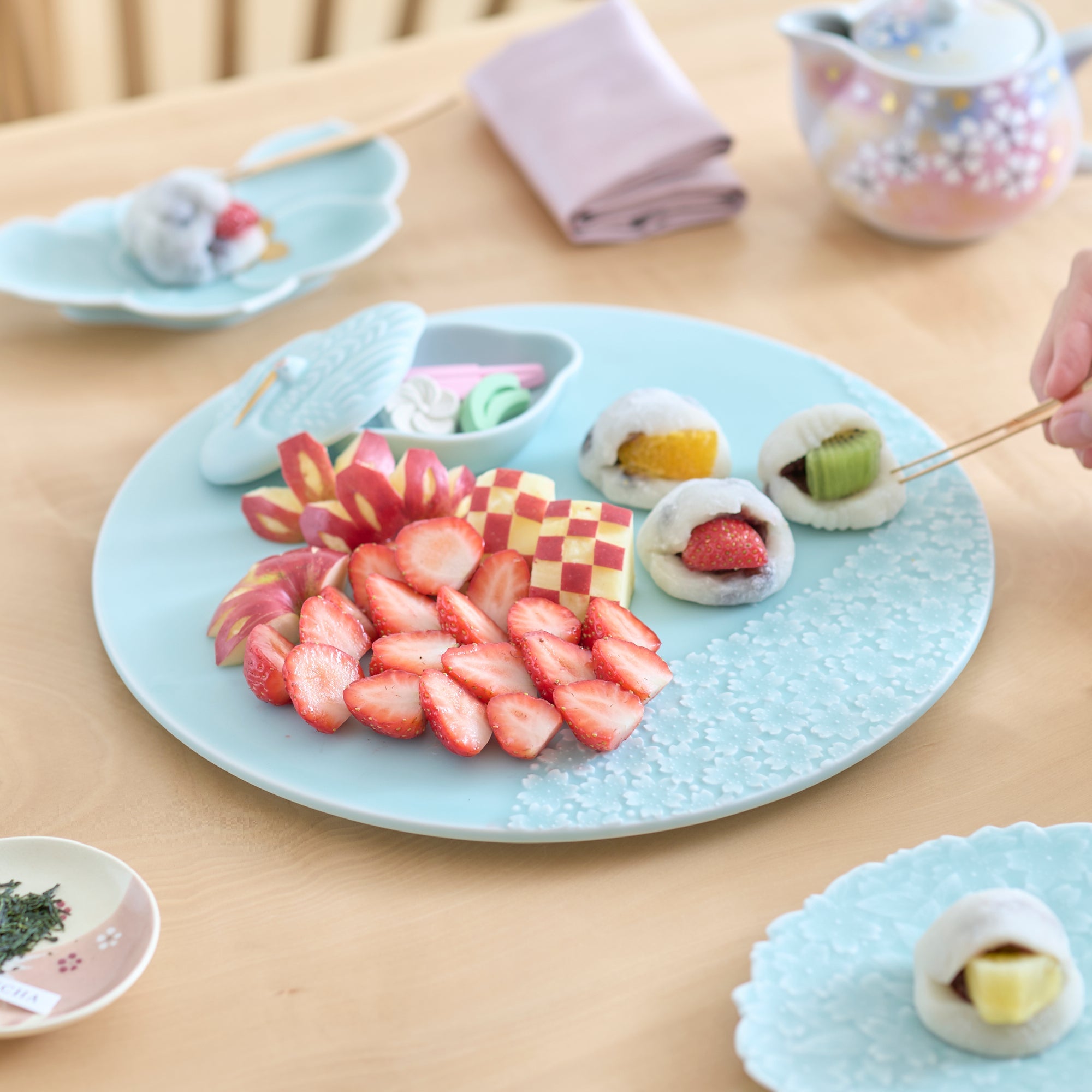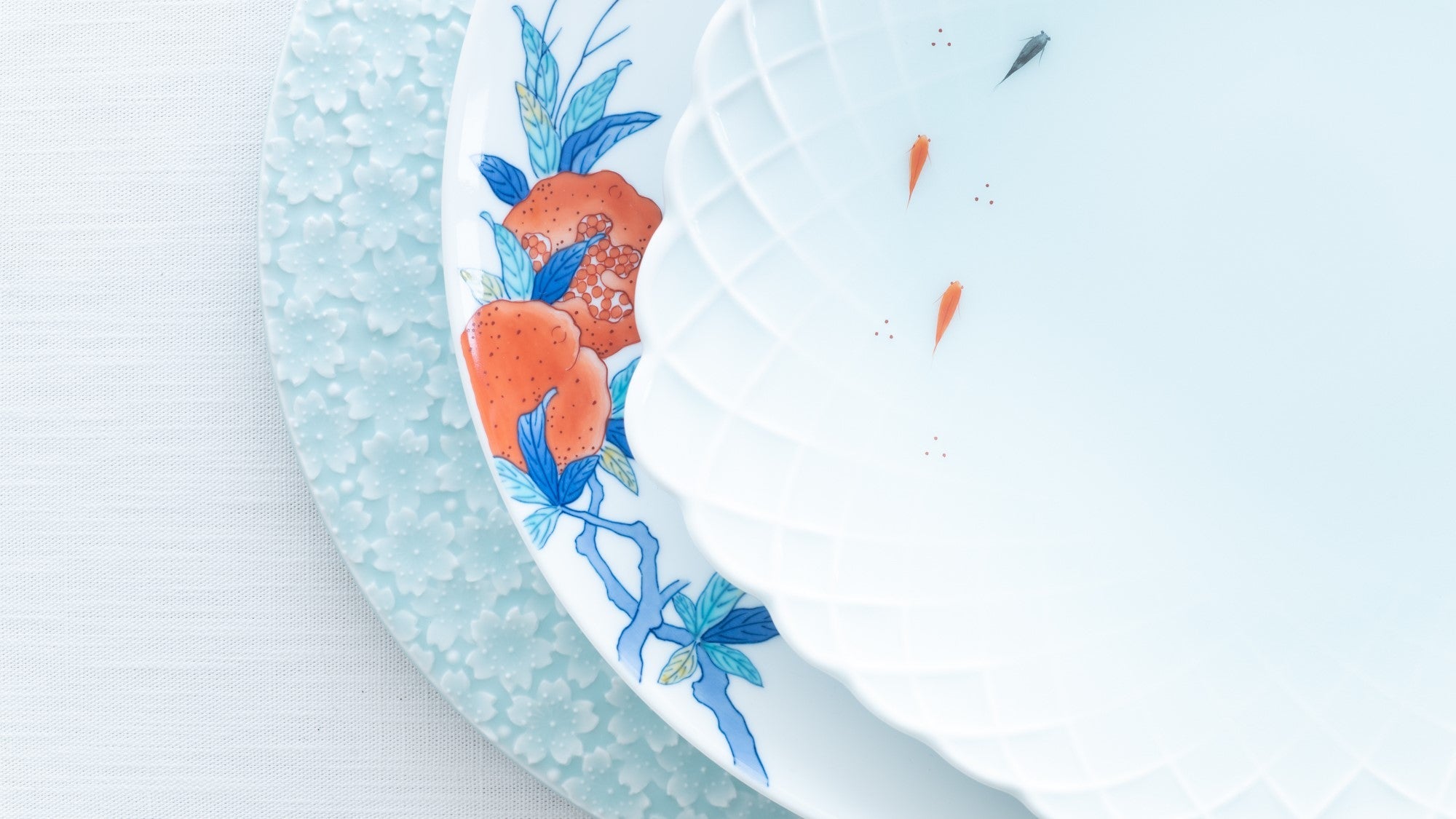
Imari Nabeshima Ware
Nabeshima ware is a type of porcelain crafted at the meticulously managed Nabeshima domain kiln. This kiln, which operated as a government-run project under the direct supervision of the Saga Nabeshima domain, flourished during the early Edo period (1603–1868 CE).
For approximately 250 years, Nabeshima ware was reserved solely and exclusively for shoguns and feudal lords, with the kilns producing exquisite pieces in styles like iro-Nabeshima (overglaze enamel), ai-Nabeshima (sometsuke), and Nabeshima seiji (celadon). After the feudal system ended, the kilns were privatized, welcoming new potters and giving rise to what is now known as Imari Nabeshima ware.
Nestled in the mountains, Okawachiyama—the historic birthplace of Nabeshima ware—offers a tranquil and picturesque setting. Approximately 30 kilns dot the hillsides, creating a landscape as serene and refined as a traditional ink painting. While it is now a popular destination for visitors, during the Edo period, Nabeshima ware was produced exclusively by the Saga Domain, commonly known as the Nabeshima clan.
At the time, the area was placed under strict control, with entry tightly restricted by barriers to prevent outsiders from accessing the site. Its secluded environment allowed artisans to focus entirely on their craft, undisturbed by the outside world. Additionally, the region provided exceptional raw materials—particularly for celadon glaze—making it an ideal location for producing high-quality porcelain.

The exquisite craftsmanship of Nabeshima artisans is evident in every aspect of their work. One notable example is the kodai—the elevated foot of the vessel—whose design required evenly spaced patterns resembling the teeth of a comb, executed with absolute precision and without the slightest deviation. The painting was equally meticulous, featuring delicate underglaze lines drawn with gosu, a cobalt-blue pigment prized for its subtle beauty. Naturally, the molding process had to be flawless, allowing no room for distortion or imperfection.
Nabeshima ware came to embody not only the artisans’ masterful techniques, but also the authority, refined aesthetic sensibilities, and unwavering dedication of the domain lords who oversaw its production. Among its most renowned styles are iro-Nabeshima (overglaze enamel), ai-Nabeshima (sometsuke), and Nabeshima seiji (celadon). Celebrated both in Japan and abroad, Nabeshima ware is widely regarded as the pinnacle of Japanese porcelain artistry.
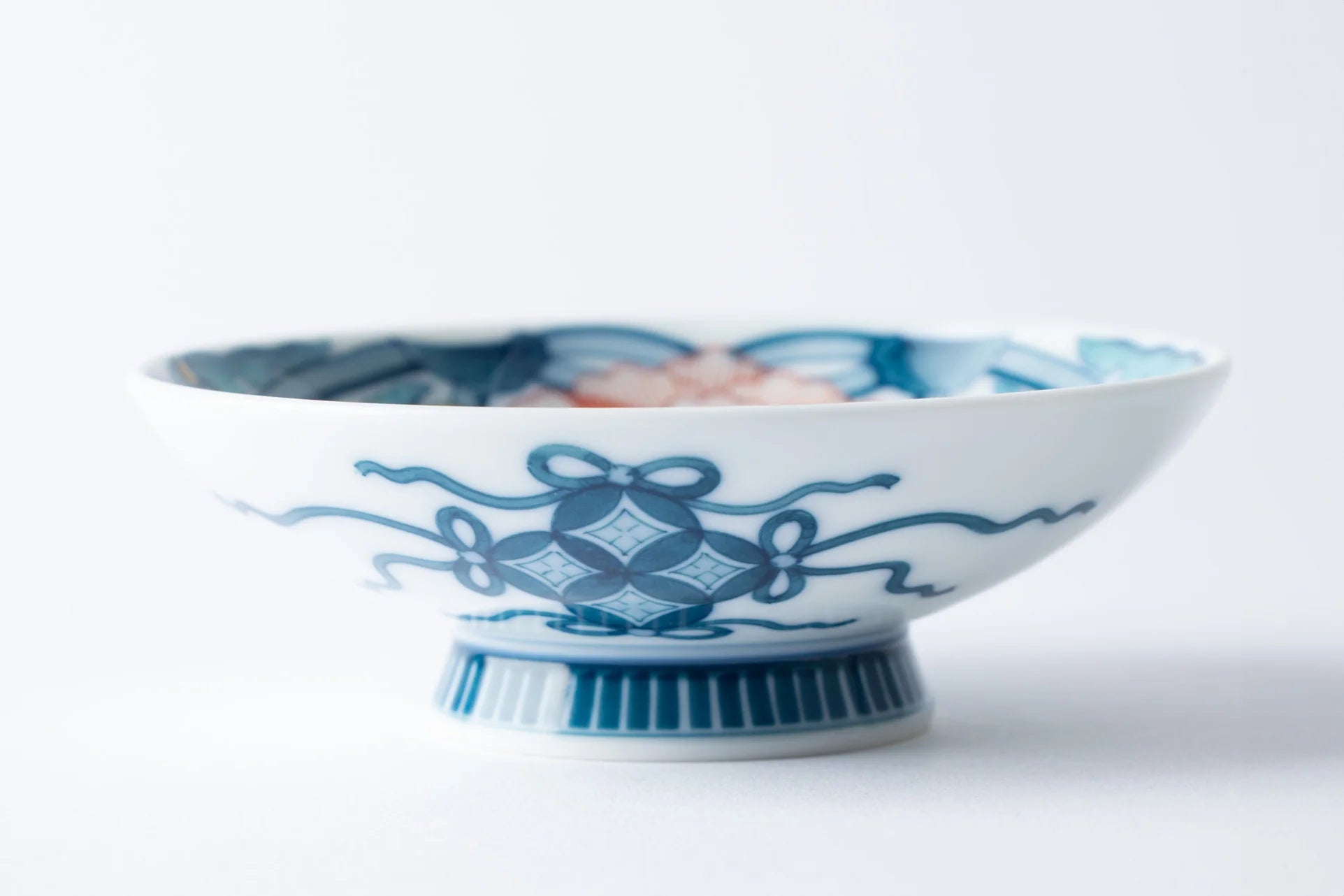
The history of Nabeshima ware begins in the 1650s, when porcelain produced in Iwayagawachi, located in Arita Town, was first presented to the Tokugawa shogunate. In the 1660s, porcelain made at the Nippo-sha-shita kiln in Okawachiyama also came to be used as tribute for the shogunate.
By the Enpo era (1673–1680 CE), the organization and structure of the Nabeshima domain kilns had been firmly established, and full-scale production of presentation pieces began. This marked the formal beginning of what would later be known as Nabeshima ware. In 1675, the domain gathered a group of carefully selected potters from the Hizen region (now Arita Town and Imari City in Saga Prefecture) and built an official domain kiln in Okawachiyama. Their work was carried out under strict supervision by potters appointed by the domain, within a tightly controlled environment.
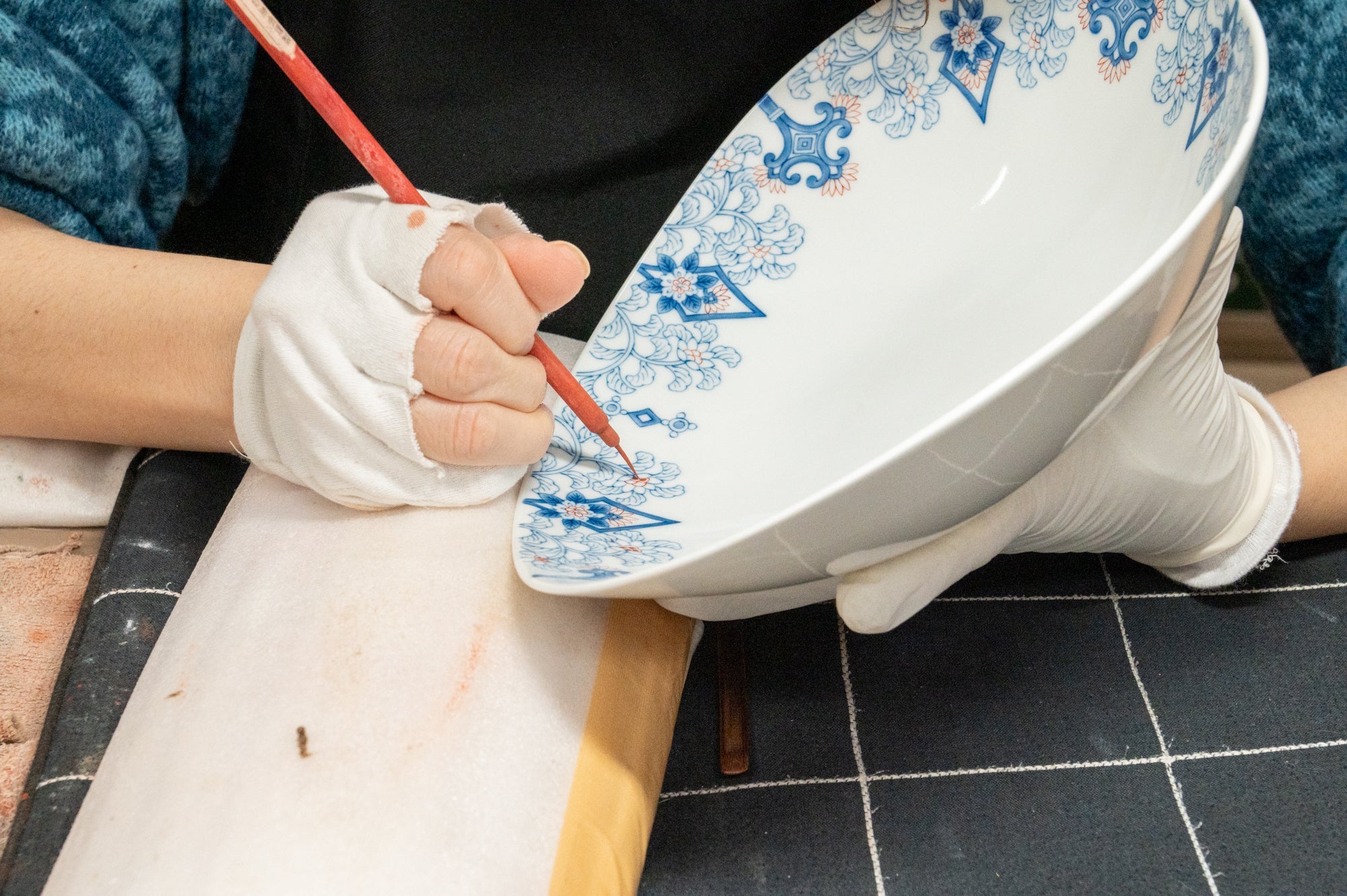
The domain kiln system itself was highly unique in the context of the Edo period. Potters were treated as samurai: they were granted the use of family names and permitted to carry swords. They were also exempted from all official duties and hard labor, allowing them to focus entirely on their craft. However, they were obligated to deliver a fixed number of pieces to the domain each year, and if their skills declined, they faced dismissal. As a result, the potters were constantly striving to refine and perfect their techniques. Under this system, Nabeshima ware was produced exclusively as offerings and gifts for the Tokugawa shogunate, feudal lords, and the Imperial Court. It was never available to the general public, and thus was regarded as the finest porcelain of its time.
Production at the Nabeshima domain kiln continued until the kiln was officially abolished in 1870. However, the legacy of Nabeshima ware lived on. The Okawachiyama kilns were later revived as private kilns, and over the course of nearly 150 years since, the tradition has been faithfully carried forward into the present day.
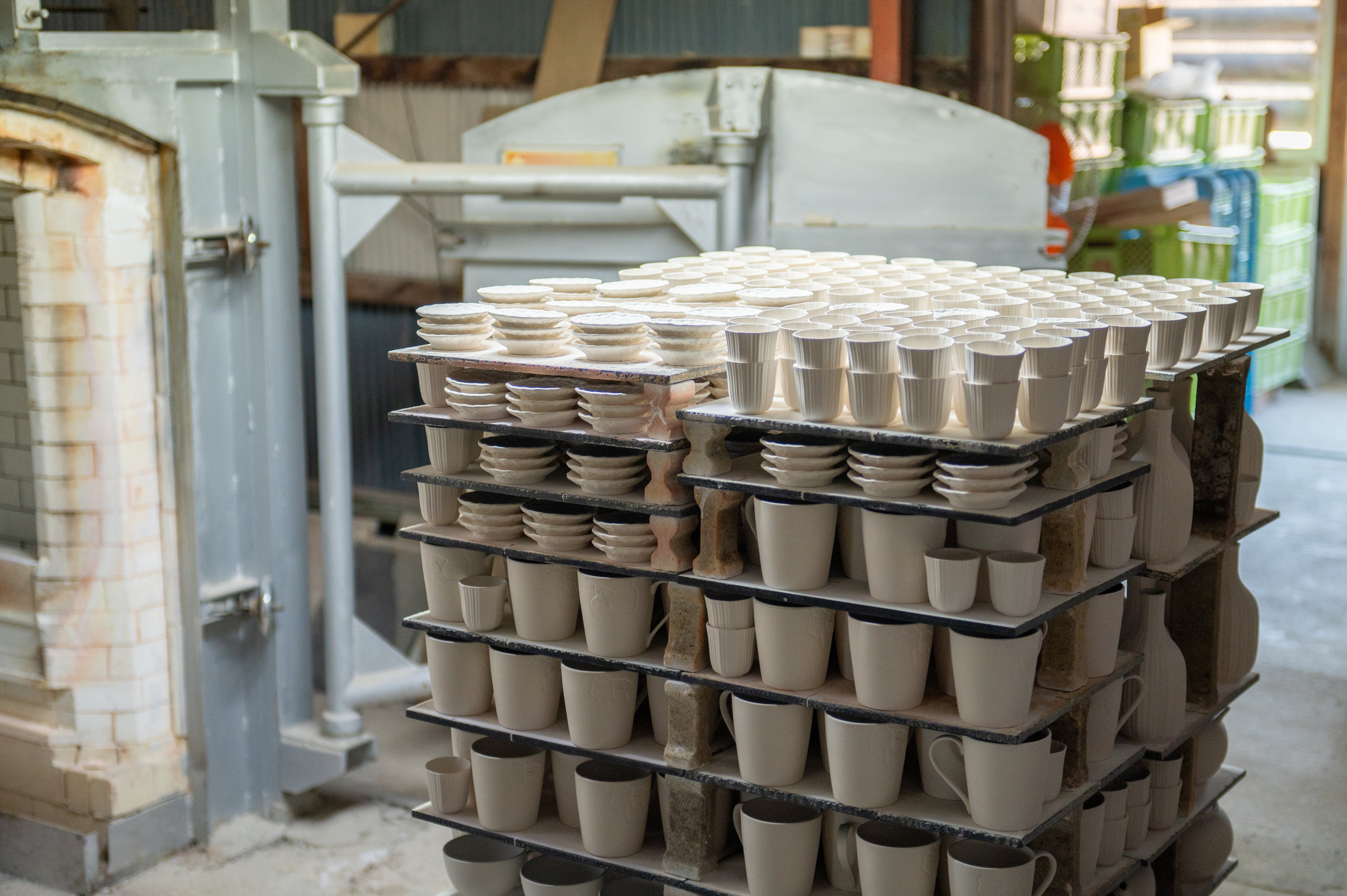
After outlines are drawn with indigo-colored gosu, the inside is overglazed with red, kibi "yellow", and moyogi "green." Although it appears that many colors are used, in fact only three colors are used in the overglaze painting characteristic of iro-Nabeshima, and its beauty is said to be the pinnacle of Japanese porcelain.
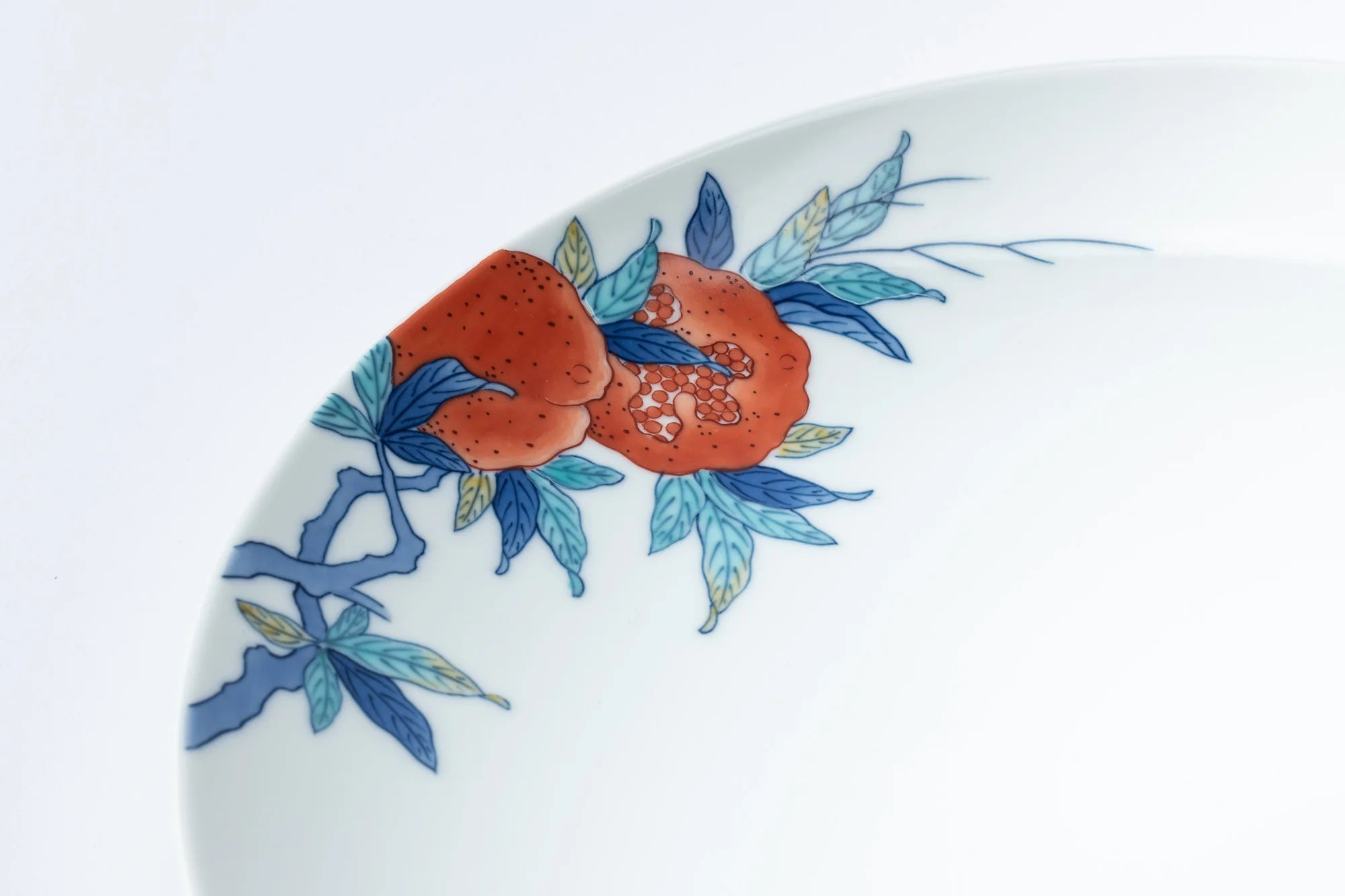
The design is applied using only gosu on a transparent base. The full range of techniques, such as the application of an even coating so that no brushstrokes can be seen after a firm outline has been drawn, and the meticulous sumi-hajiki "repellent ink" technique, give Nabeshima ware dignity and sophistication.
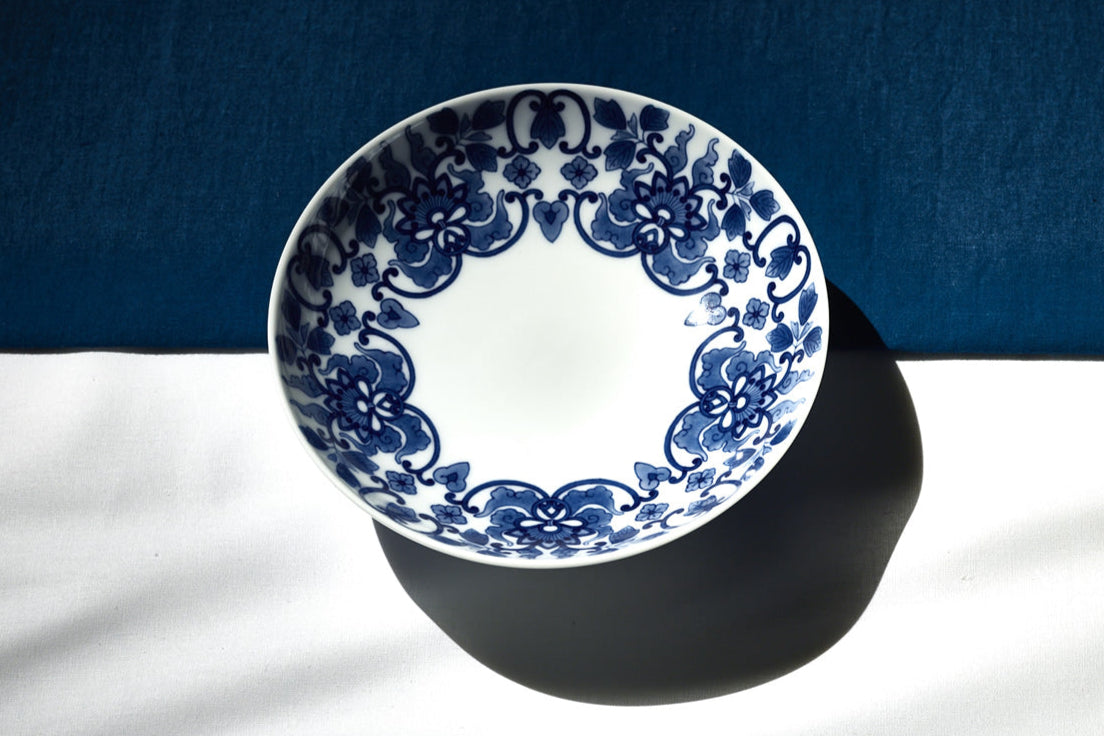
Celadon glaze made from high-quality celadon ore produced in Okawachiyama is applied to the whole or part of the ware, sometimes with underglaze sometsuke or iro-e (overglaze enamel) painting. There are also bluish and greenish kannyu (crackle glaze) finishes.
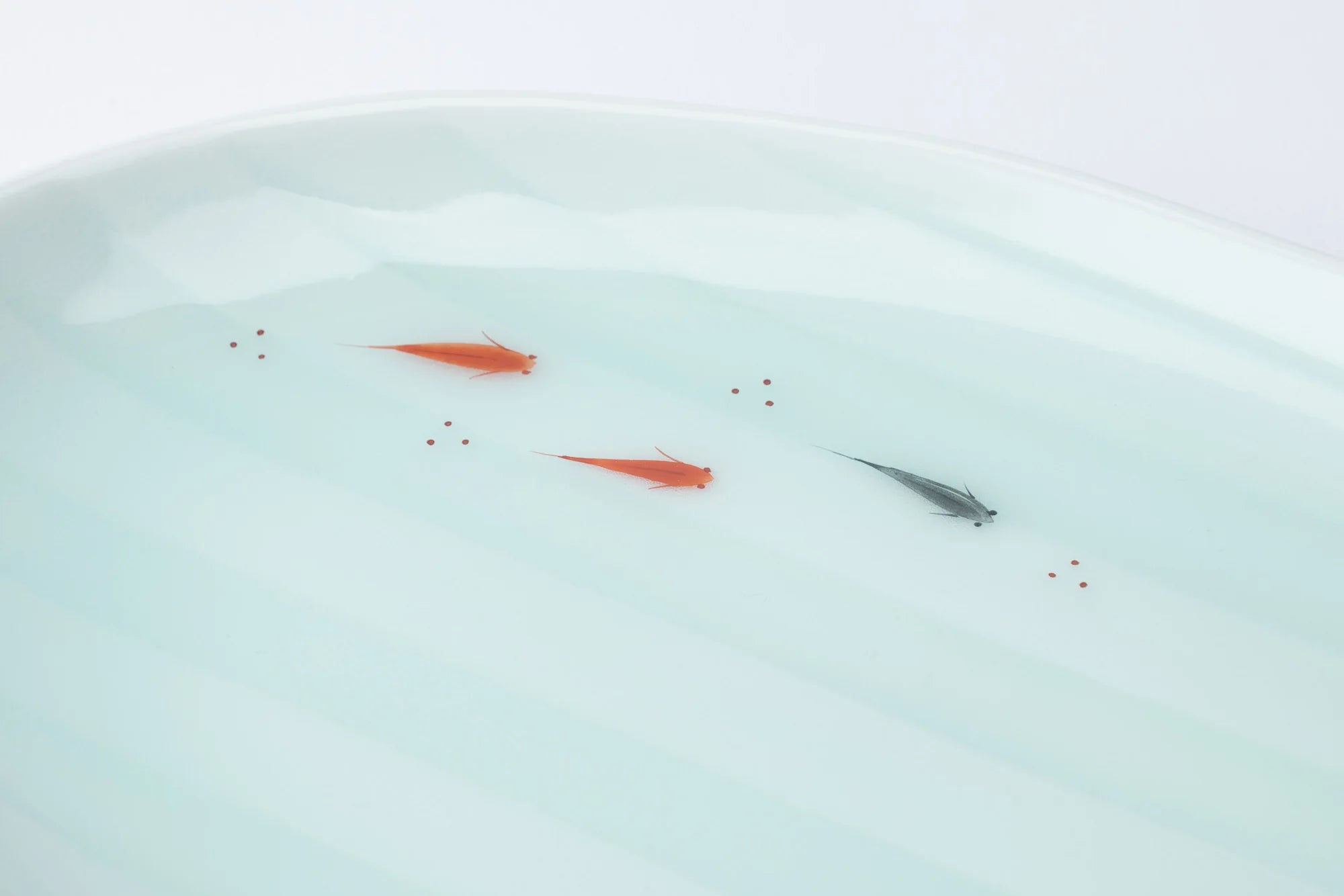
Related posts
Filters


